Up front, this one is for the nerds.
Follow along if you are into puzzles and I'll at least start you off with one of my trademark "ramblin' Andrew" stories, but this one is a logic problem.
So I'm finishing up my post lunch glass of rosé, 'cause I'm a classy fucking guy, and I'm talking to my old buddy Eli. He and I used to work together 10 years back. He is a great bartender, great bar manager and was about to open up his first bar program from scratch. Eli, that guy, well he is actually the real classy guy because:
1. He picked up the check
2. He's letting me talk at him about menu design
3. He's actually asking me questions
Do you know how kind it is to ask an old person questions?
That is saintly stuff. In between grenache sips, I start plucking coasters off the bar and writing cocktail recipes on them. I mansplain to him (yes, men can mansplain to other men too!) that the way I used to design menus was to take every trendy idea I had, every trendy ingredient I wanted to use, each piece of glassware, special technique and cocktail family and write them on coasters. I grab a stack of a dozen coasters from the bar, you know, not unlike taking $3 off the bar, and start drawing examples for Eli. Fast forward a month and Eli has successfully opened Foreign National— not that he needed any help from me. And I decided to formalize the "Coaster Method" of cocktail menu design. Eli has a greater accomplishment to show for a month after our lunch, bars are hard to open, but I did design this coaster so I don't have to take them from other bars in the future.
Front of Coaster
Fill this out loosely, exacting recipes change brand to brand and seasonally with produce.
Back of Coaster
List the applicable drink families, supporting ingredients, circle the glassware and note the base spirit.
Let me say here, for those of you that have overly democratic bars that solicit recipes from the staff, this new technique will be your new best friend. After you've filled out all of your potential menu items, throw them all on the floor. Now that you are surrounded by dumb lil' cards, it's time to undergo the artist's tradition of découpé or as the english speakers would say "the cut-up technique." This technique is rooted in the dadaist movement and is what museum docents call an "aleatory art technique," meaning, "shit glued together." Examples of it's original use would be writing poems from random words drawn from a hat, making collages, and perhaps in some modern cases, "making a vision board." I think a modern example is more the person that writes the platitudes plastered on t-shirts that people wear to the gyms but, I'm a cranky old so & so. However, for our purposes, to do this at full random wouldn't really serve to "balance" a menu. Full random is the patron saying "dealer's choice." The goal of this cut-up technique is to achieve the following:
Not repeating ingredients-
"Guess what? I hate this brand/flavor/category, so that's 1/3 of your dead to me."
Not repeating glassware-
"Um yeah, I know it looks like I have a lot of glasses but I only ever use the rocks and cocktail glass so you'll need to wait until this load of dishes is done for me to strain your drink."
Showing the full depth of the techniques you've mastered-
"I think the extent of your knowledge is weakly shaking or stirring viciously, so, I'll probably stick to beer."
So, start spinning a vinyl pressing of The Rise and Fall of Ziggy Stardust and the Spiders from Mars, (because you know this is a classic David Bowie technique) and begin sorting out your new menu. The concept is simple, try to avoid having any 2 corners of a coaster have the same word in them. When you run out of non-repeating corners, then you have a cocktail menu. If you want a bigger menu, and you have repeating corners then you just need to be more creative and not put St Germain in everything, what is this, 2010?
Another trick to creating a menu this way is to expand the definition of base spirits used in the cocktail you are choosing. For example, within the category of whisk(e)y, you don't just have bourbon, rye, Irish and Scottish, you also have Canadian, Japanese, corn whisky, oat whisky, grain whisky or even moonshine (when made from grain, not the sugar cane bullshit they sell in suburban grocery stores).
Here are a few galleries loaded with 70 classic and neo-classic cocktails.
Try literally using them like "dials" to create a menu that doesn't repeat glassware, ingredients or base spirits. Furthermore, try to avoiding having all of any 1 particular spirit family; sours for example, be all from 1 spirits category. For example, if all of your gin & vodka drinks are sours "because they are for girls" you are a misogynist, or if all of your strong drinks are the "amaro crutches" so popular these days, then, you are a hacky ass clown. Moral of the story: DIVERSIFY YOUR SHIT.
Vodka & Gin Cocktails
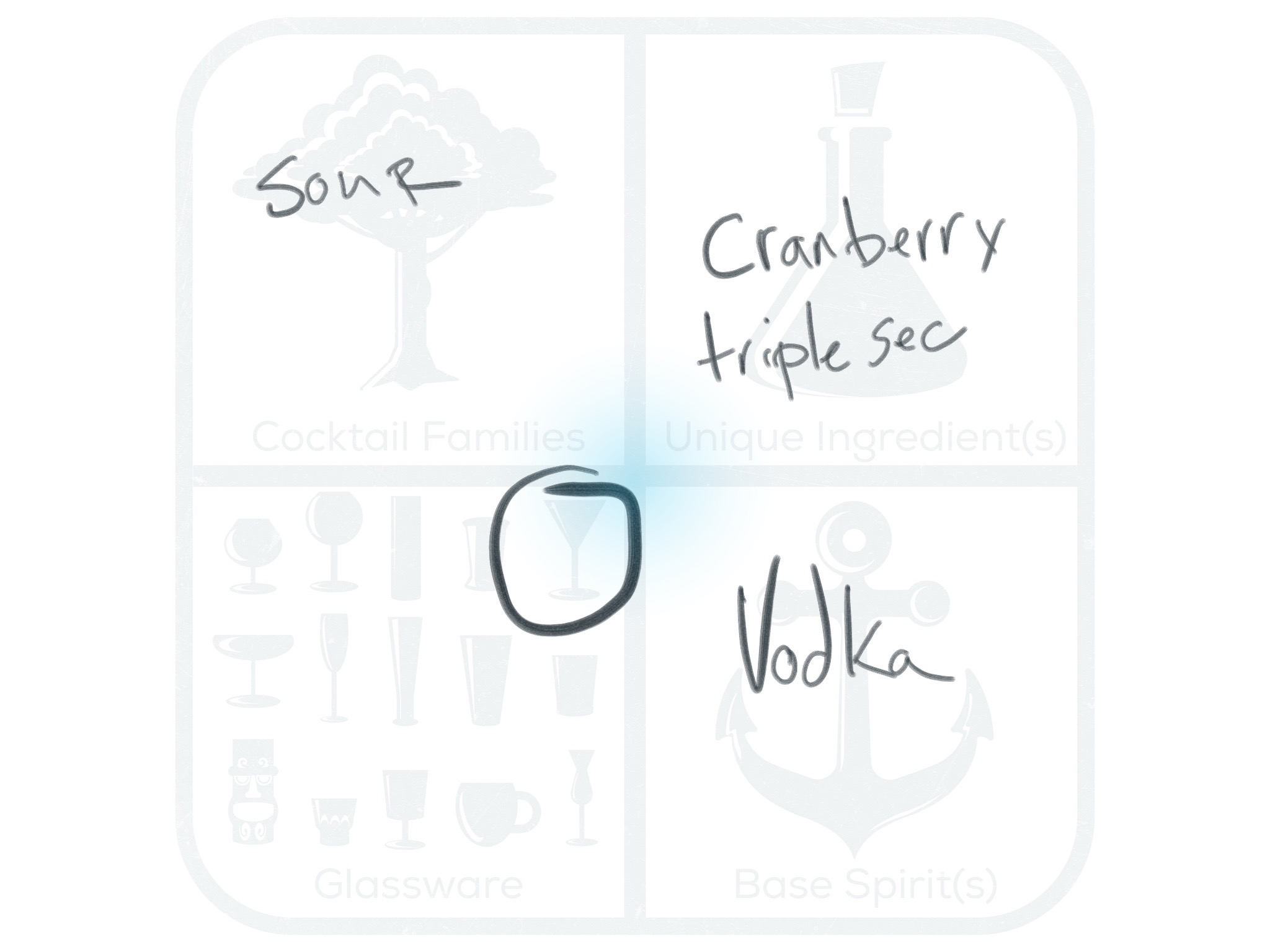

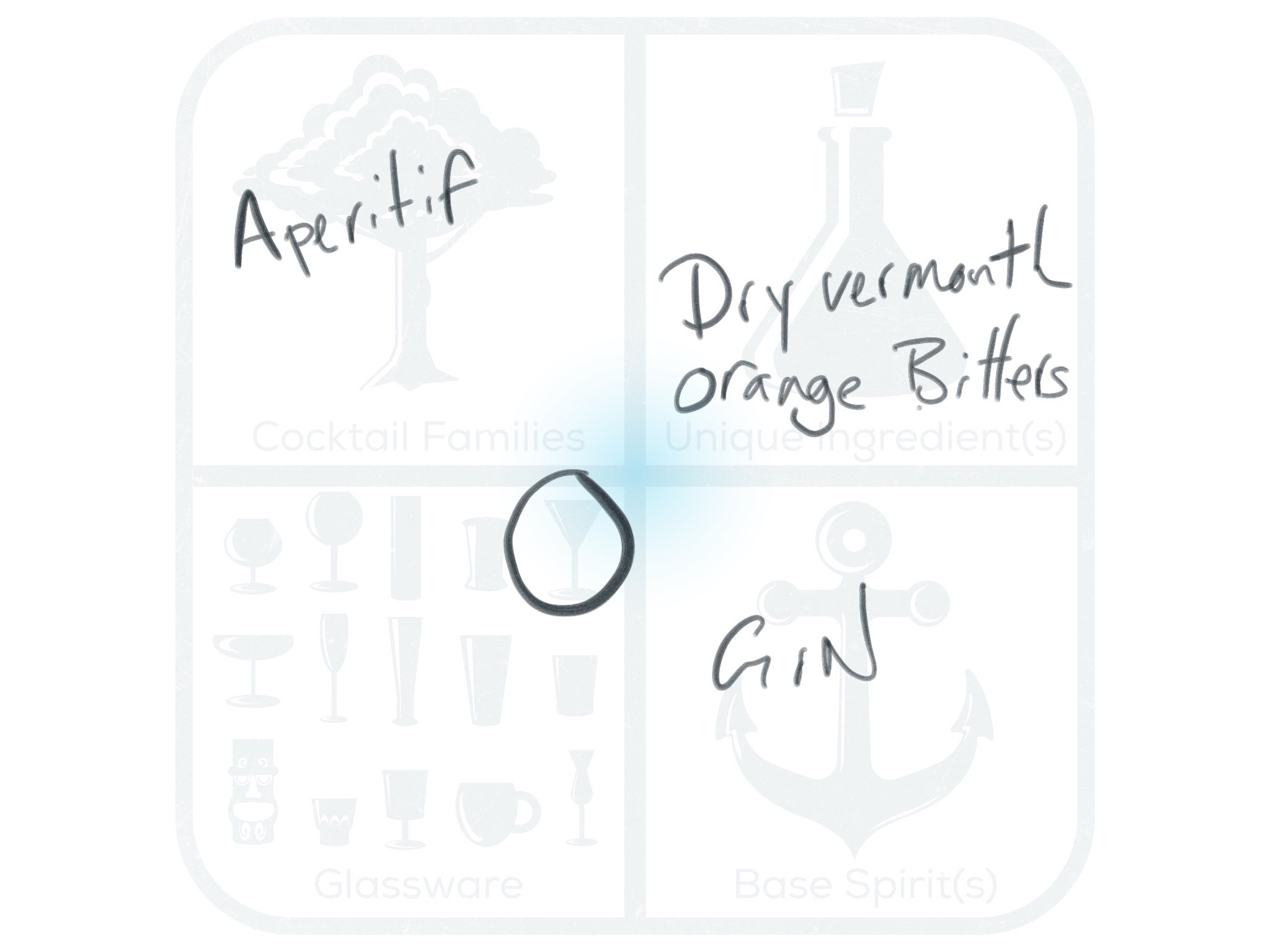
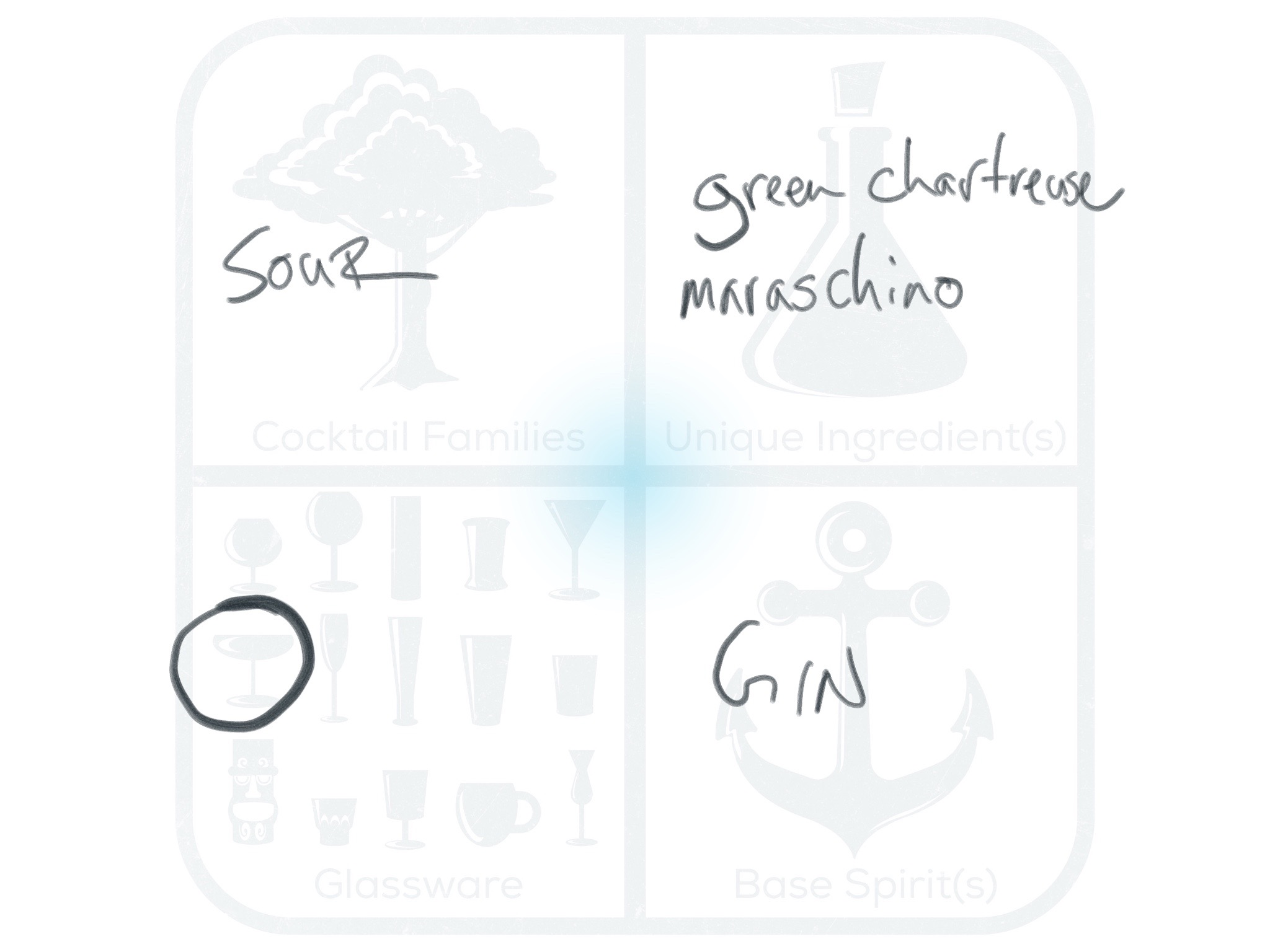
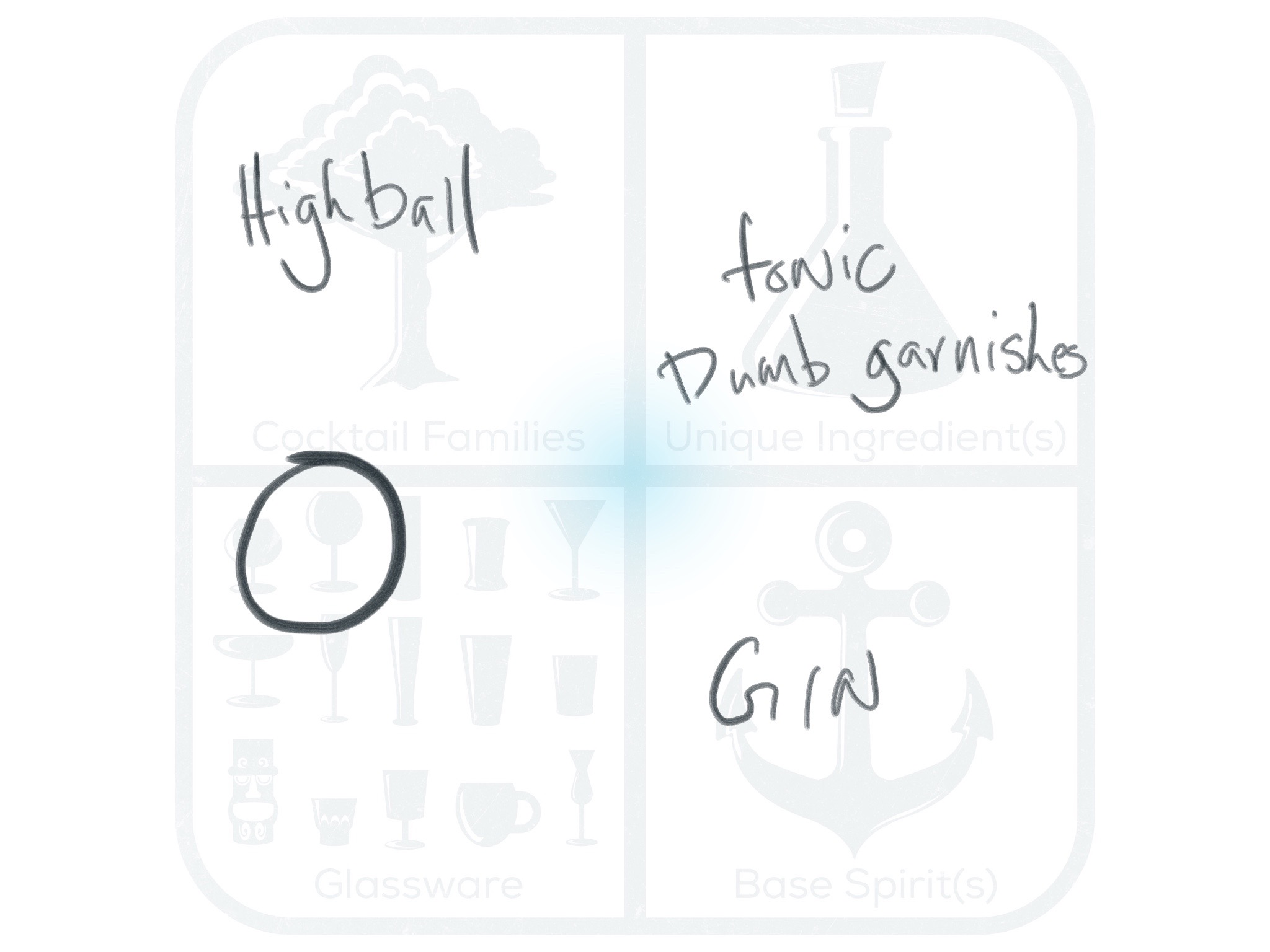
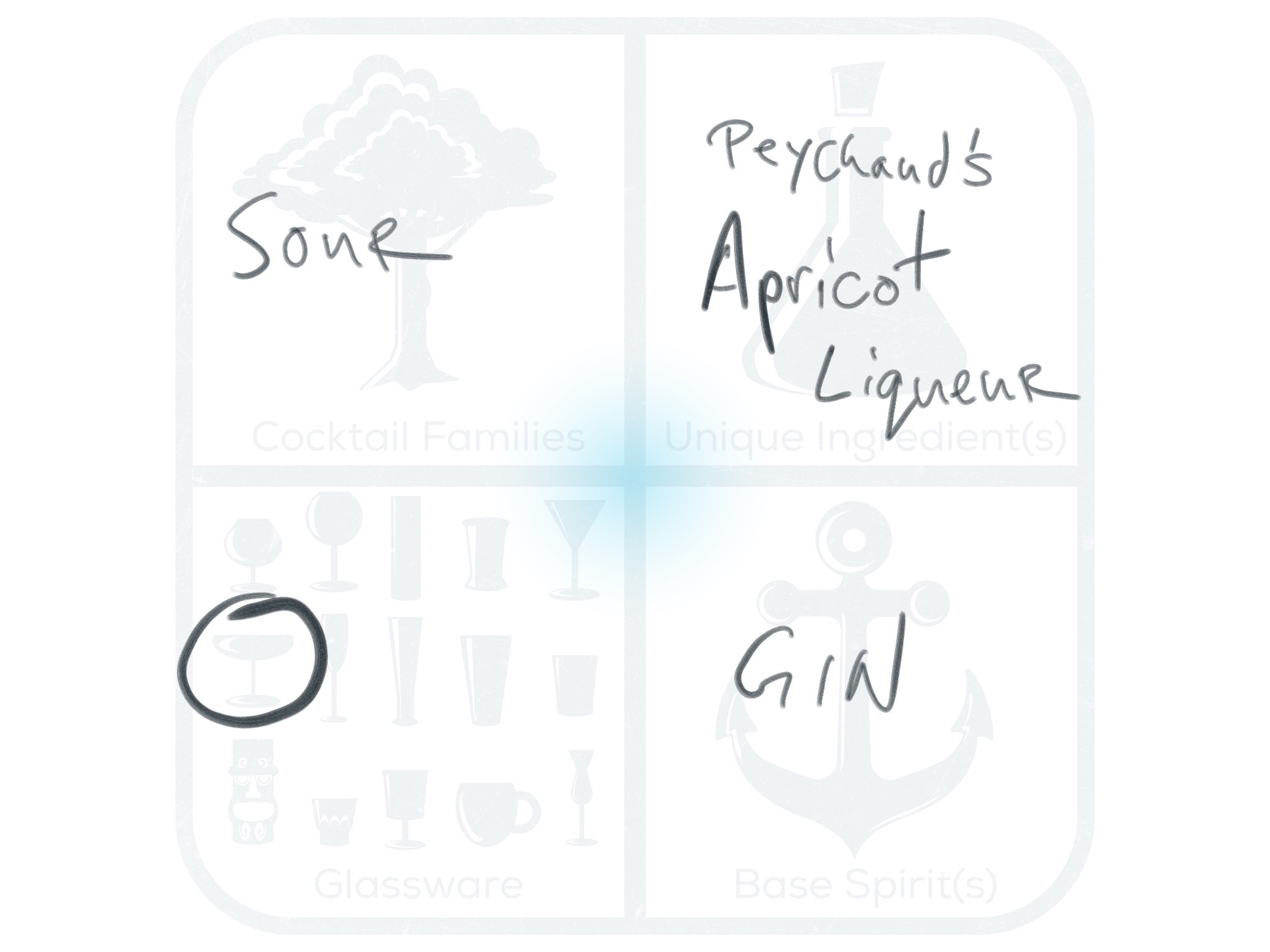
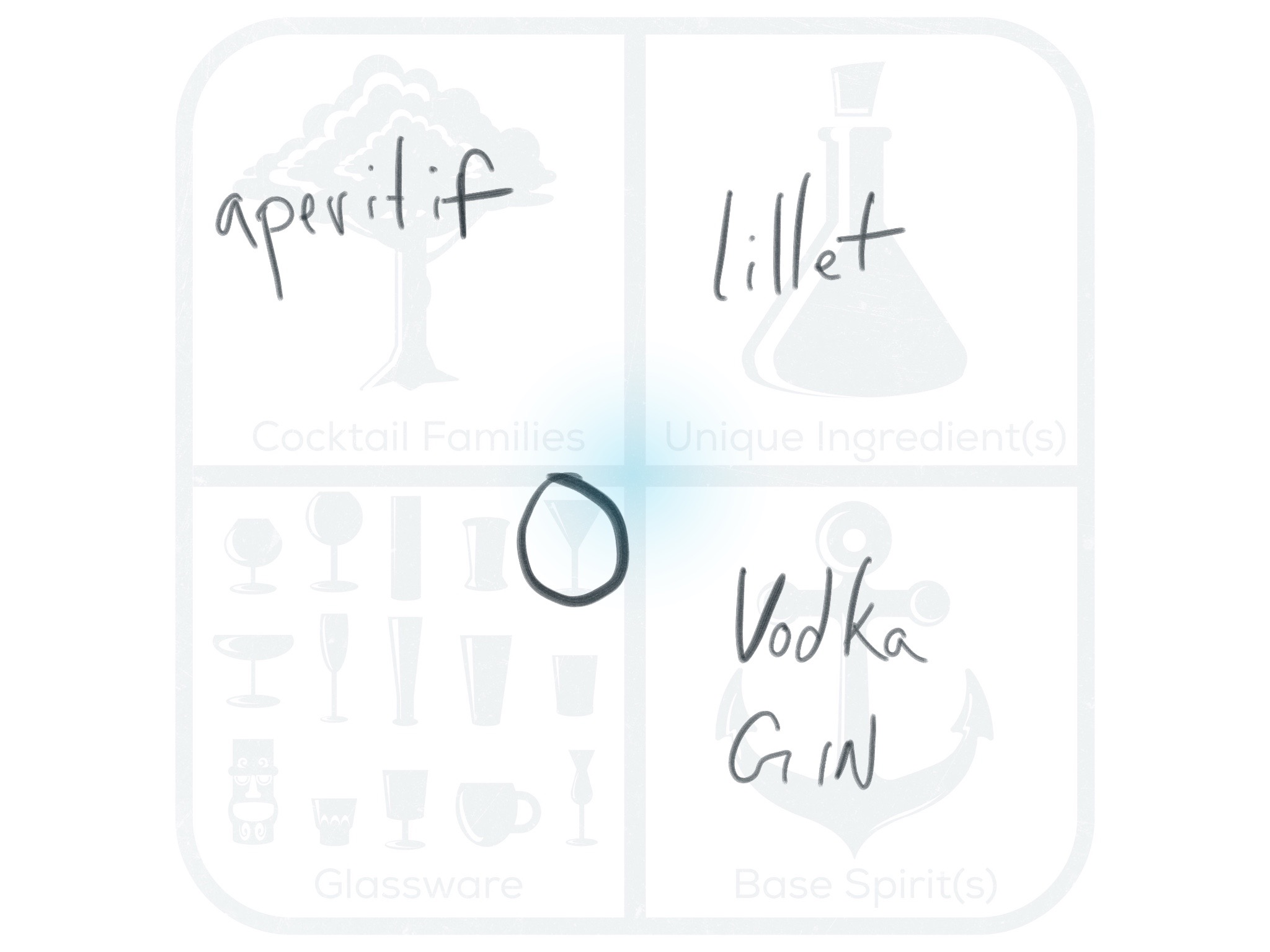
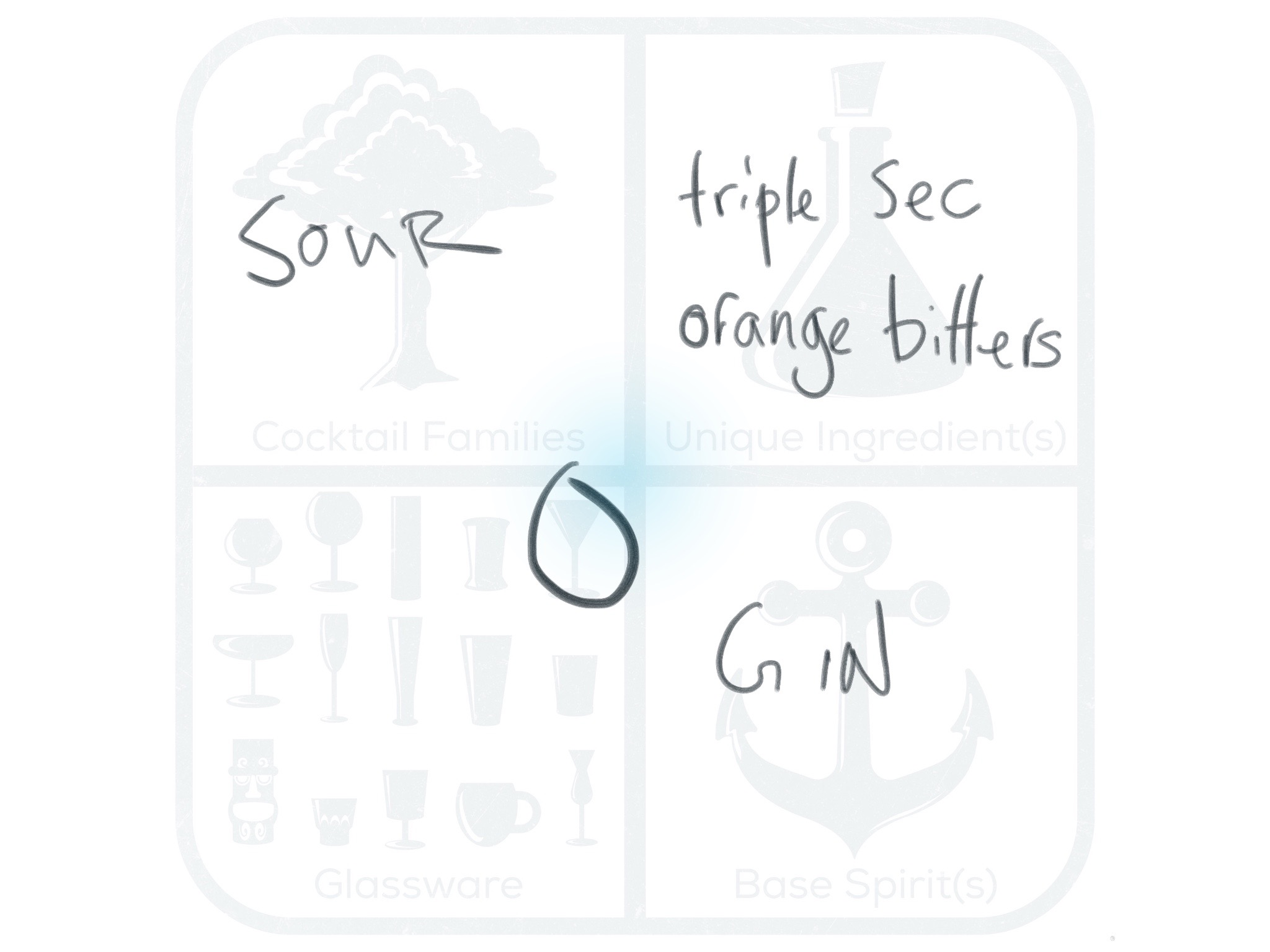
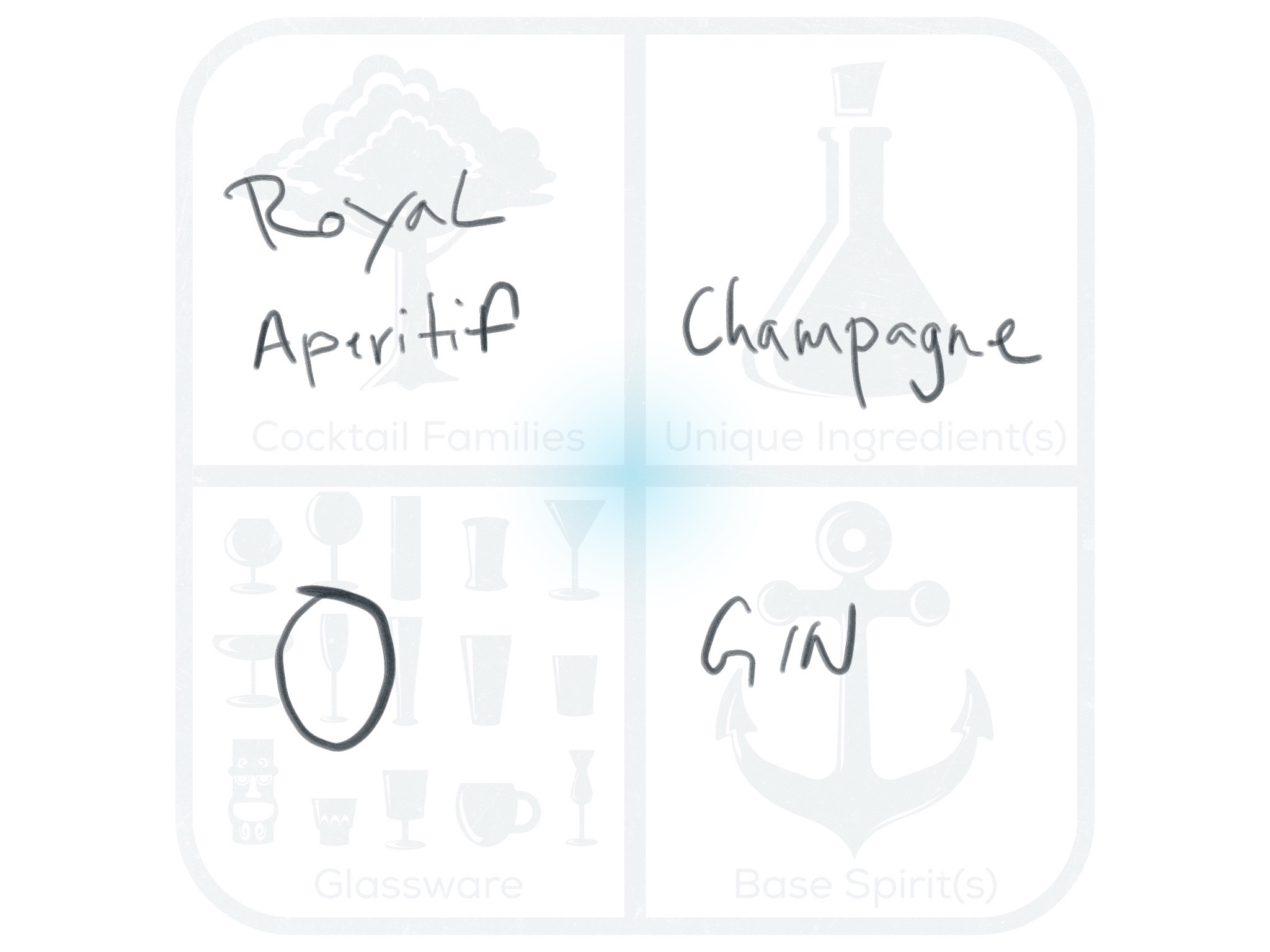
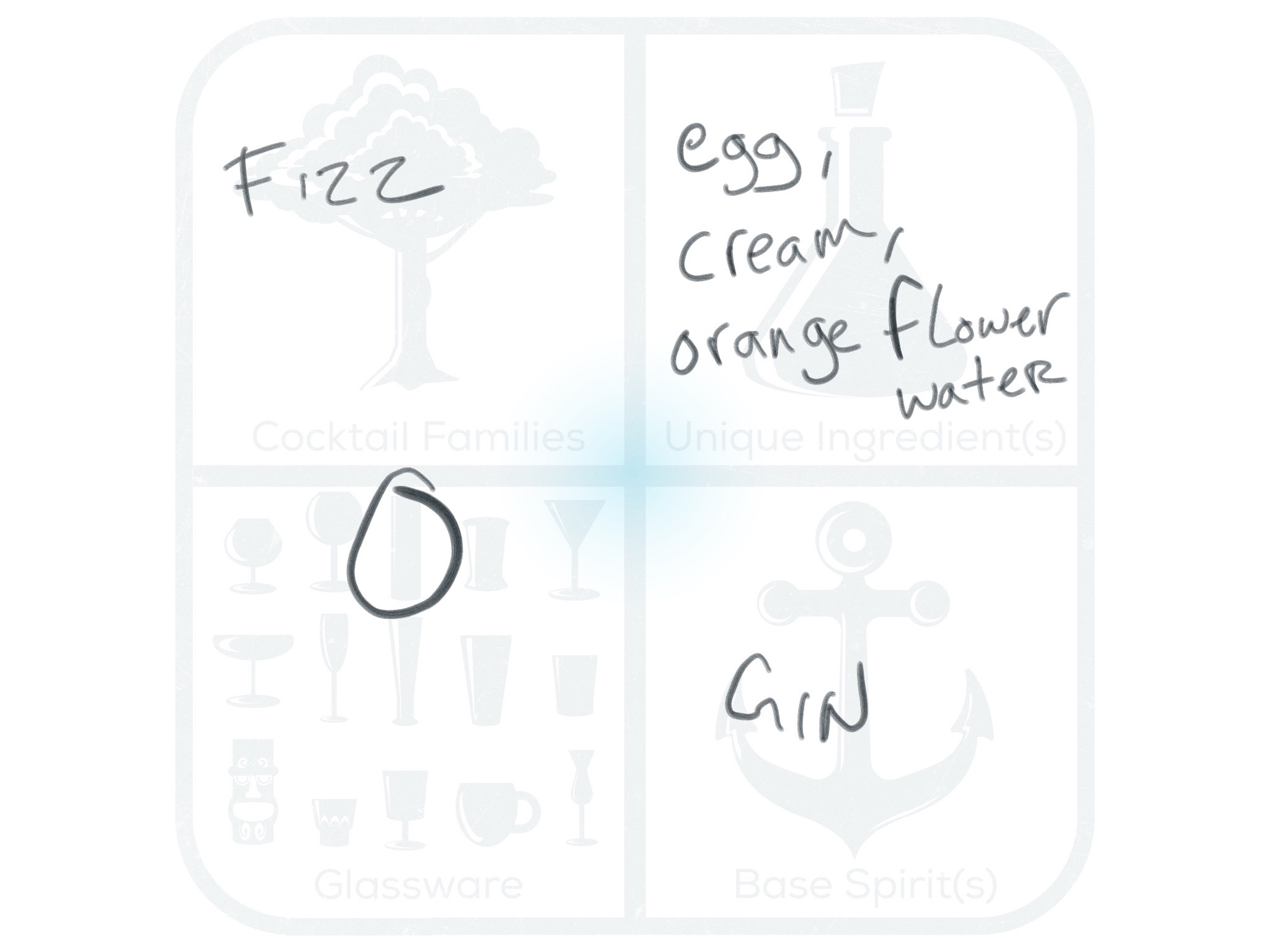
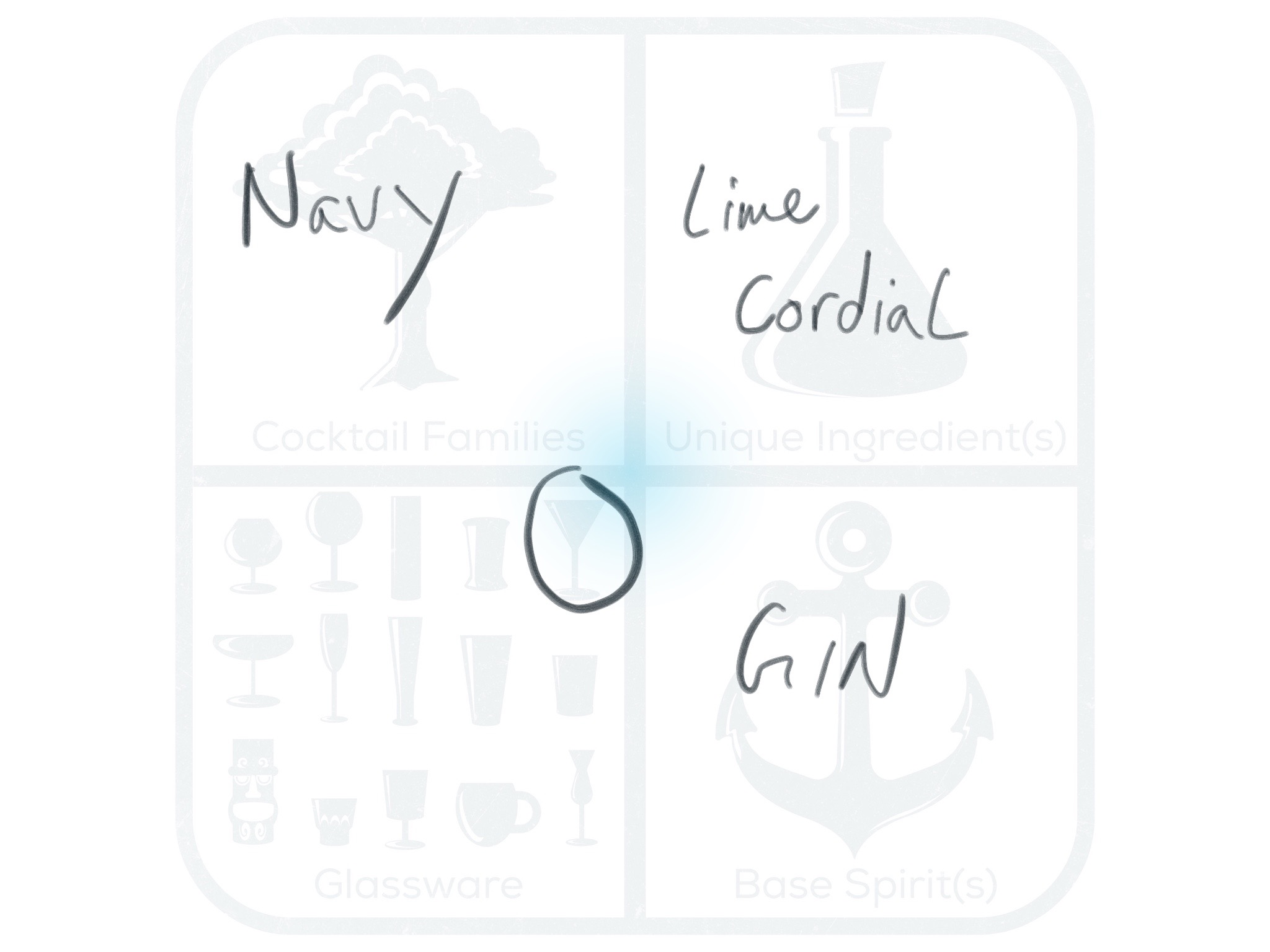
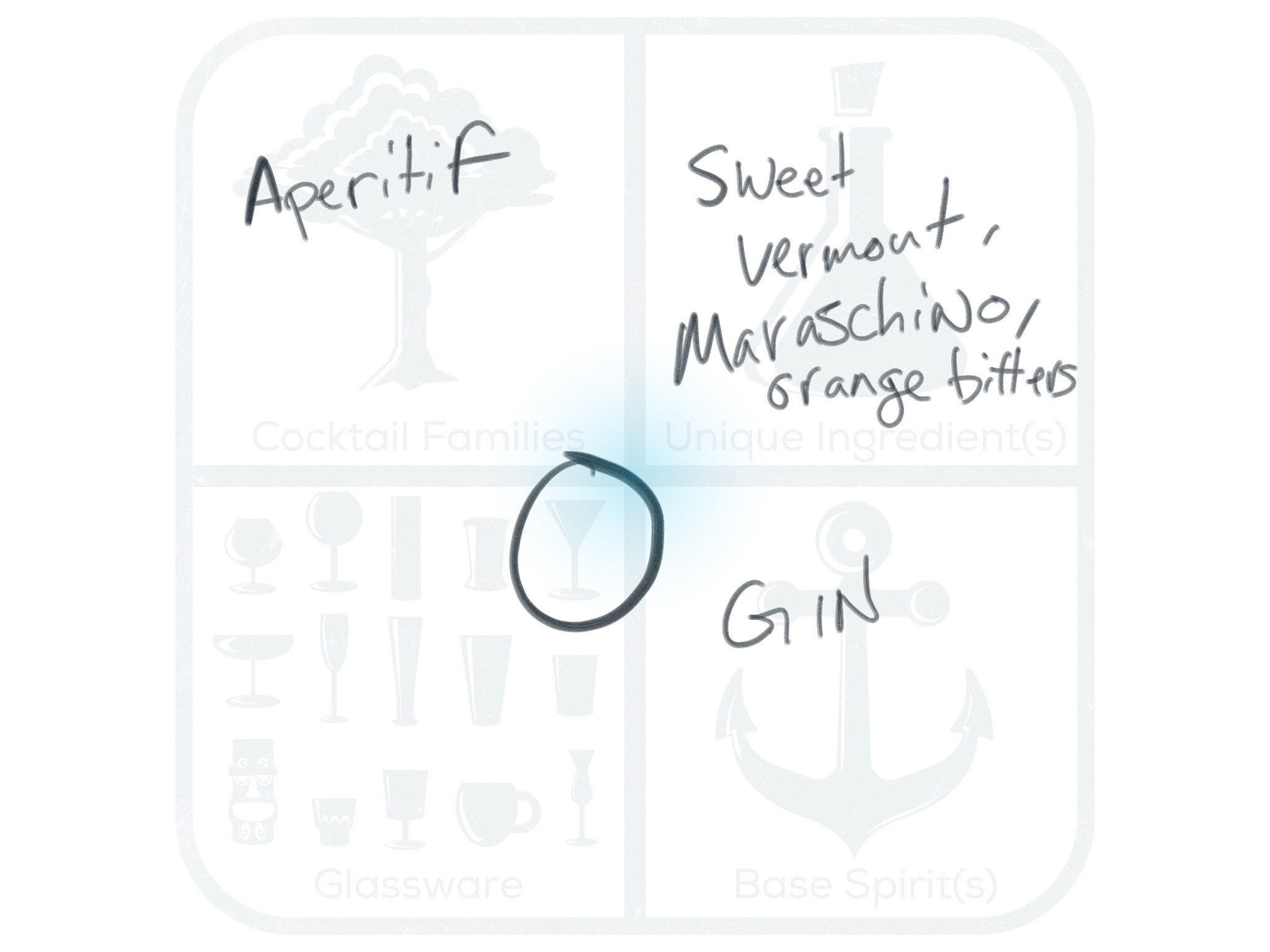
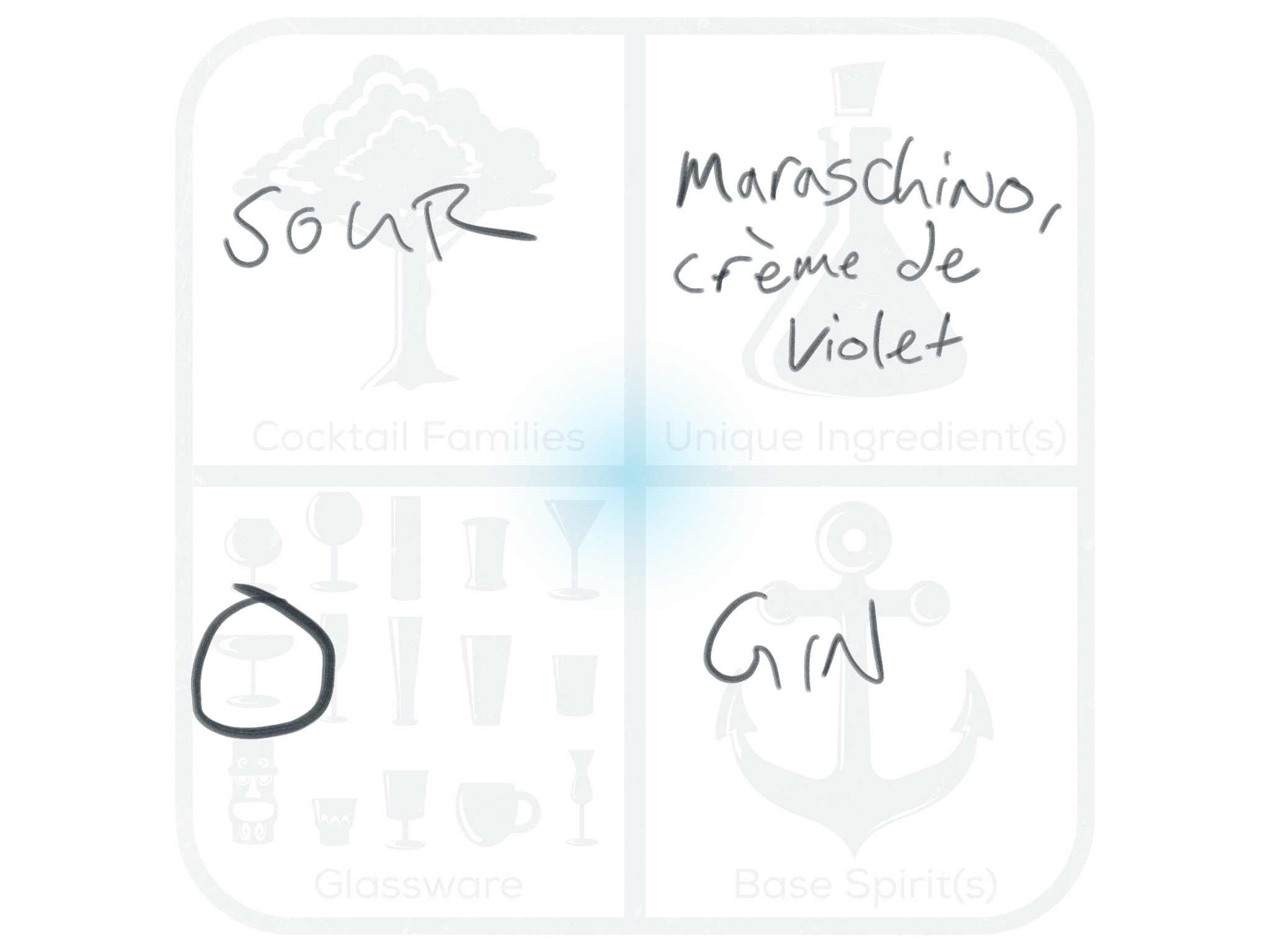
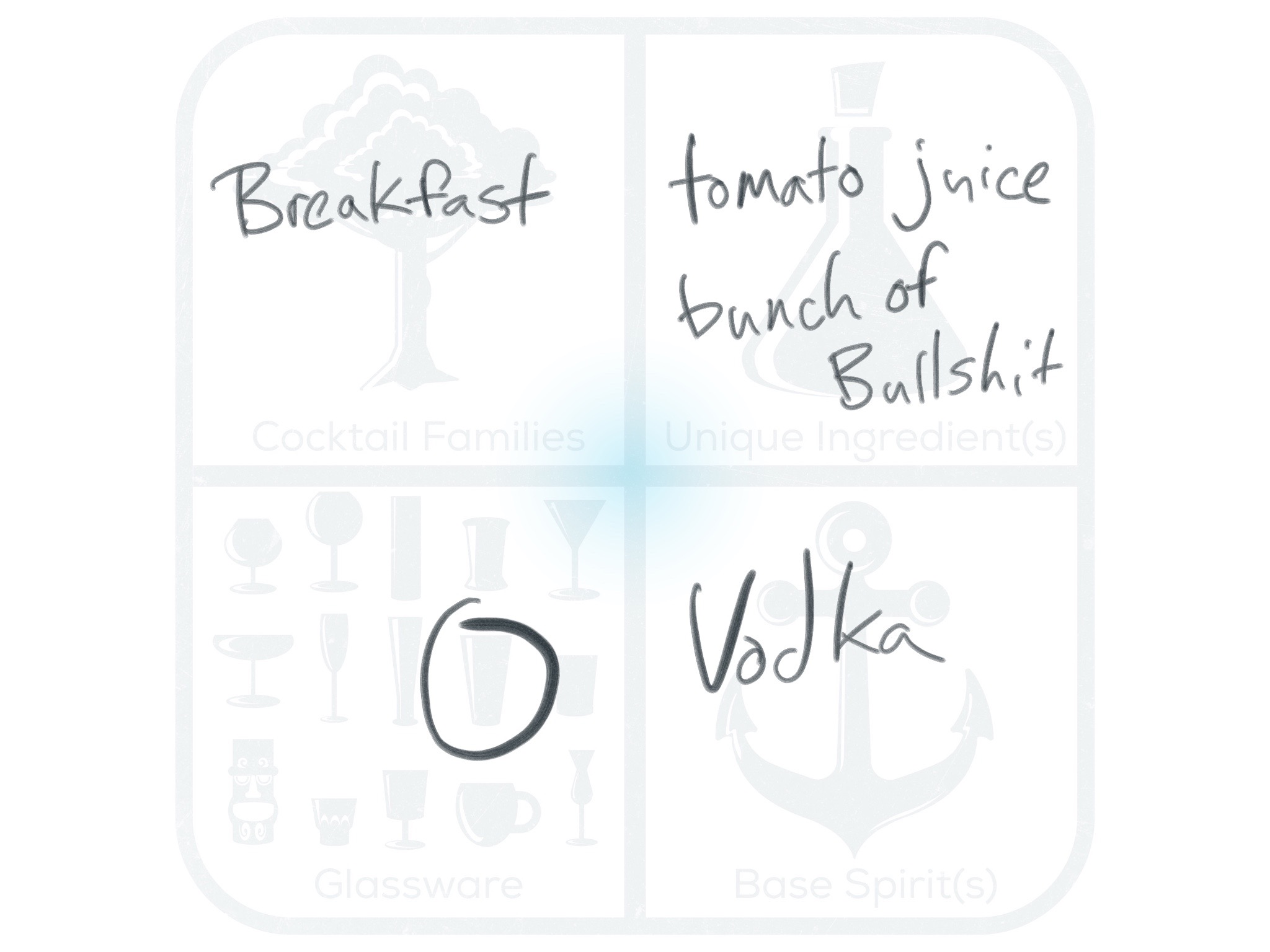
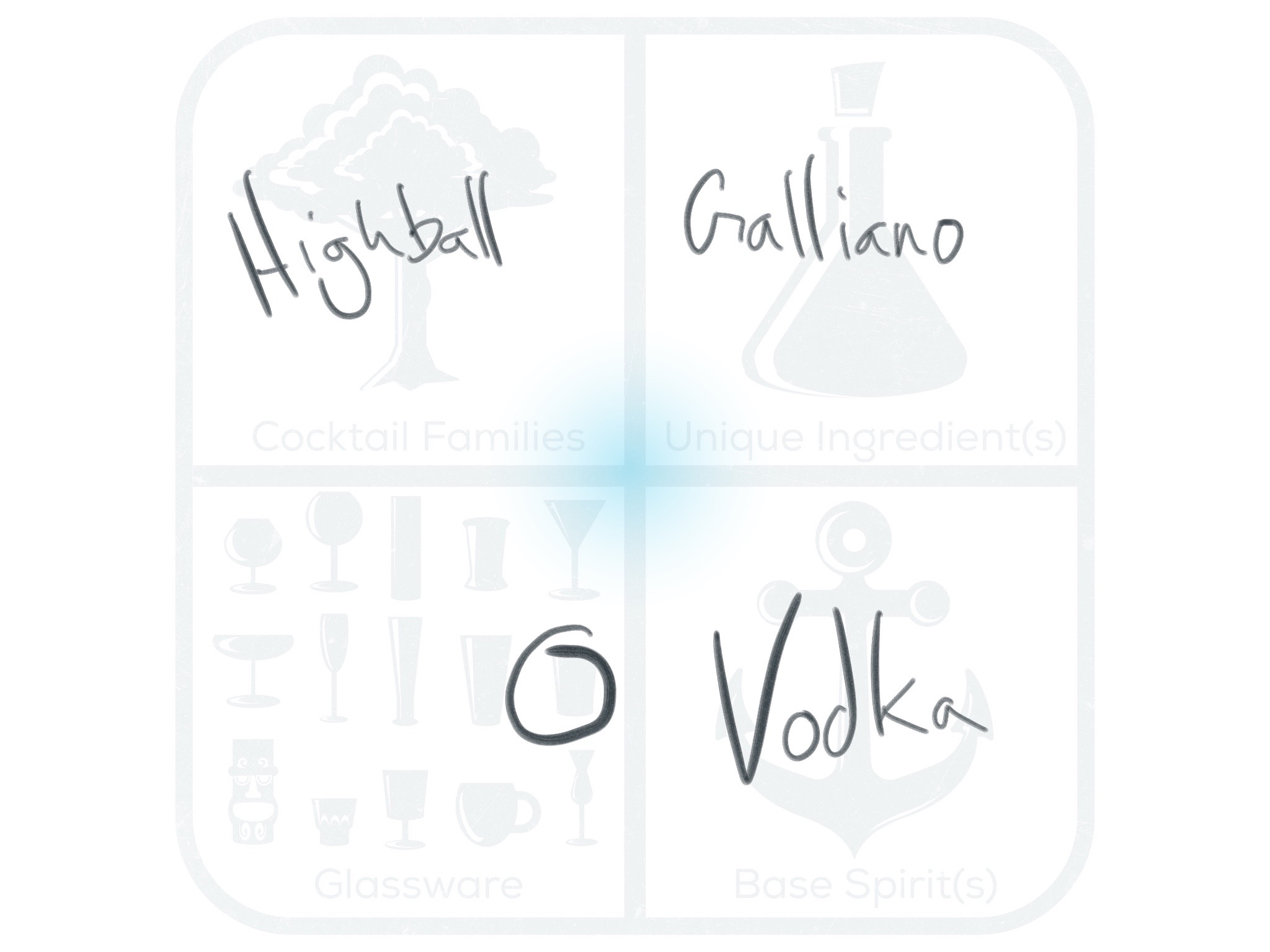
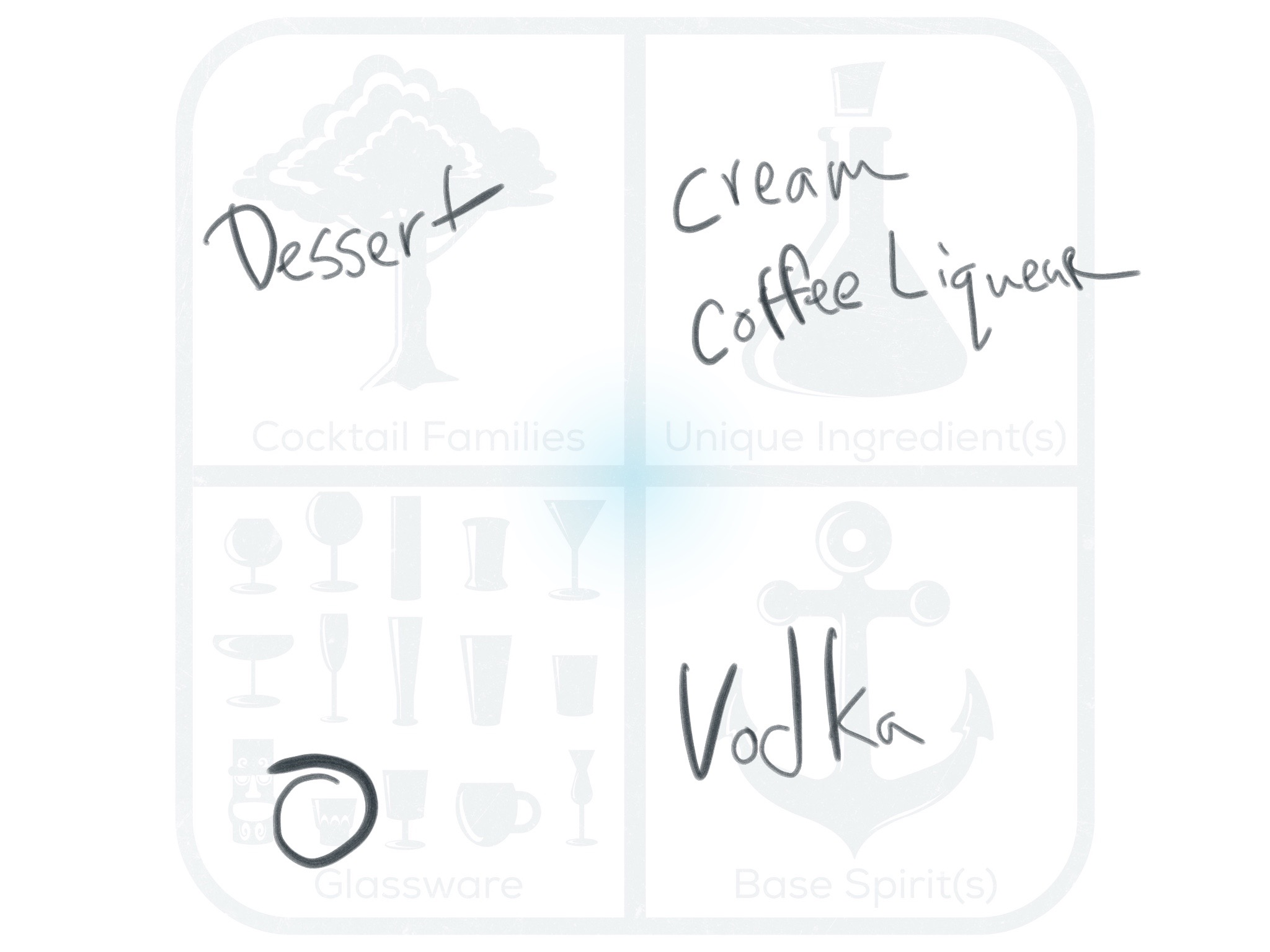
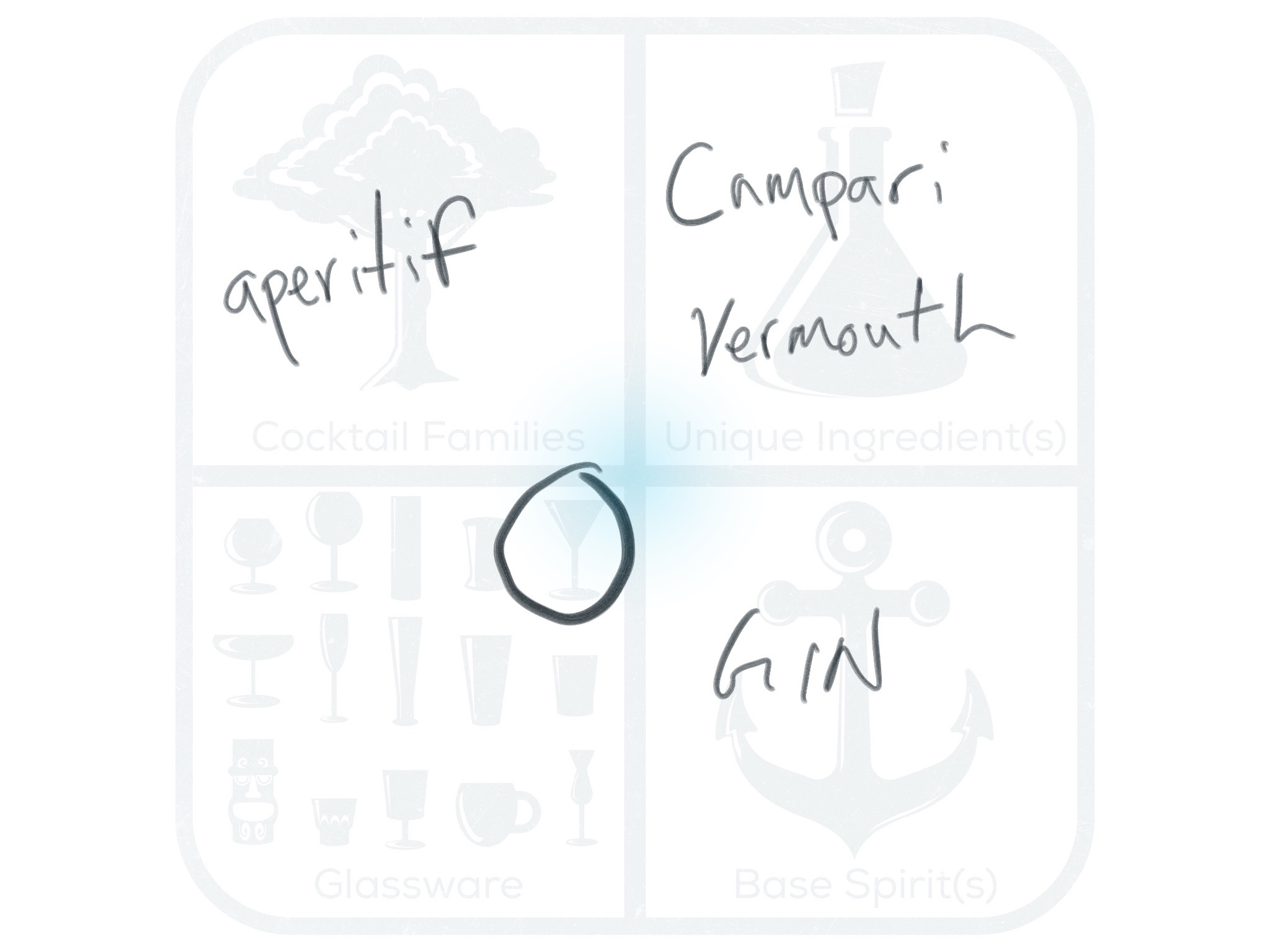
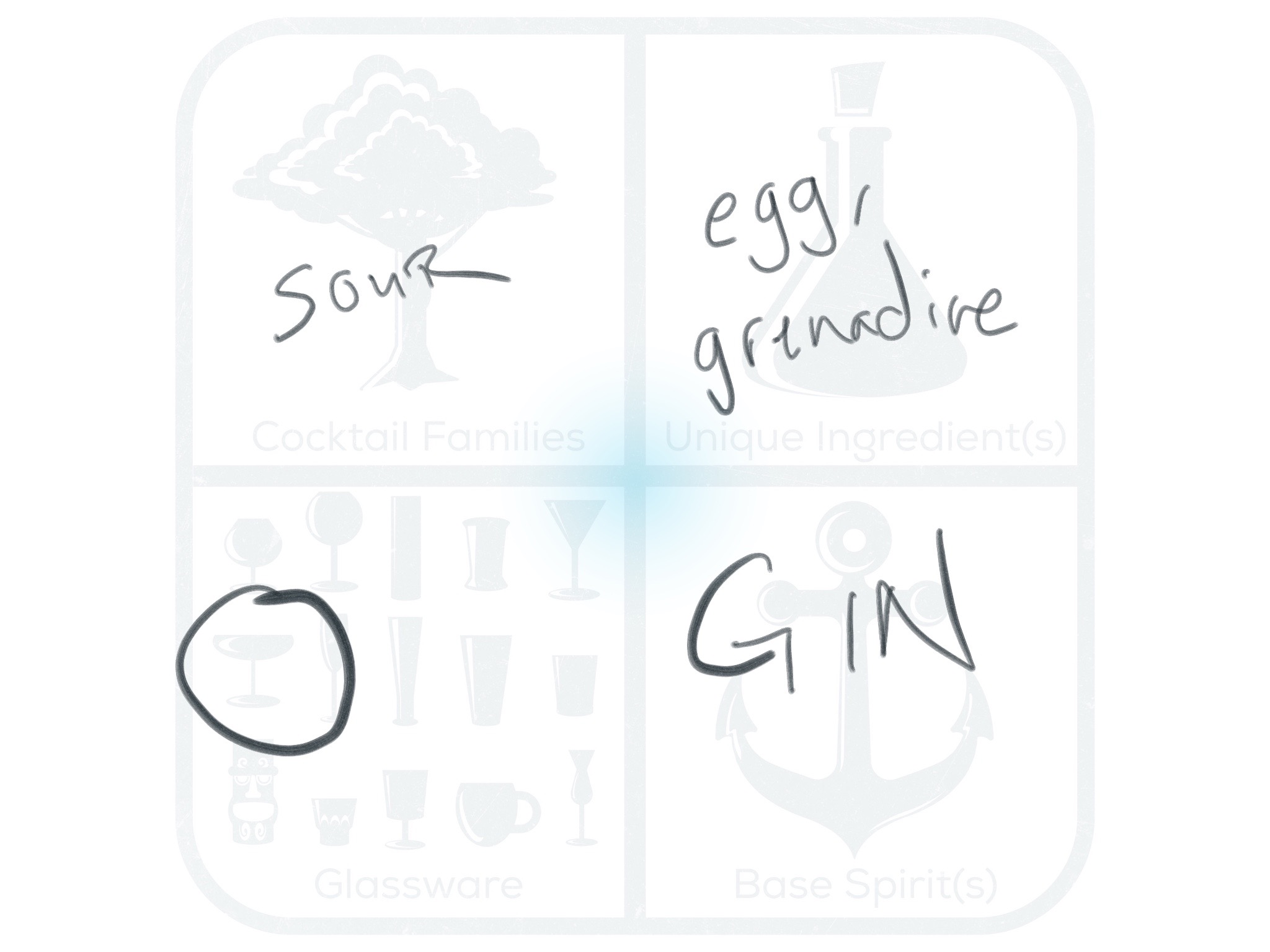
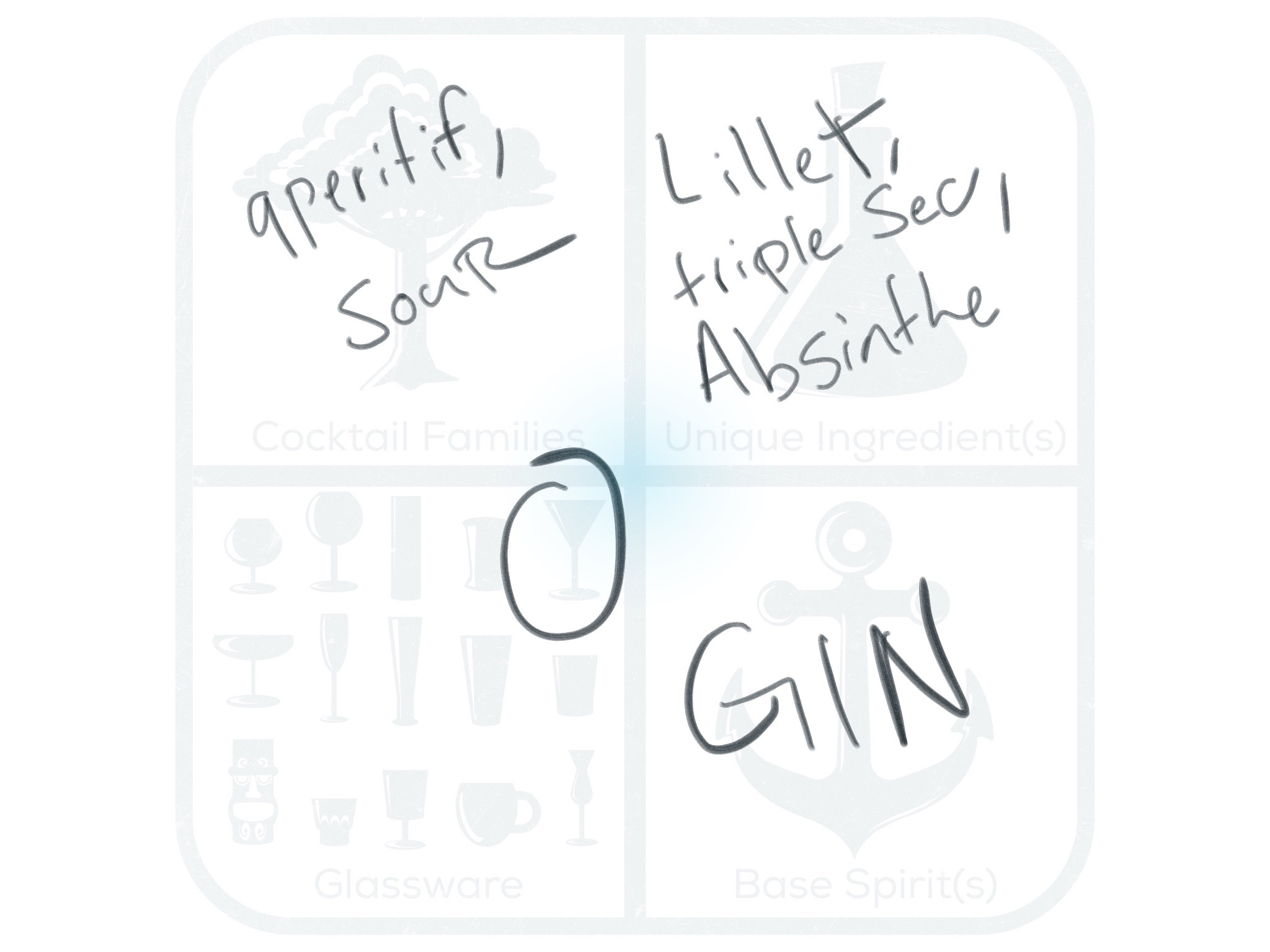
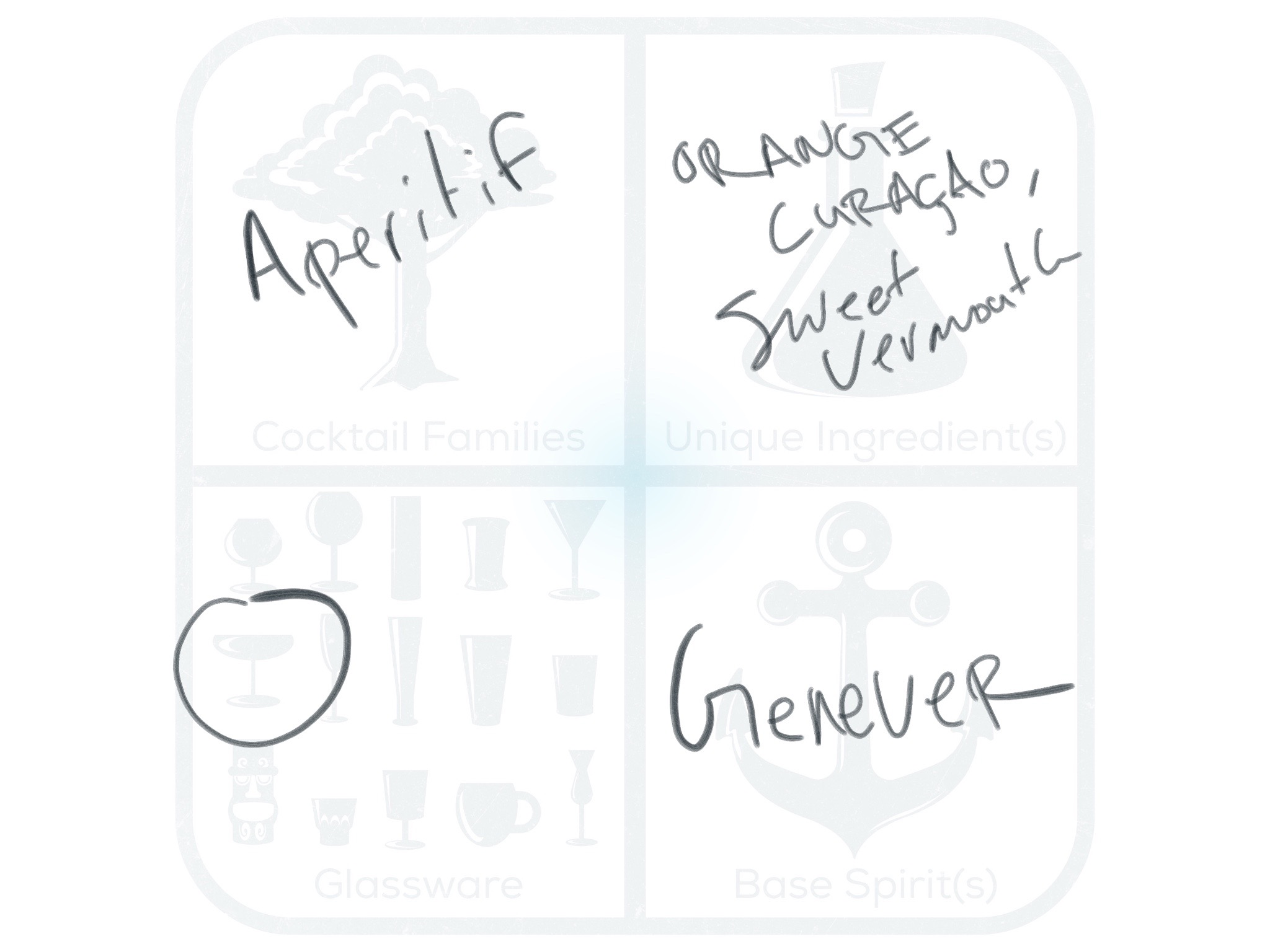
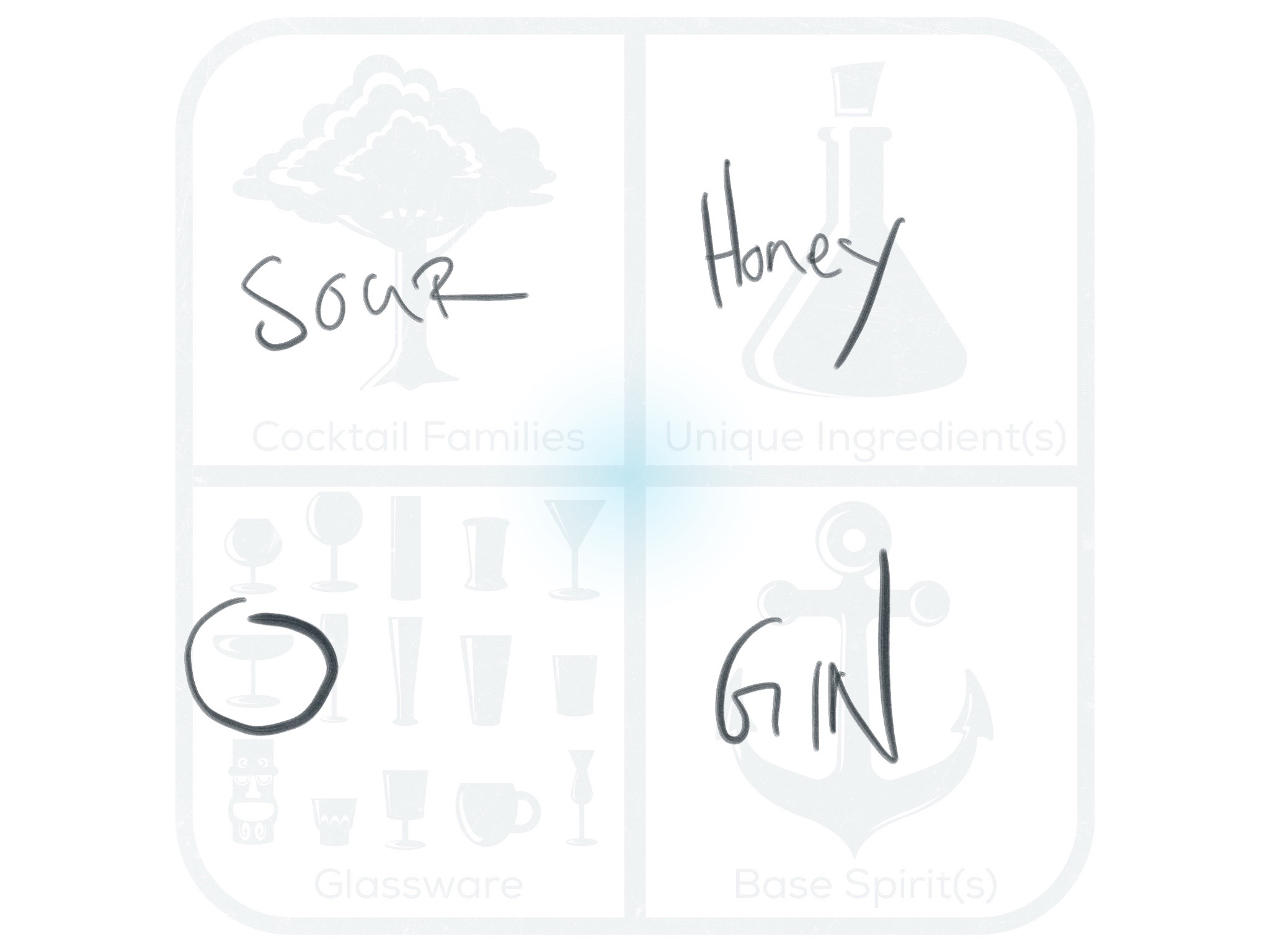
Cane Cocktails
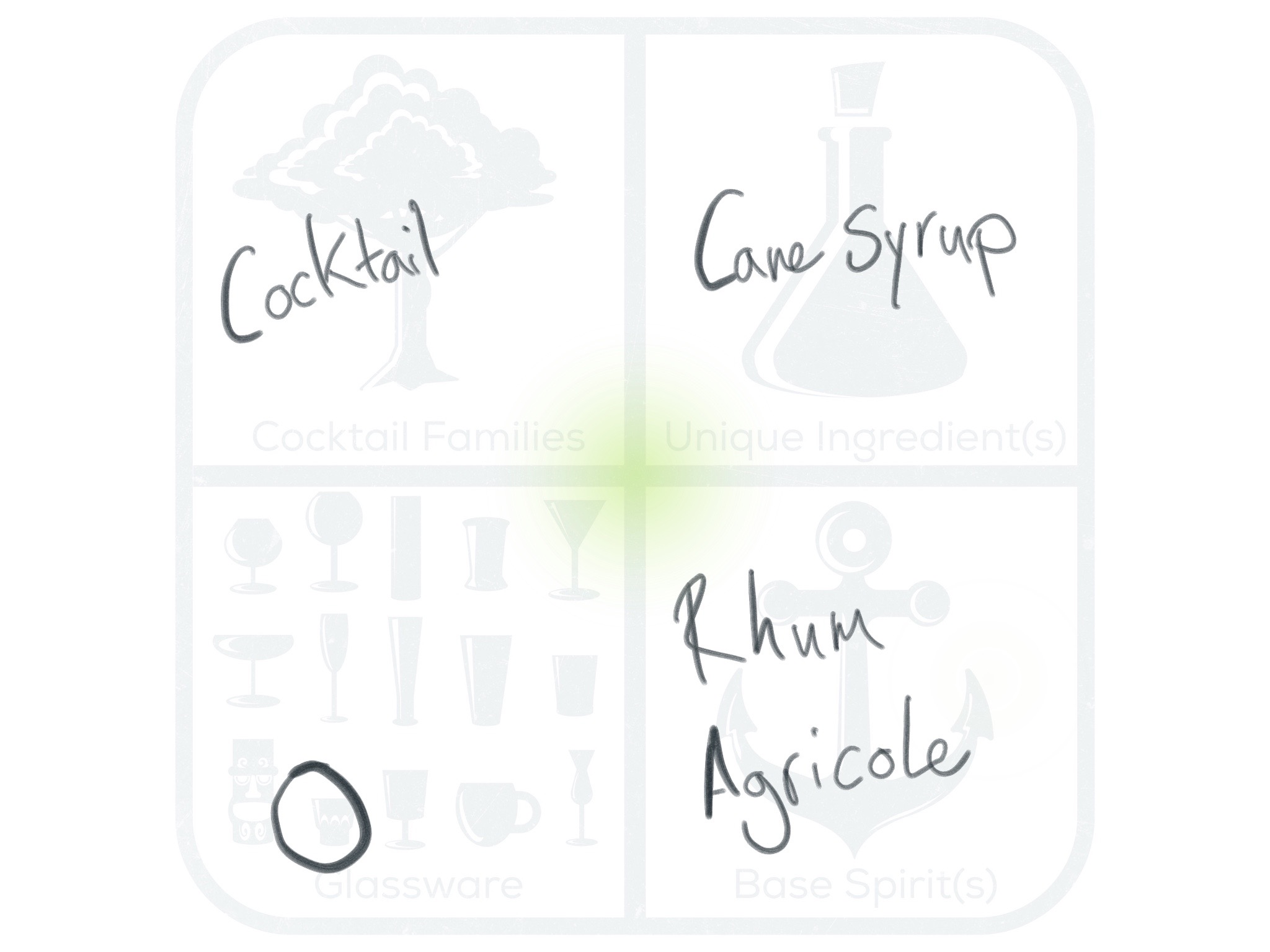
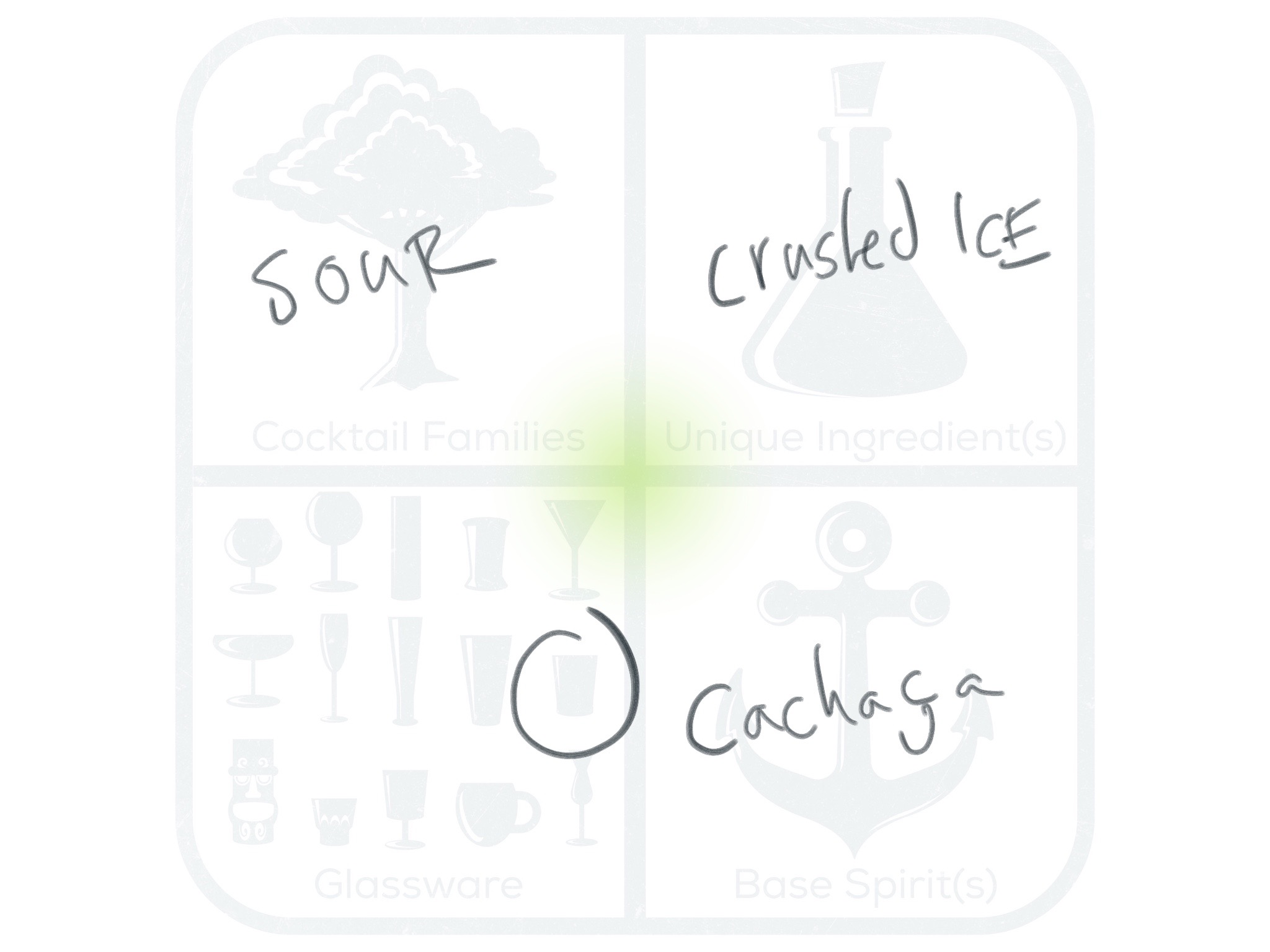
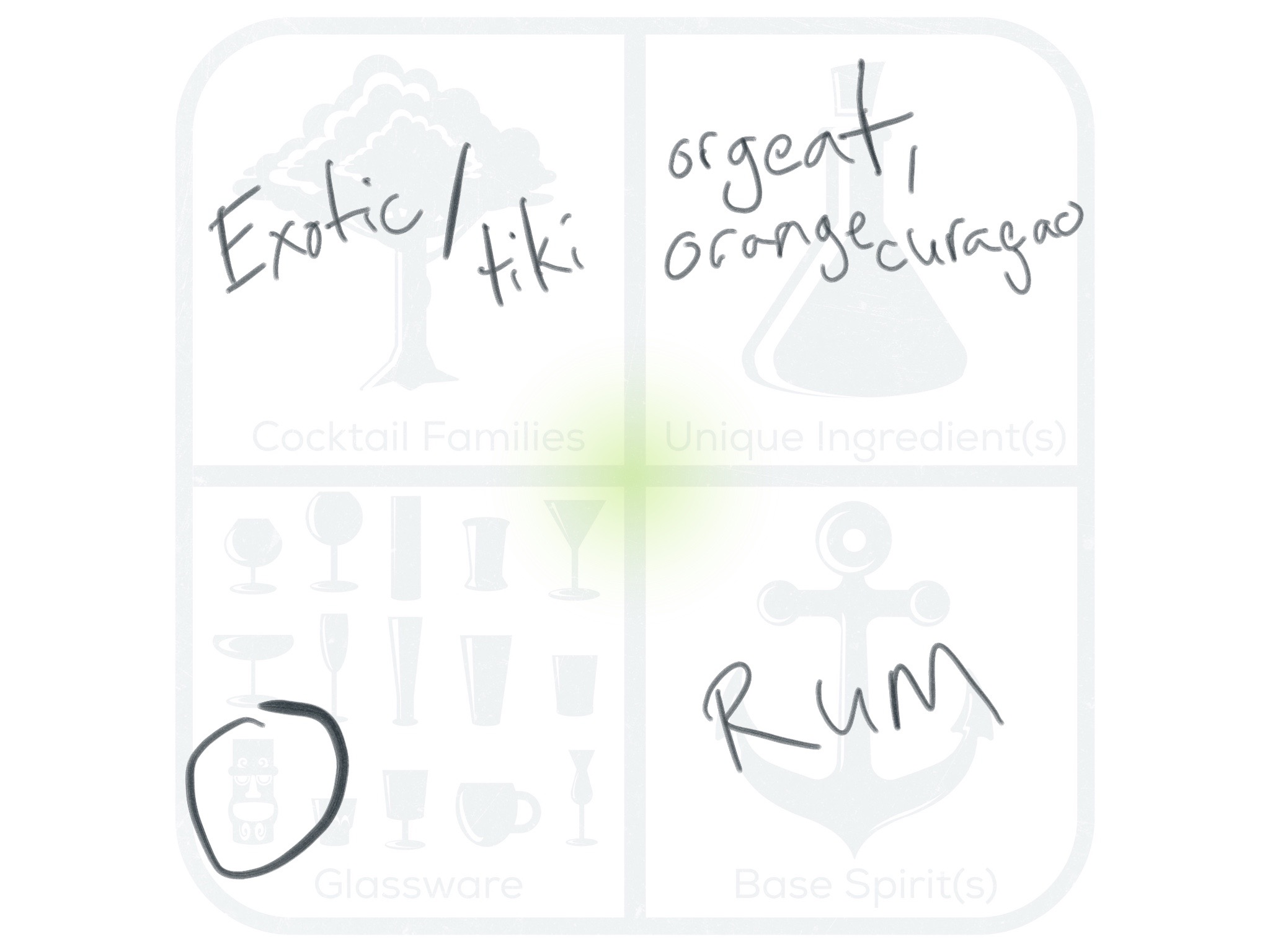
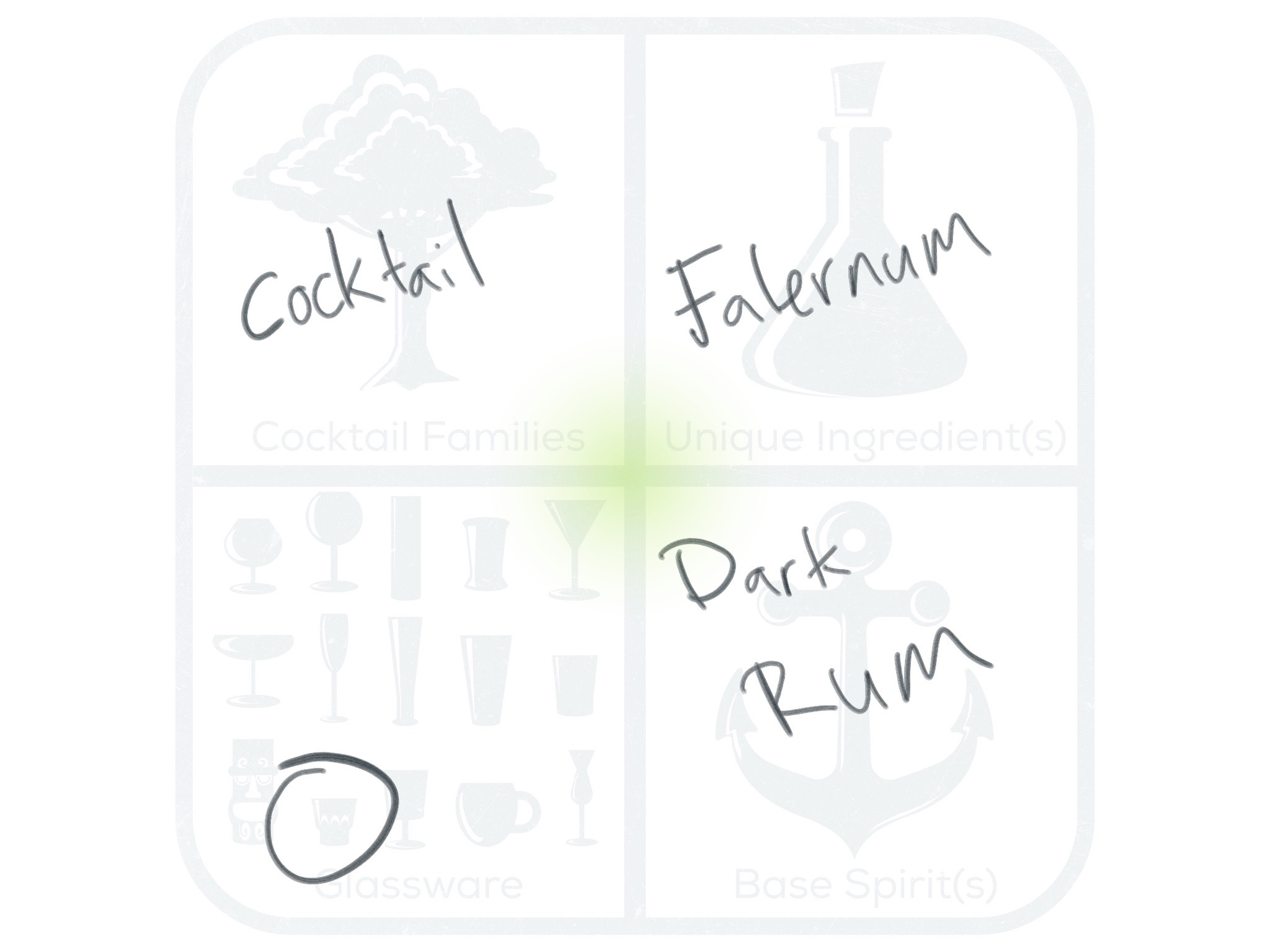
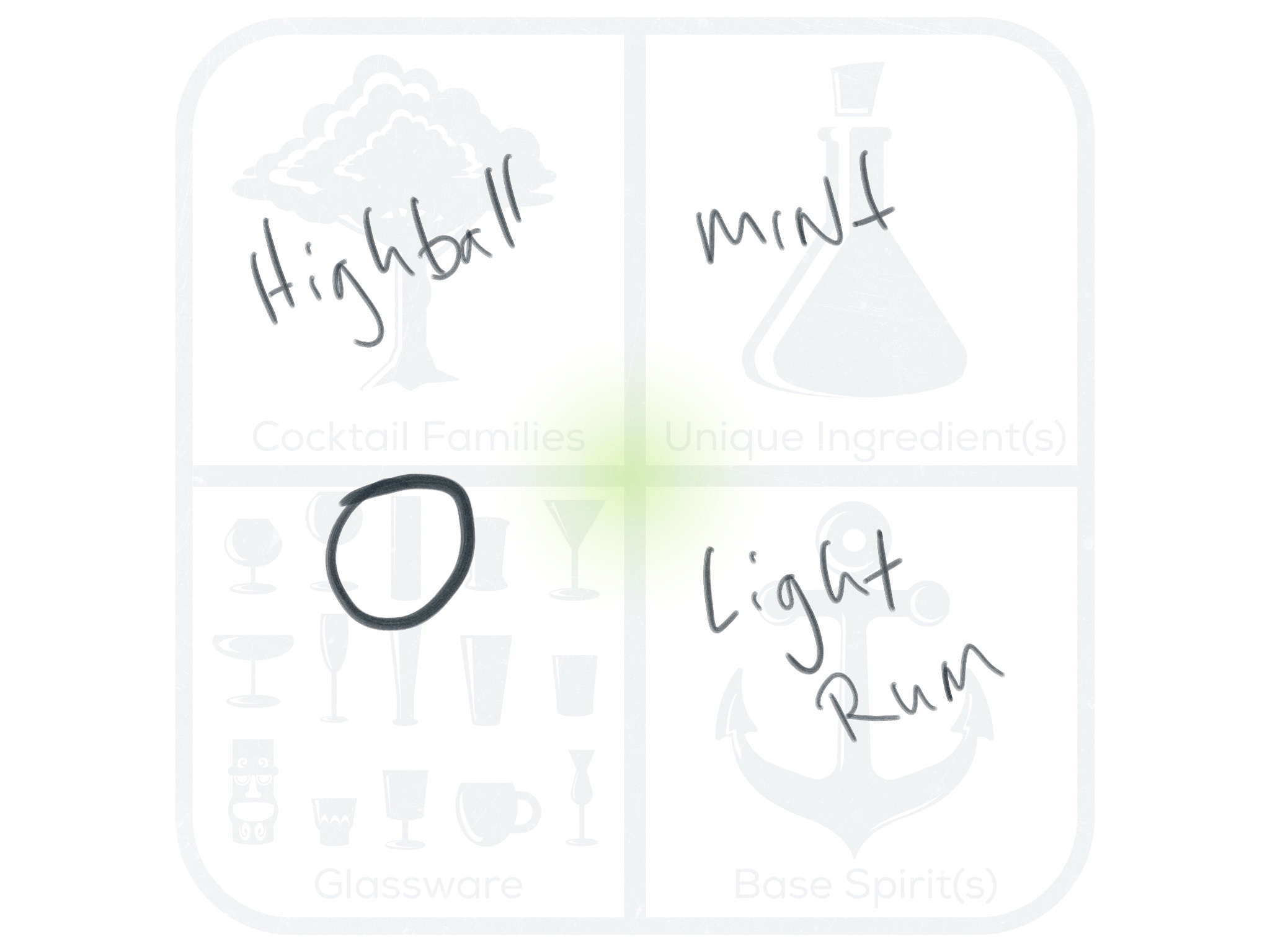
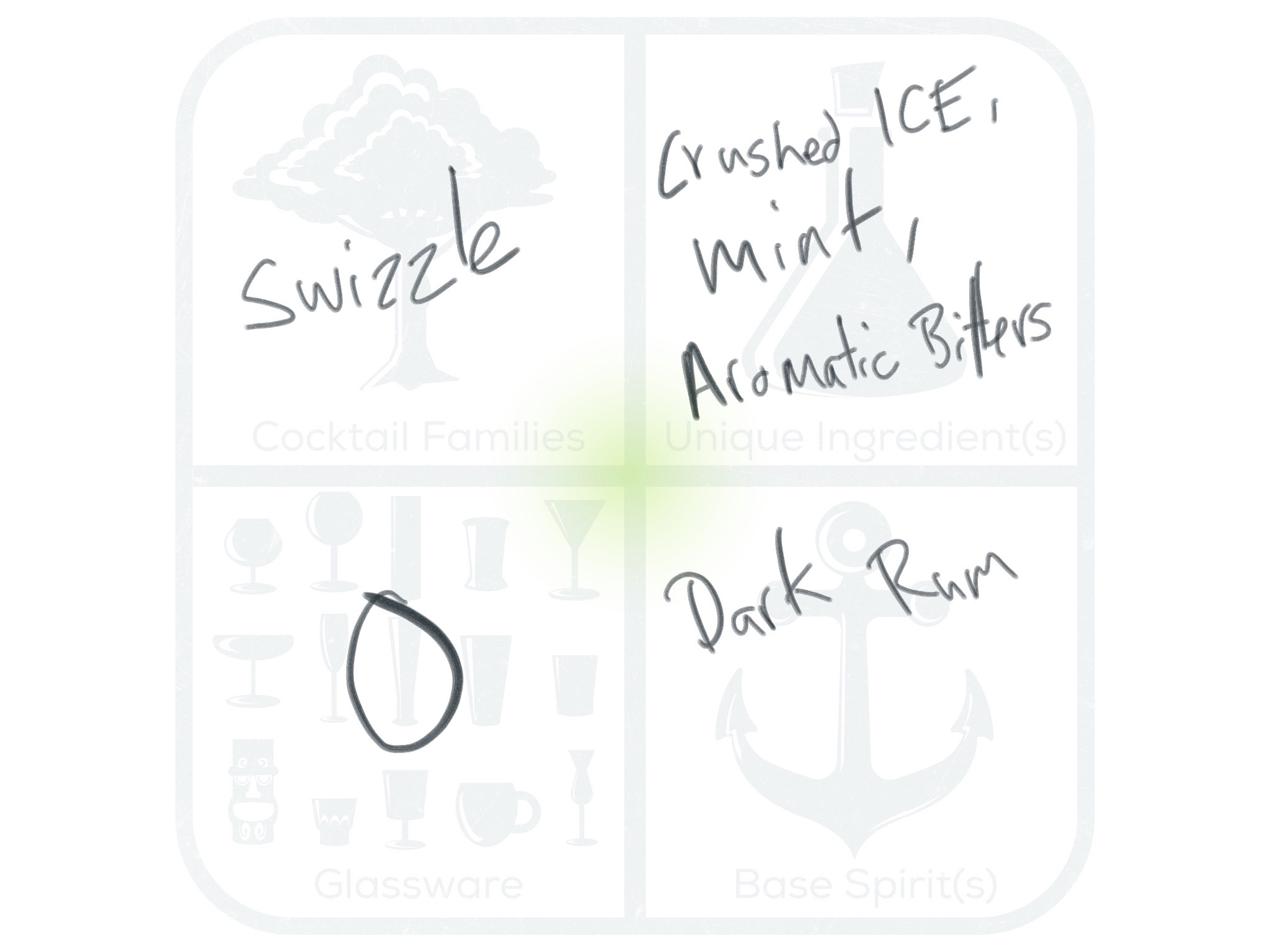
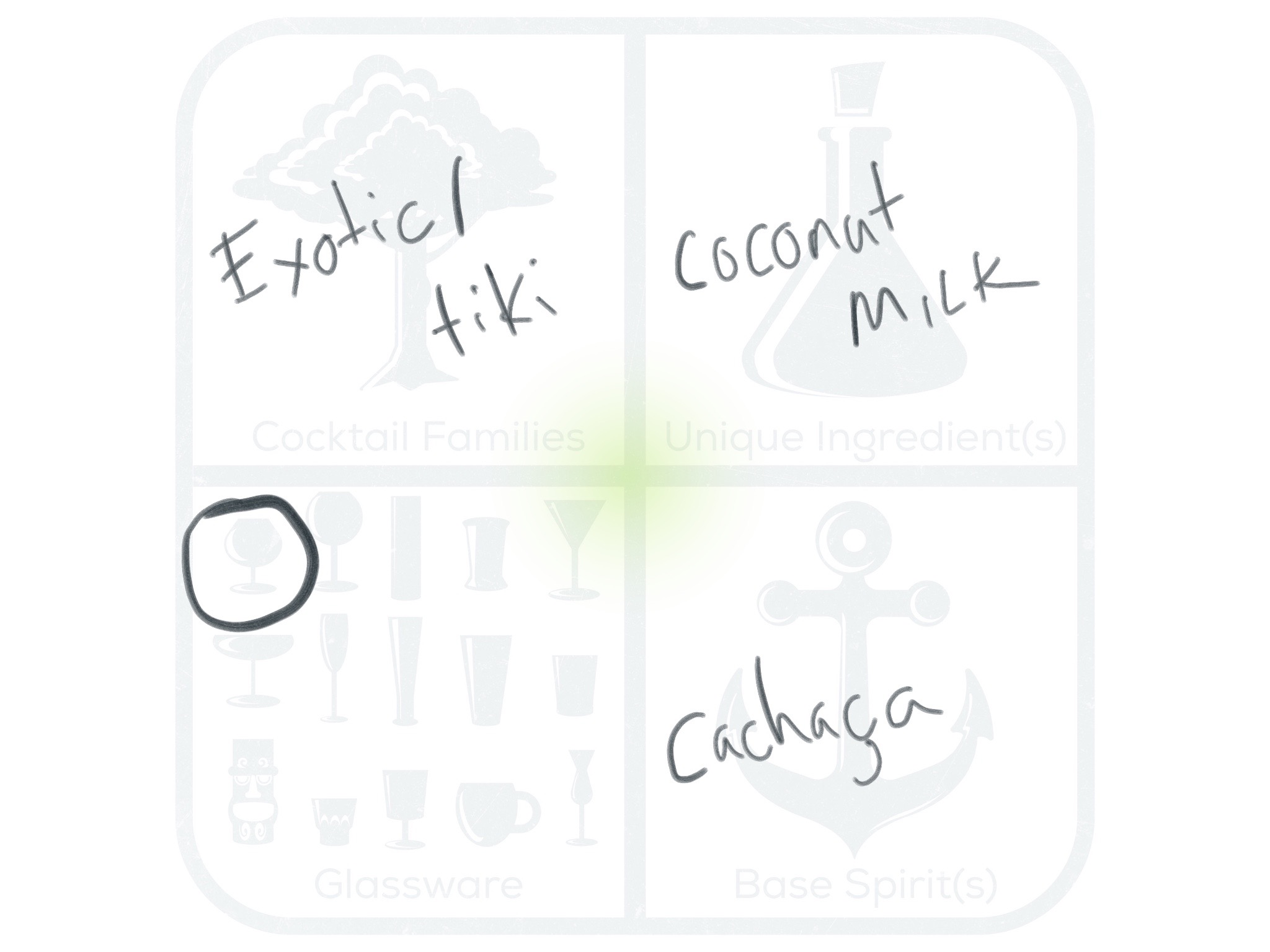
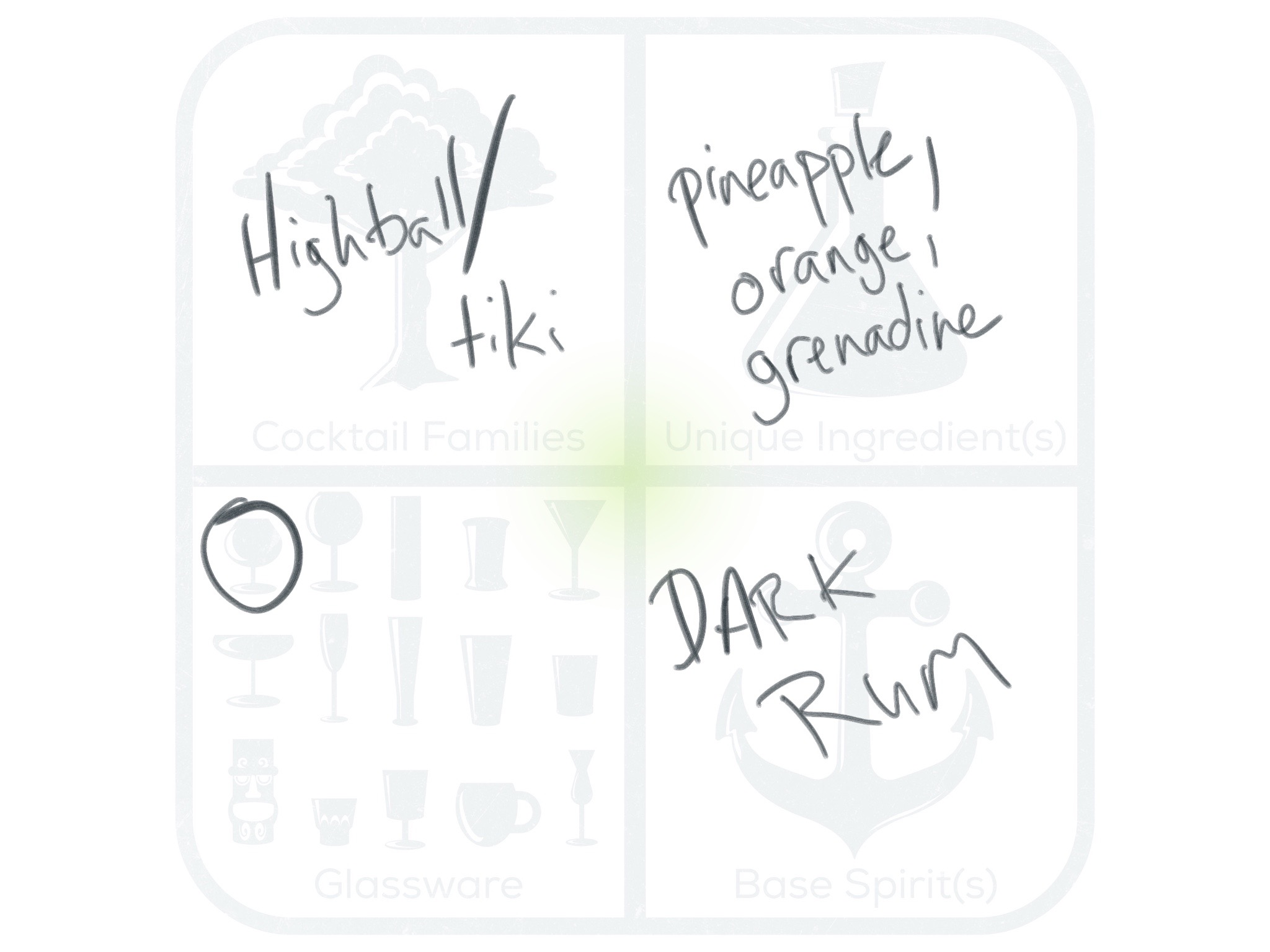
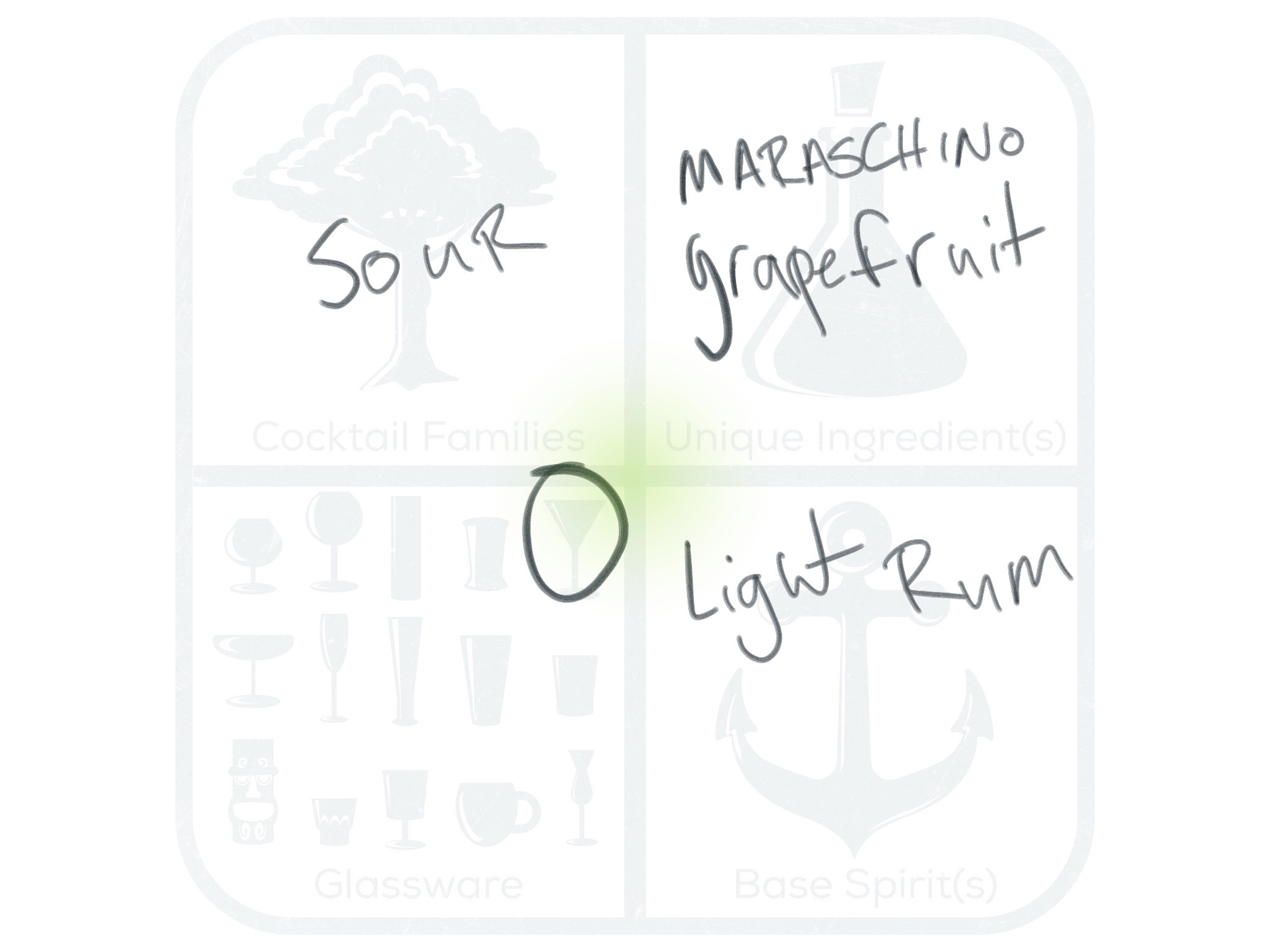
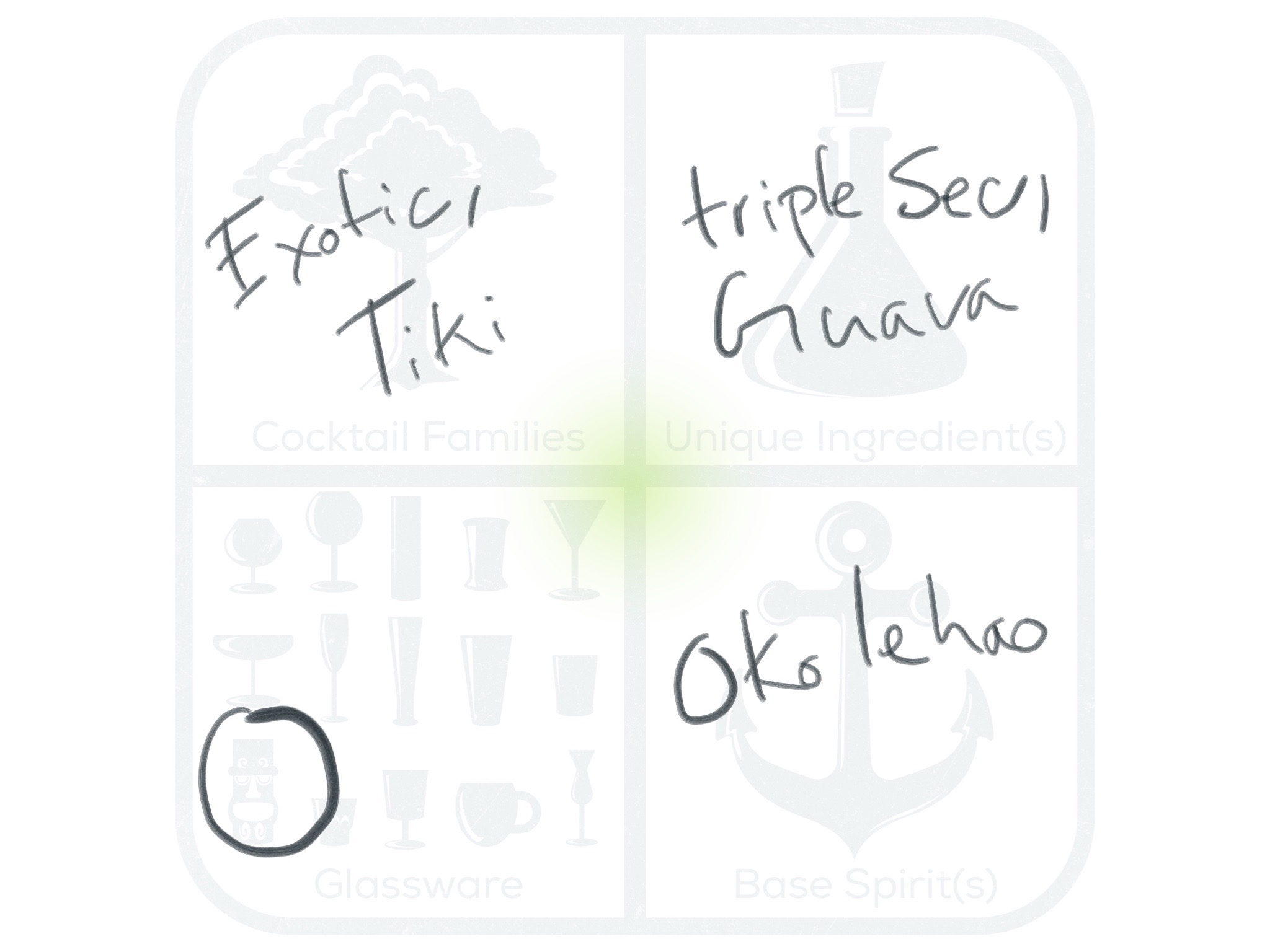
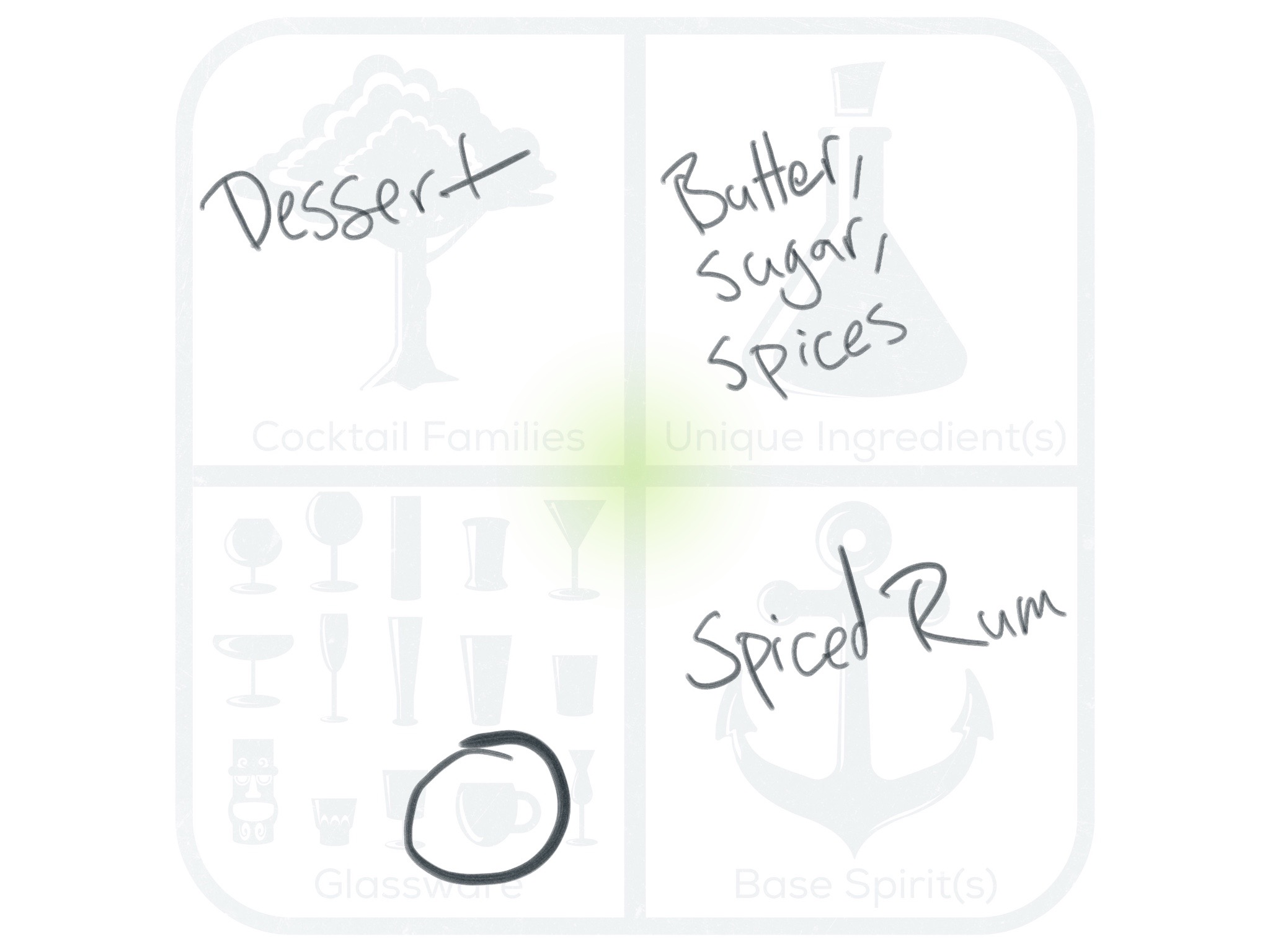
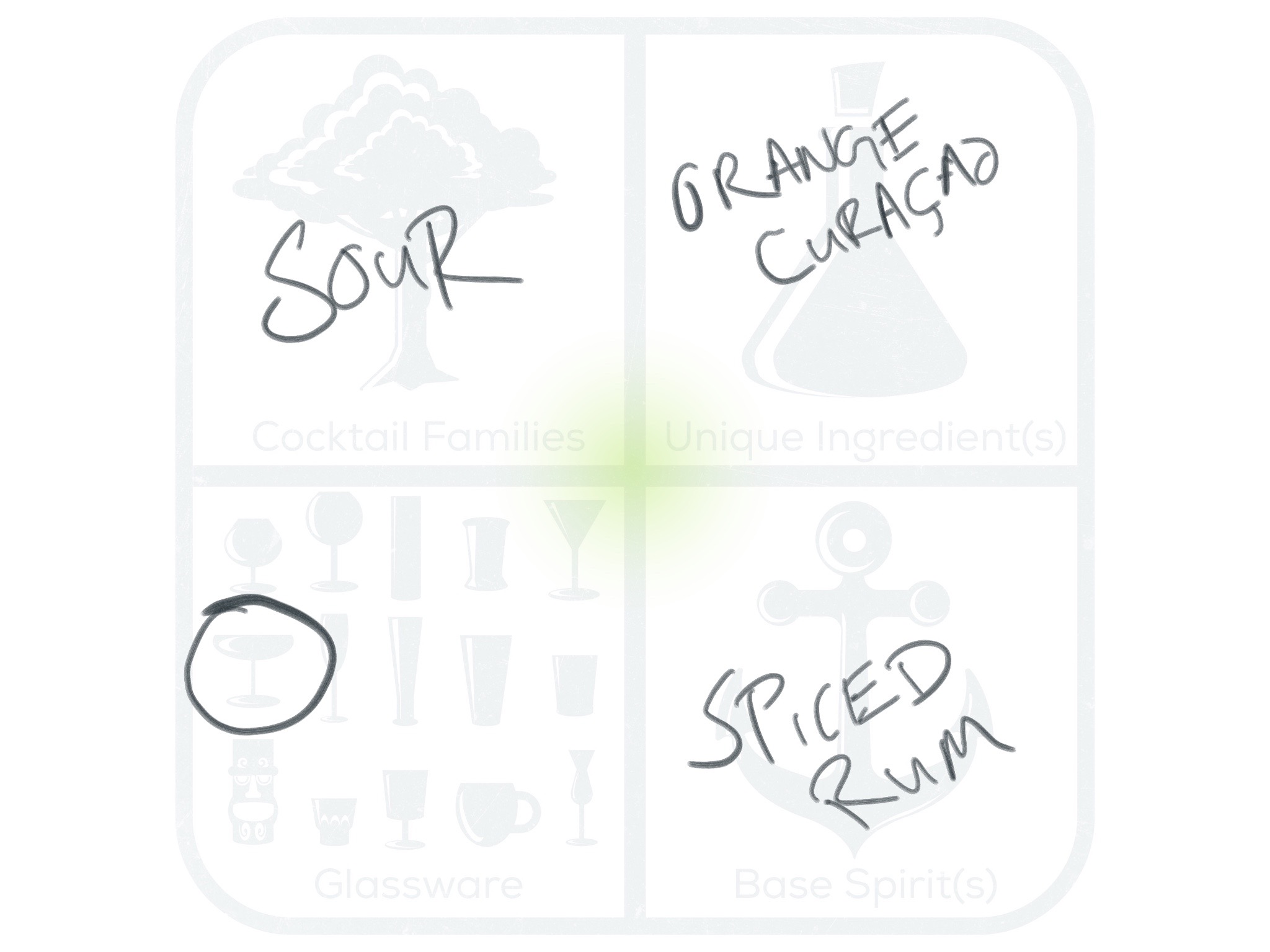
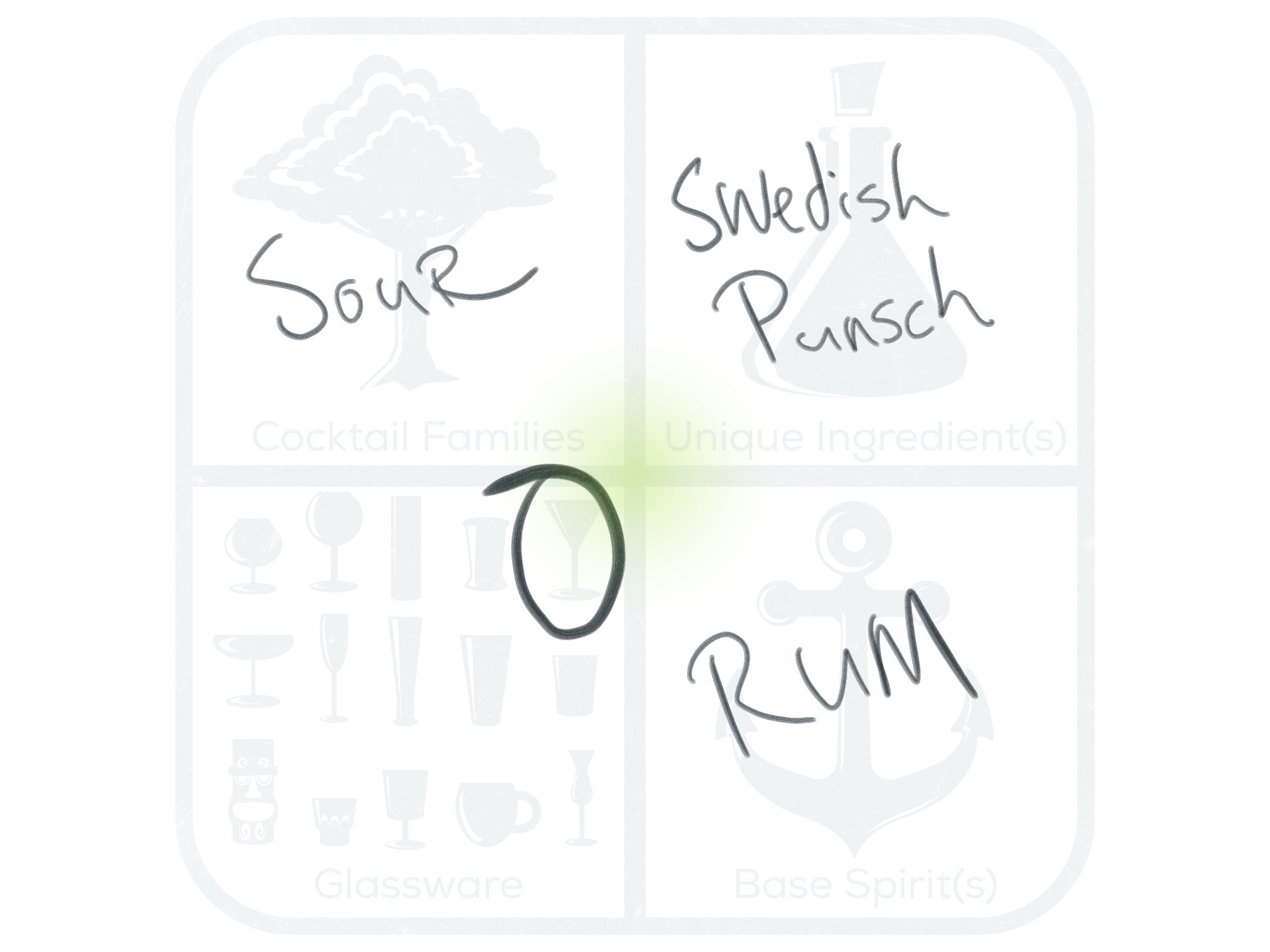
Agave Cocktails
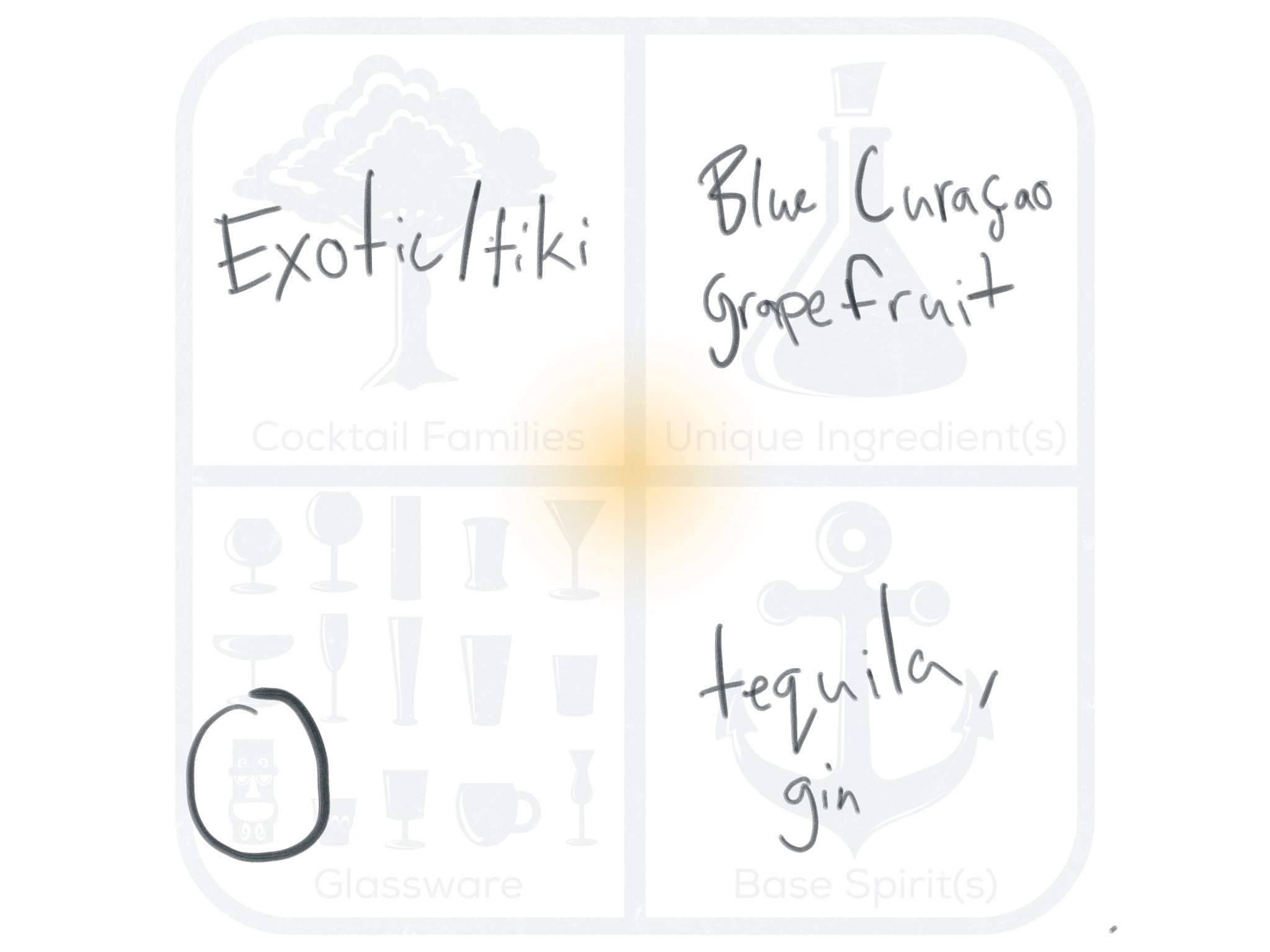
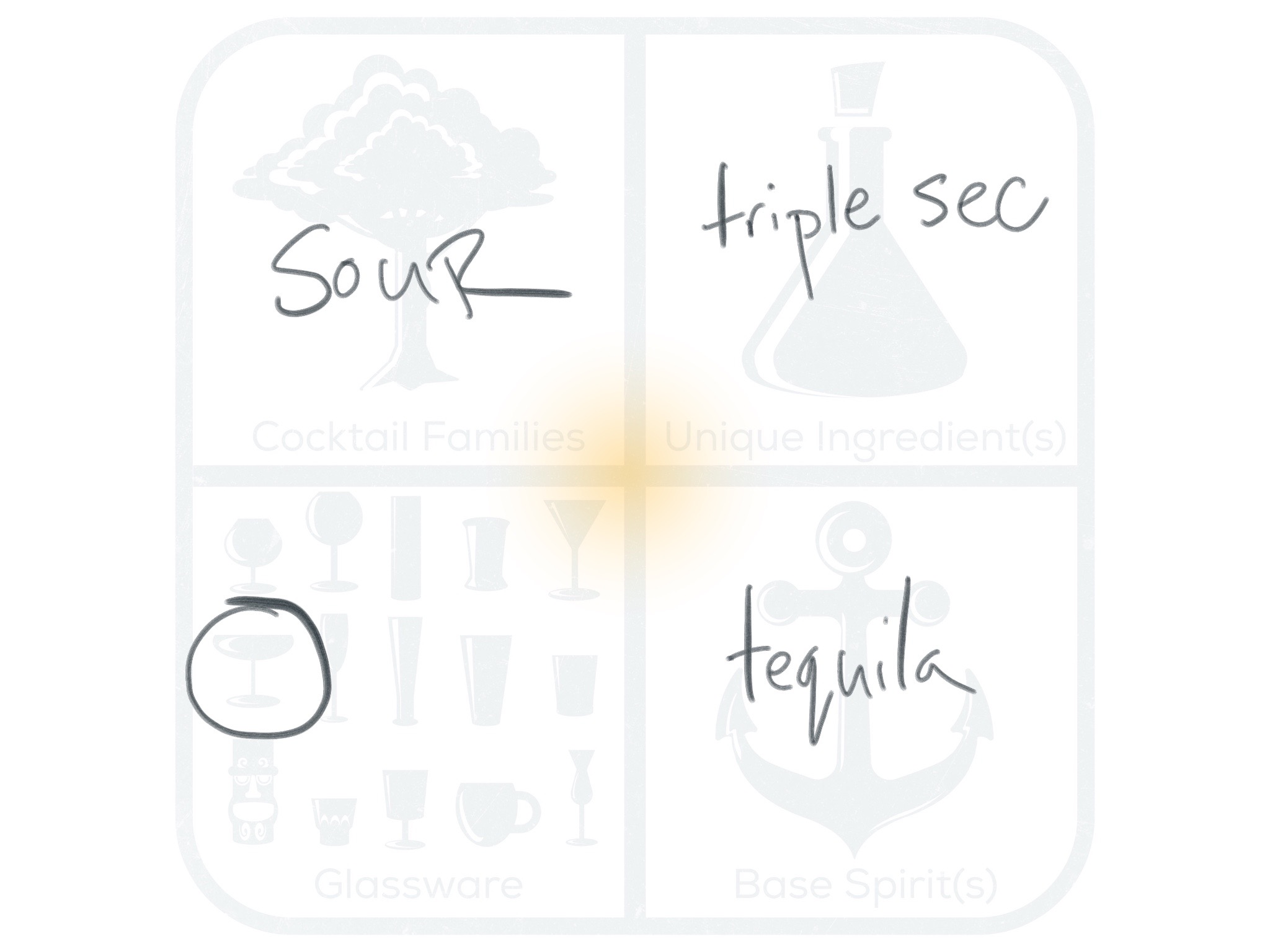
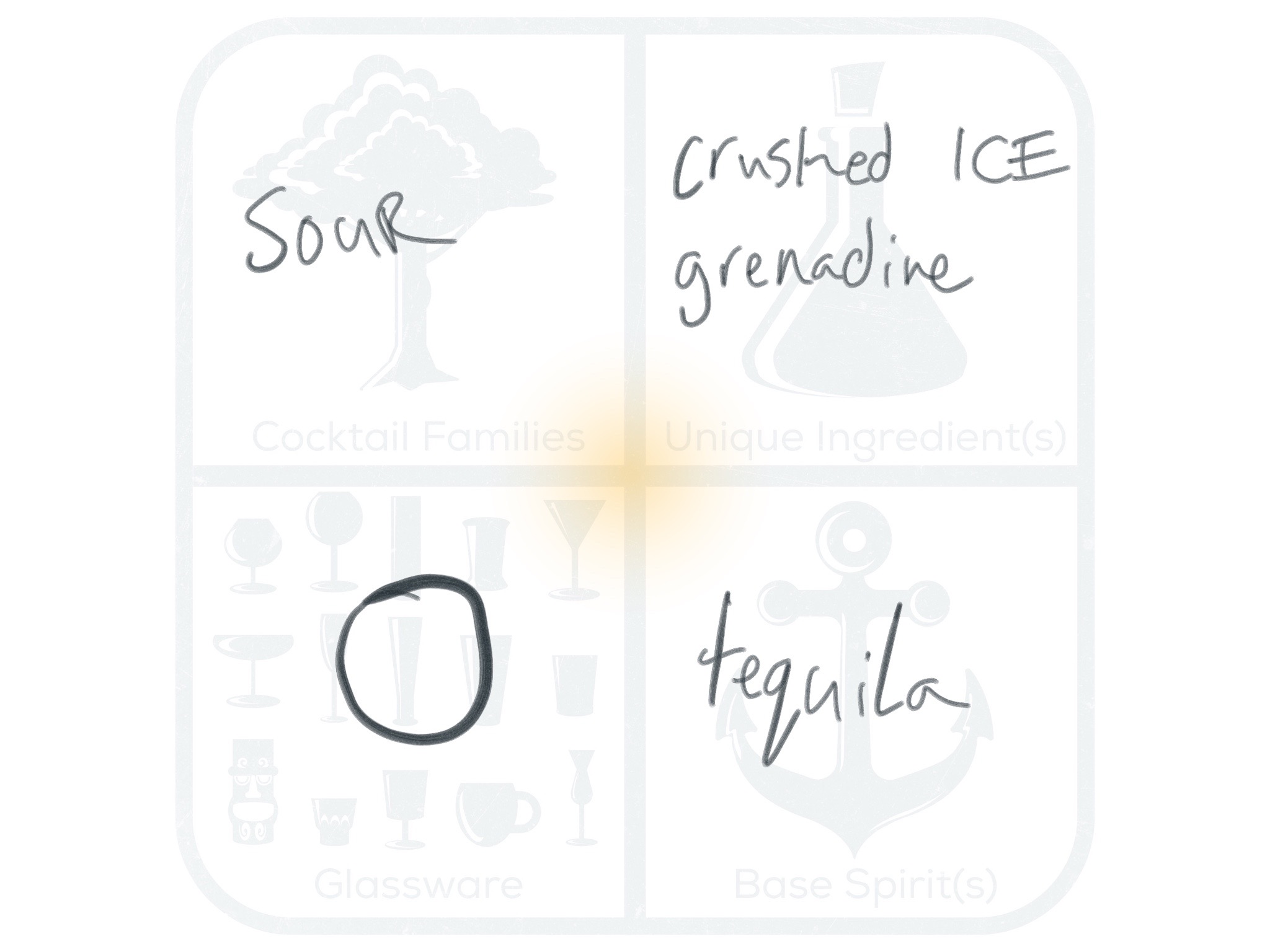
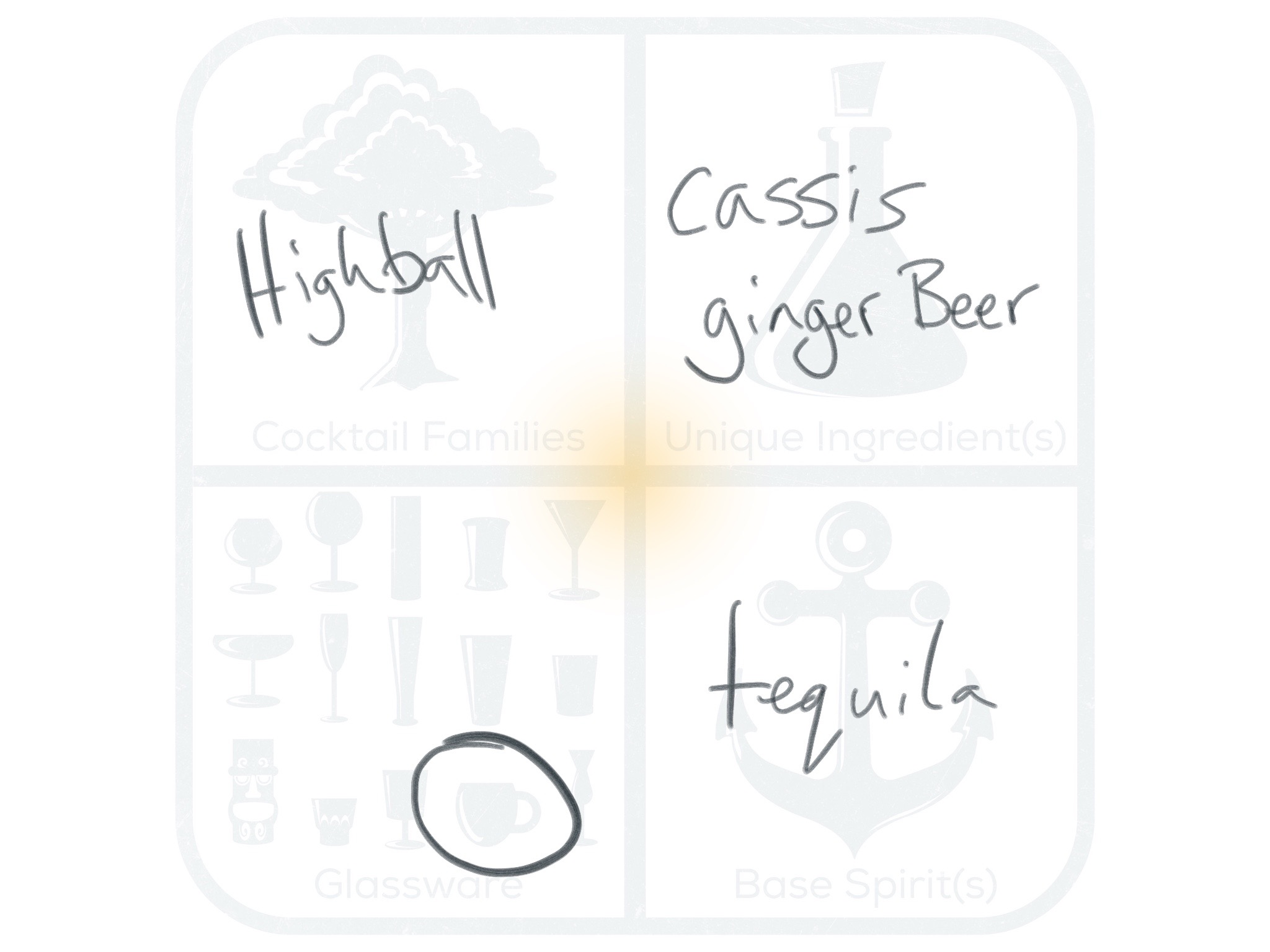
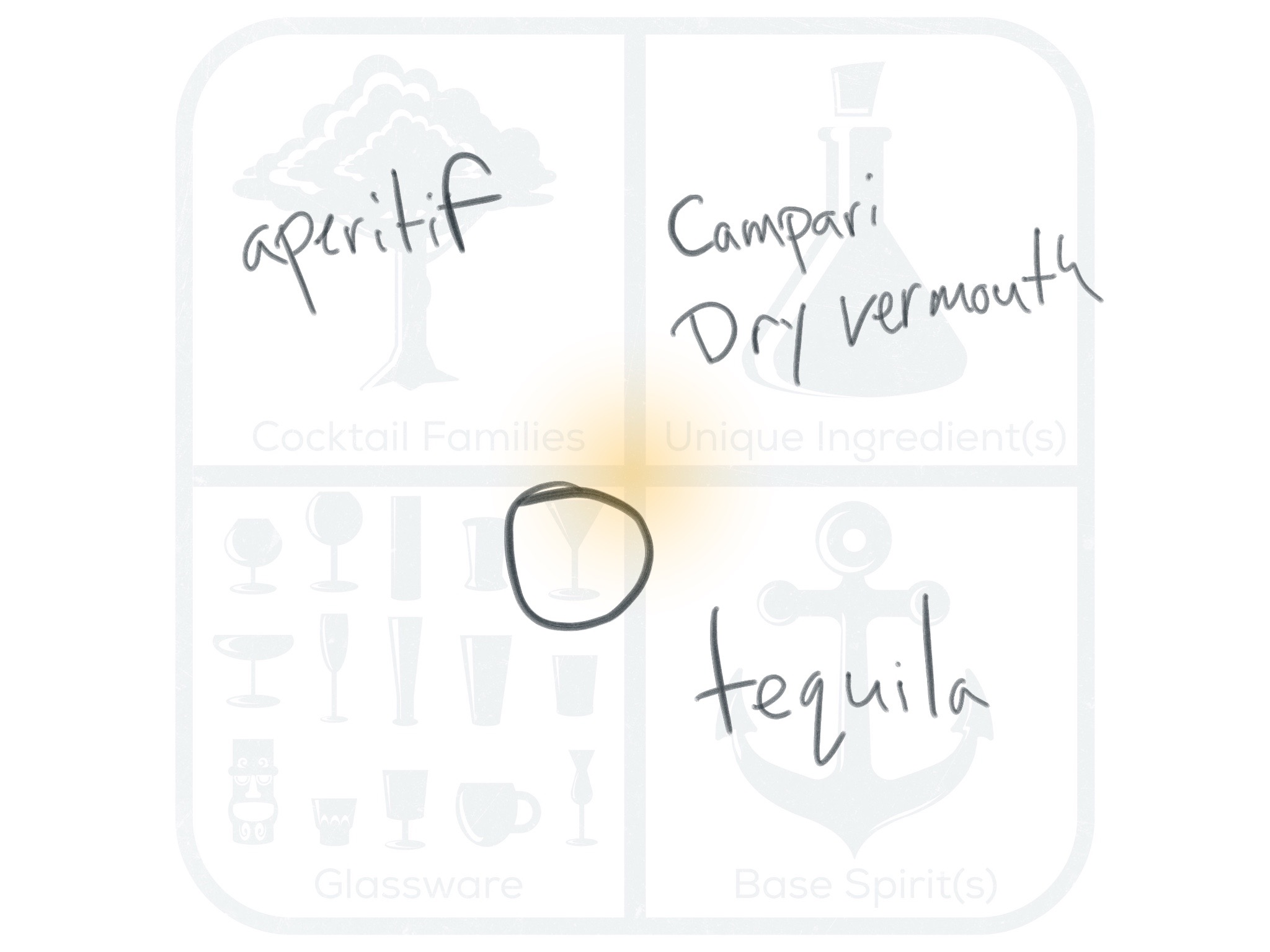
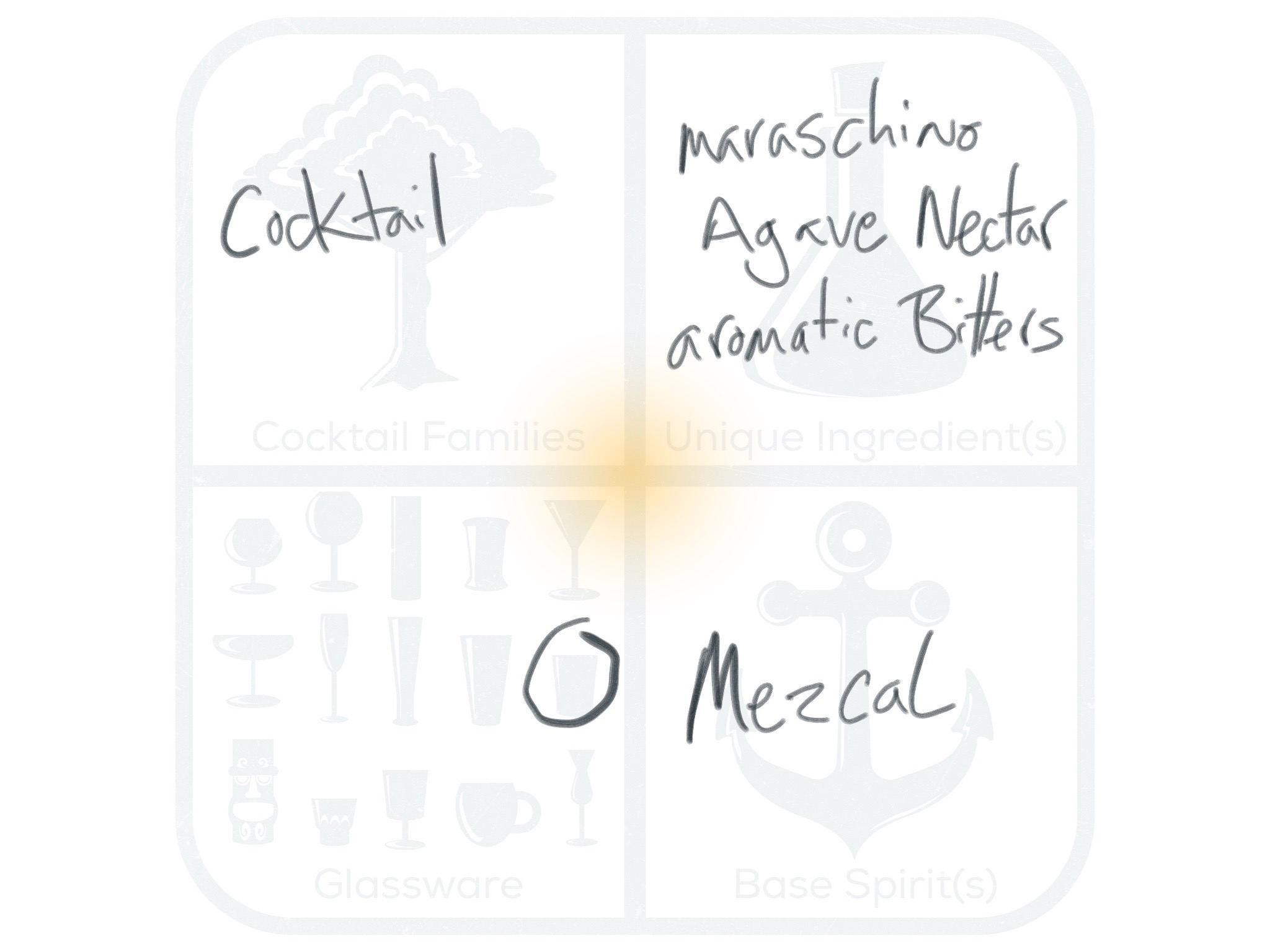


Whisk(e)y Cocktails



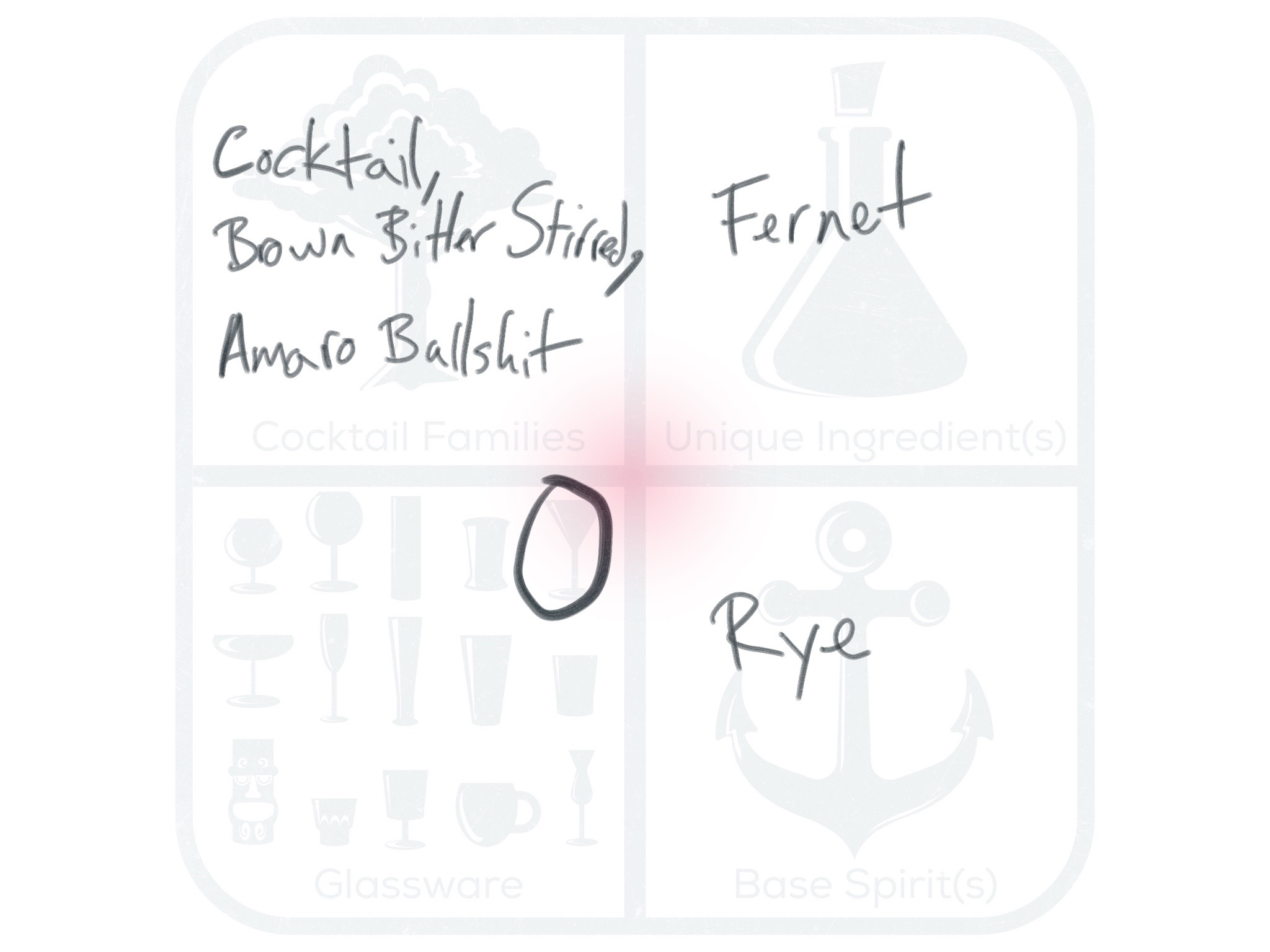
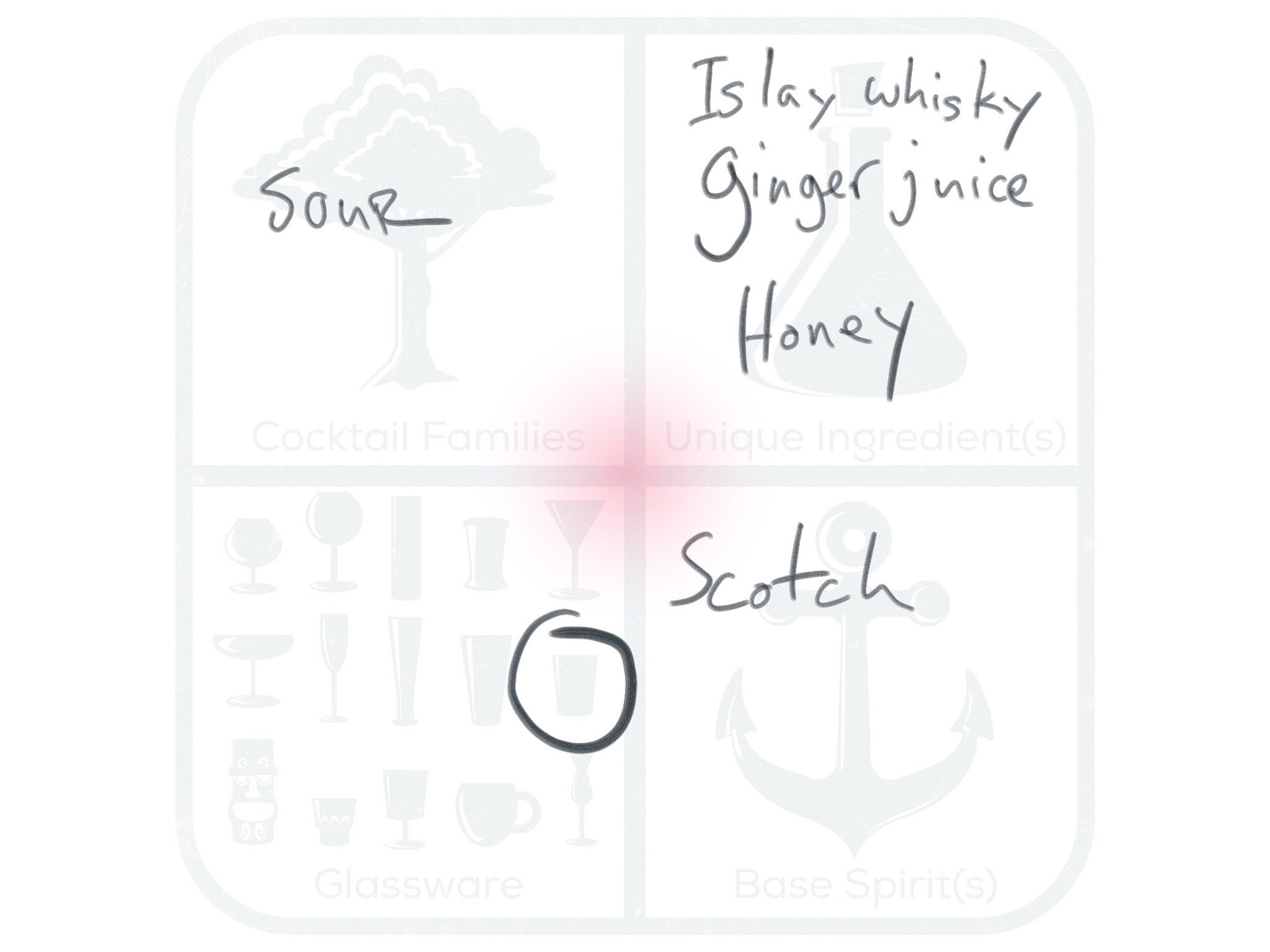
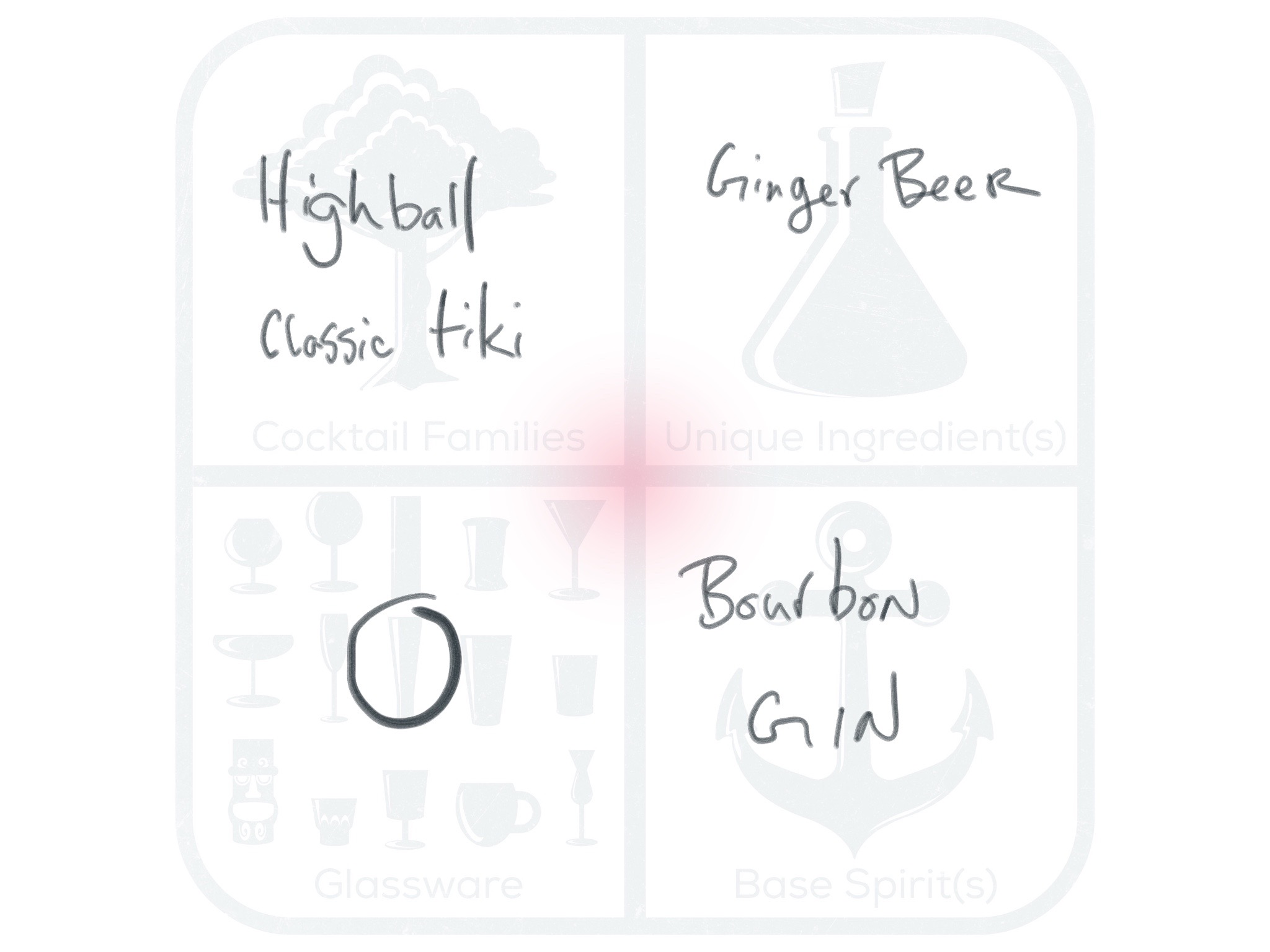
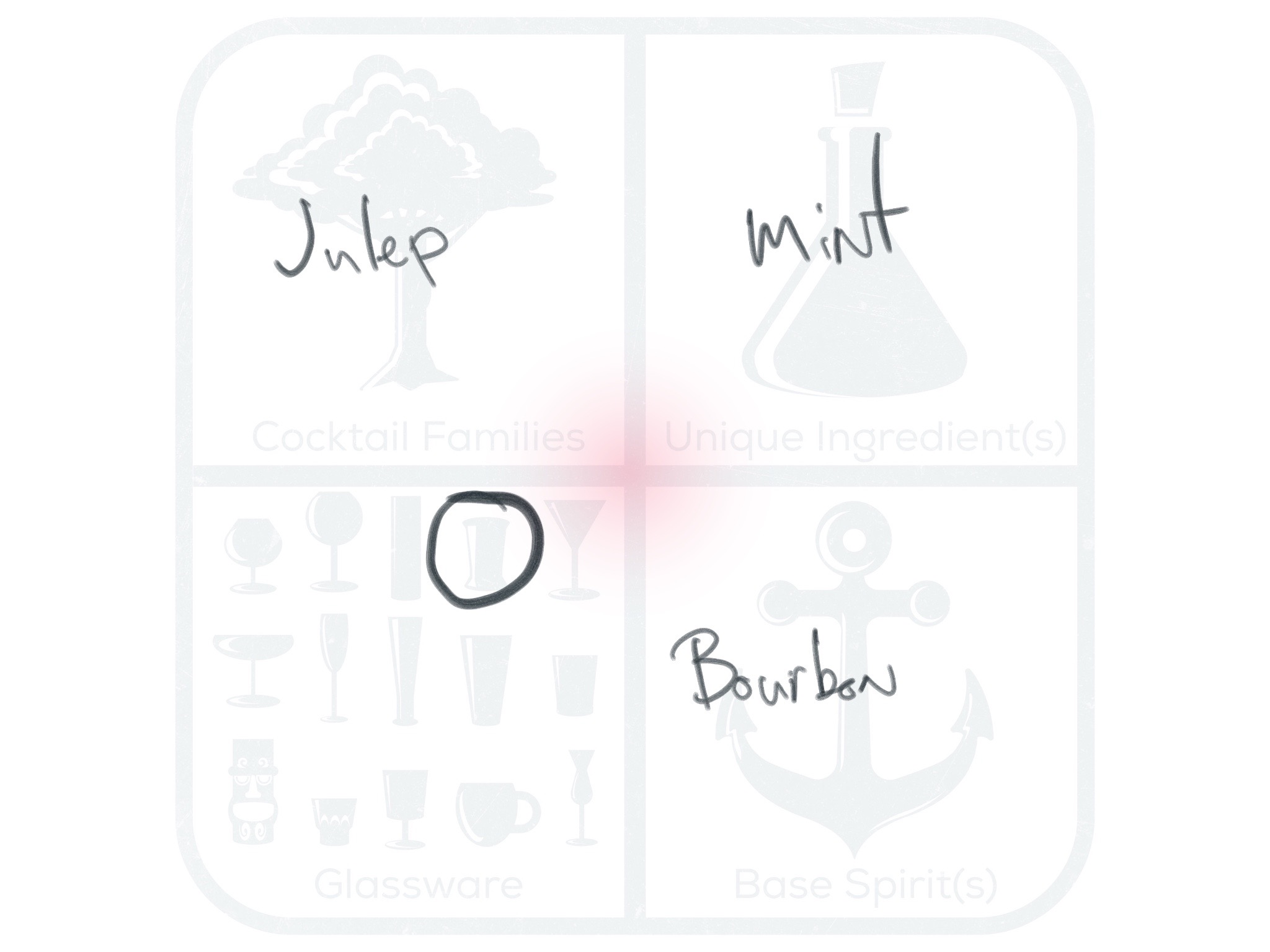

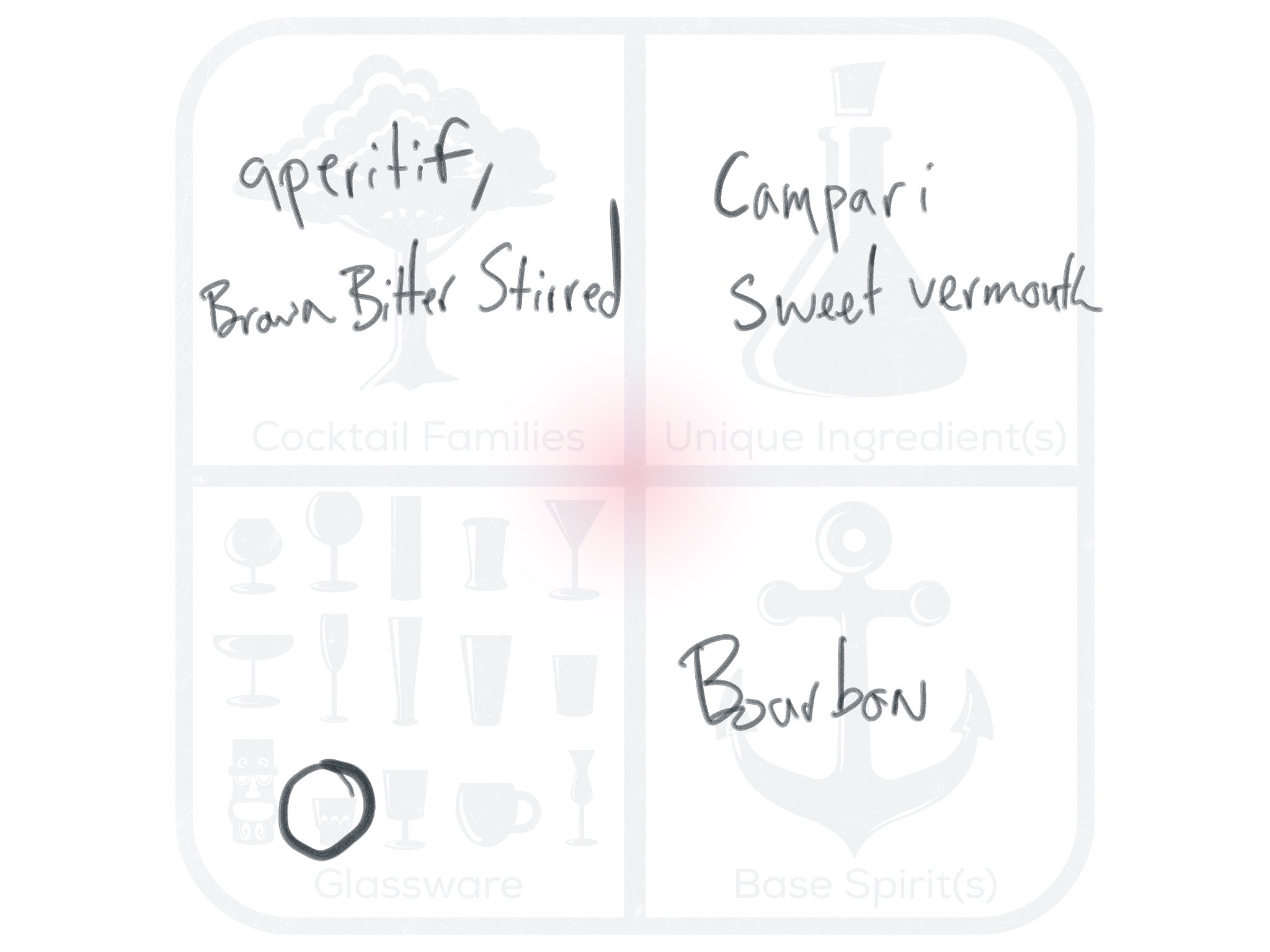
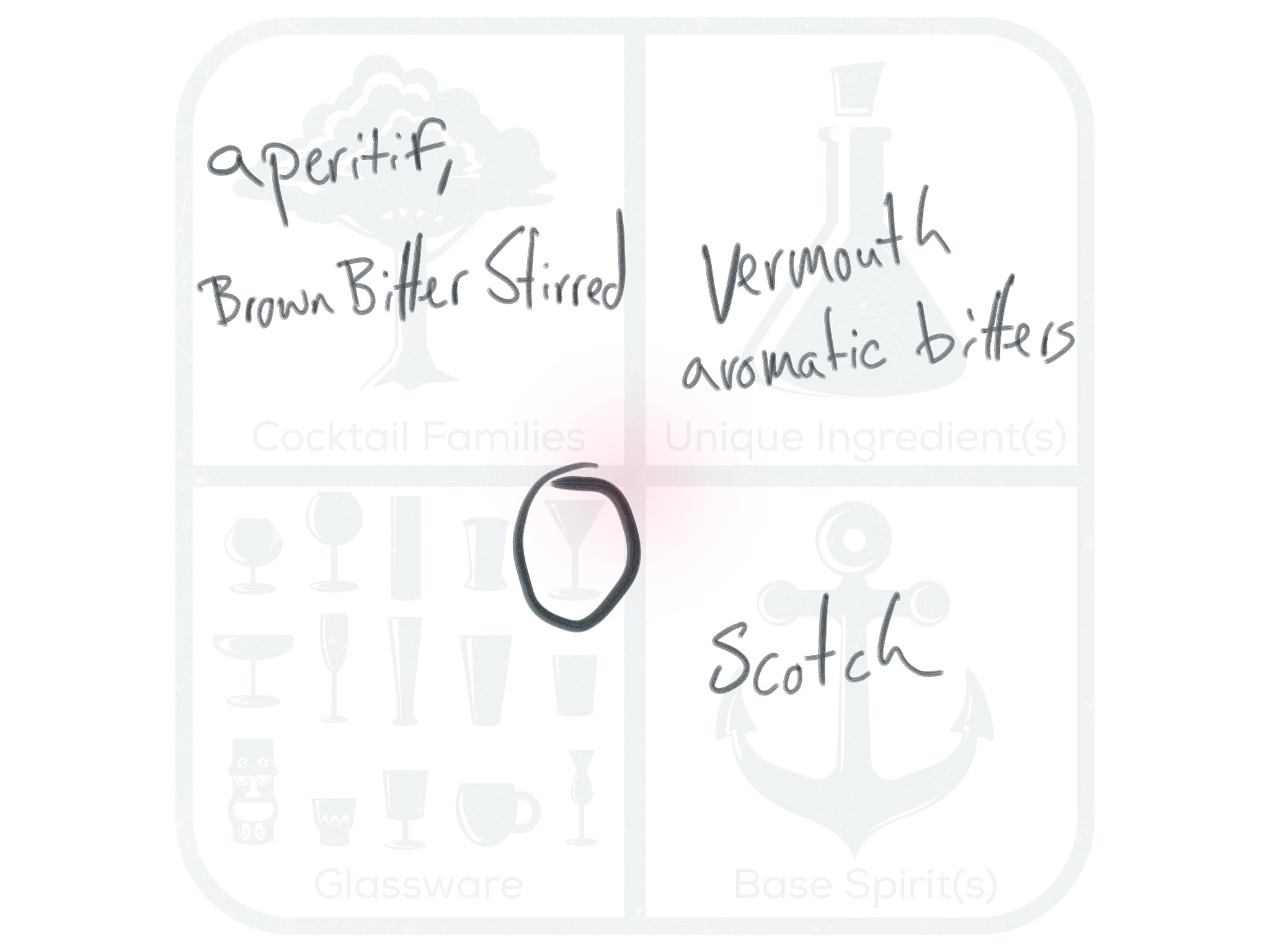
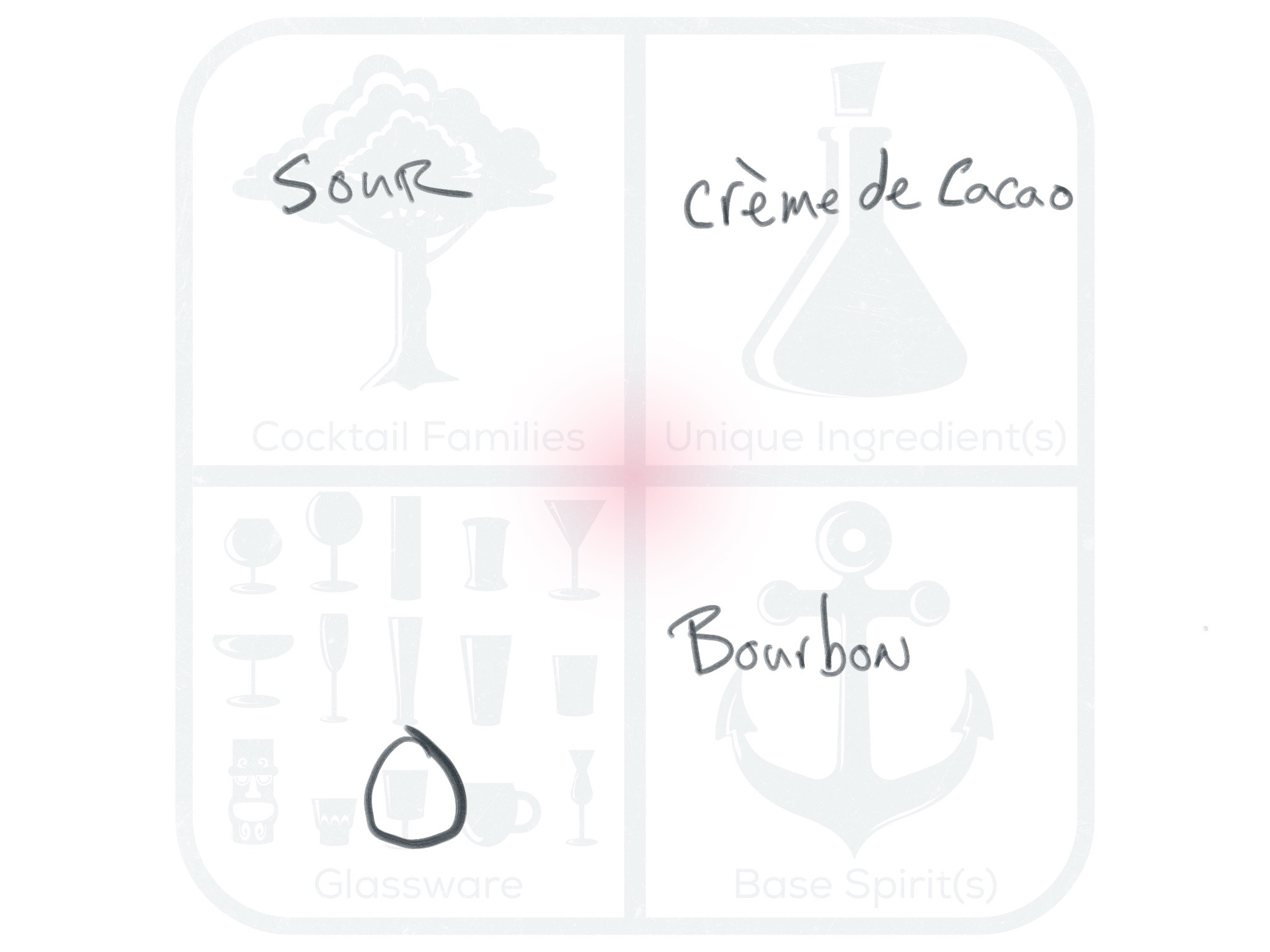
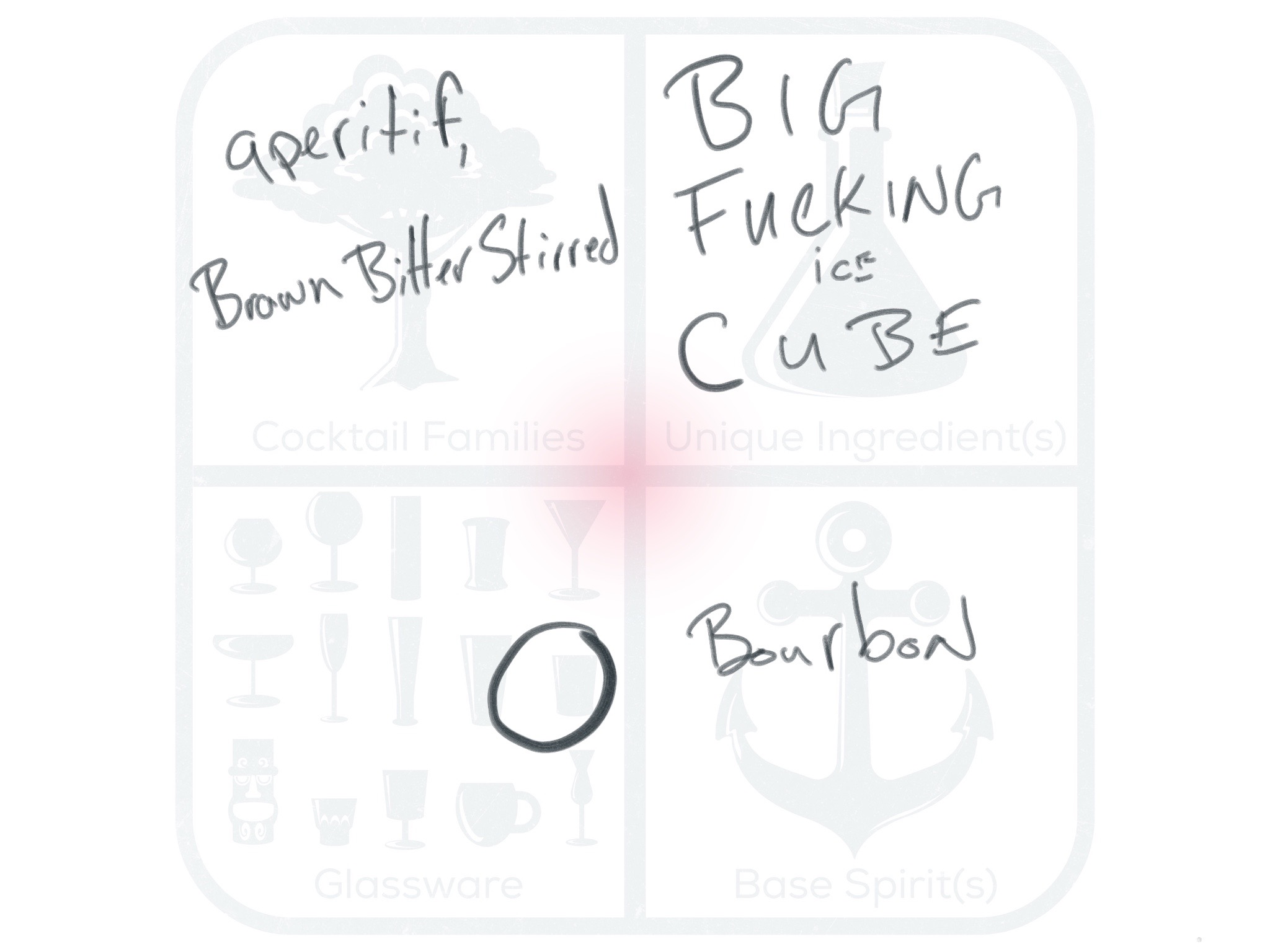
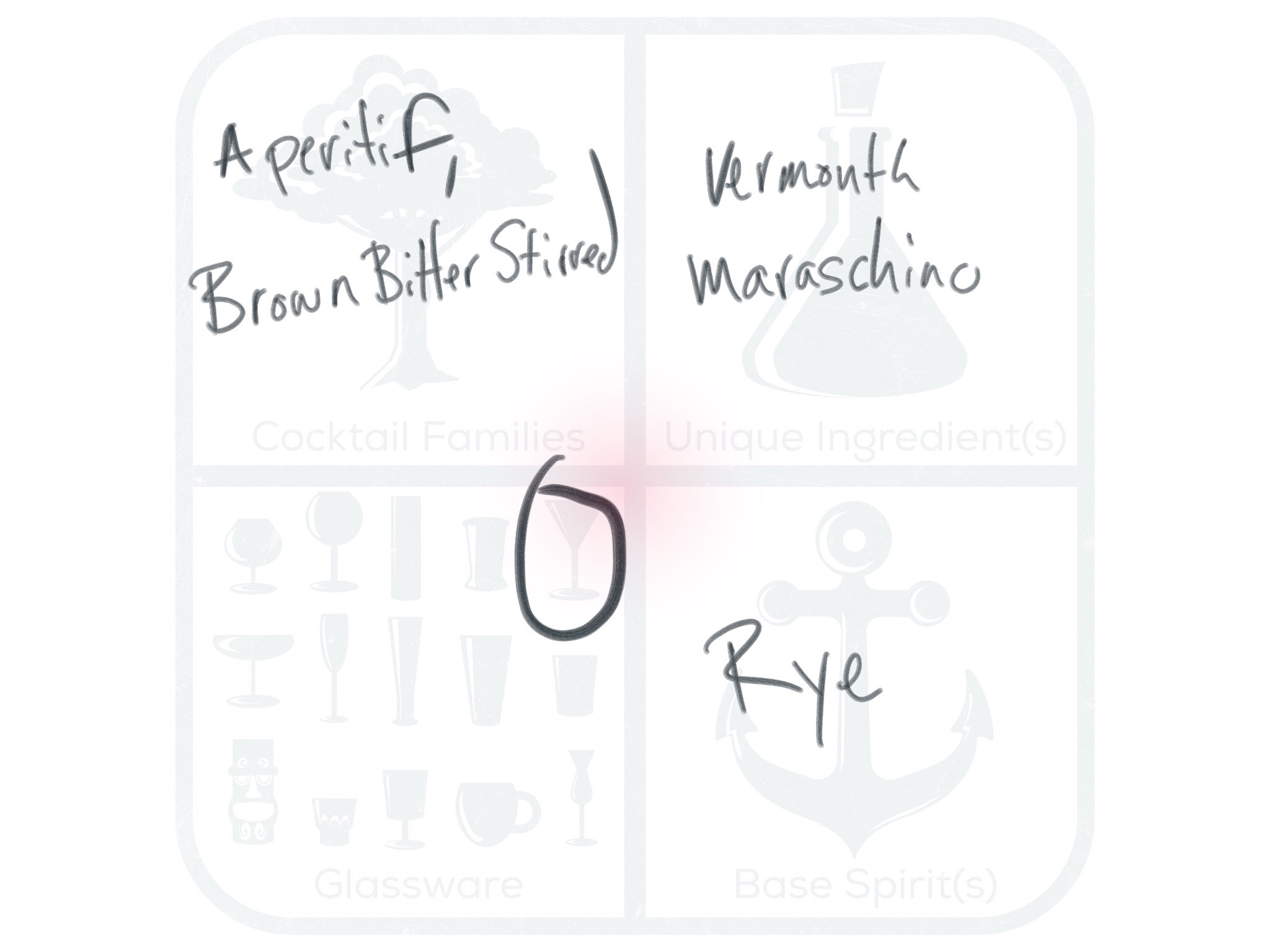
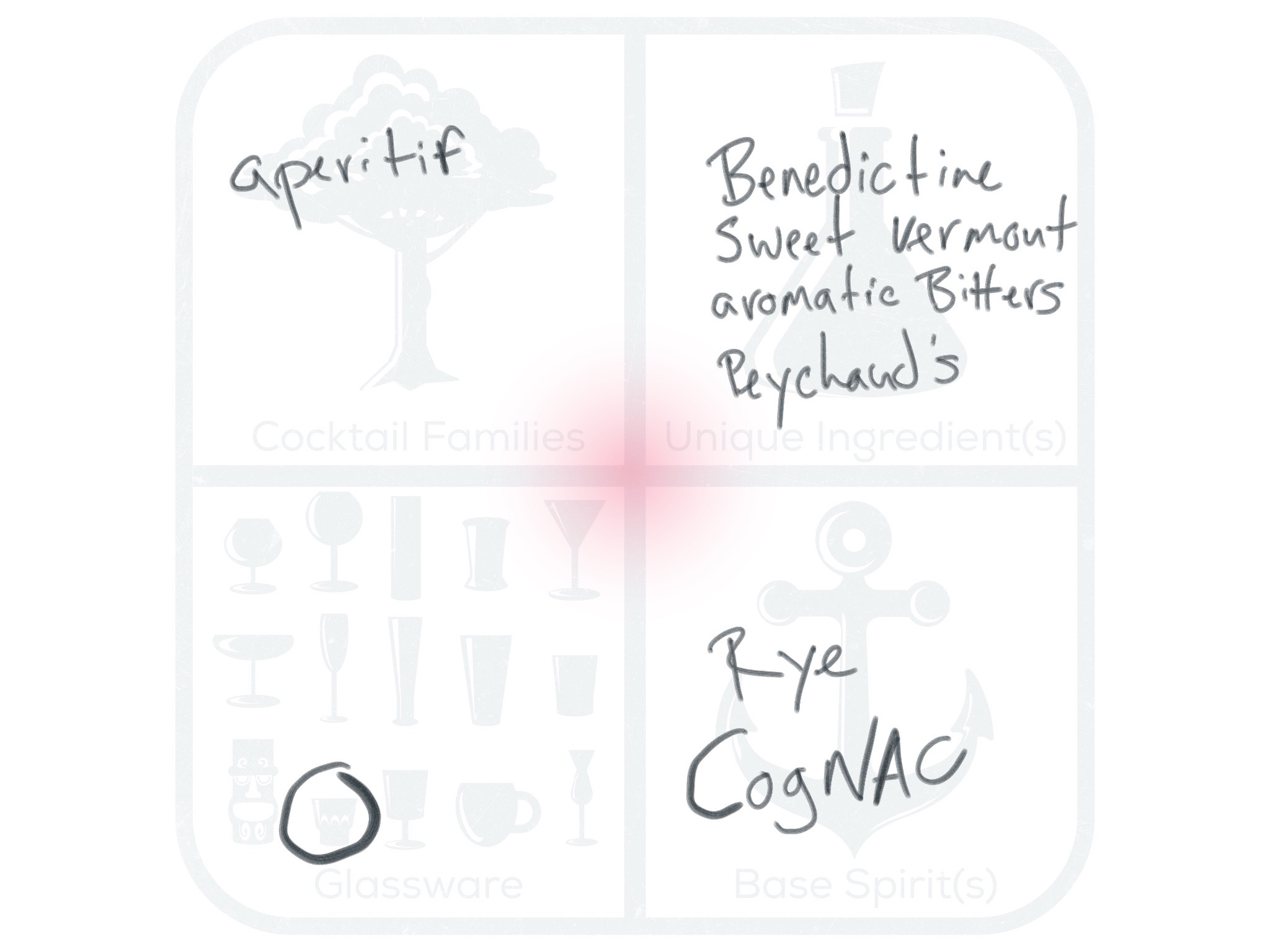
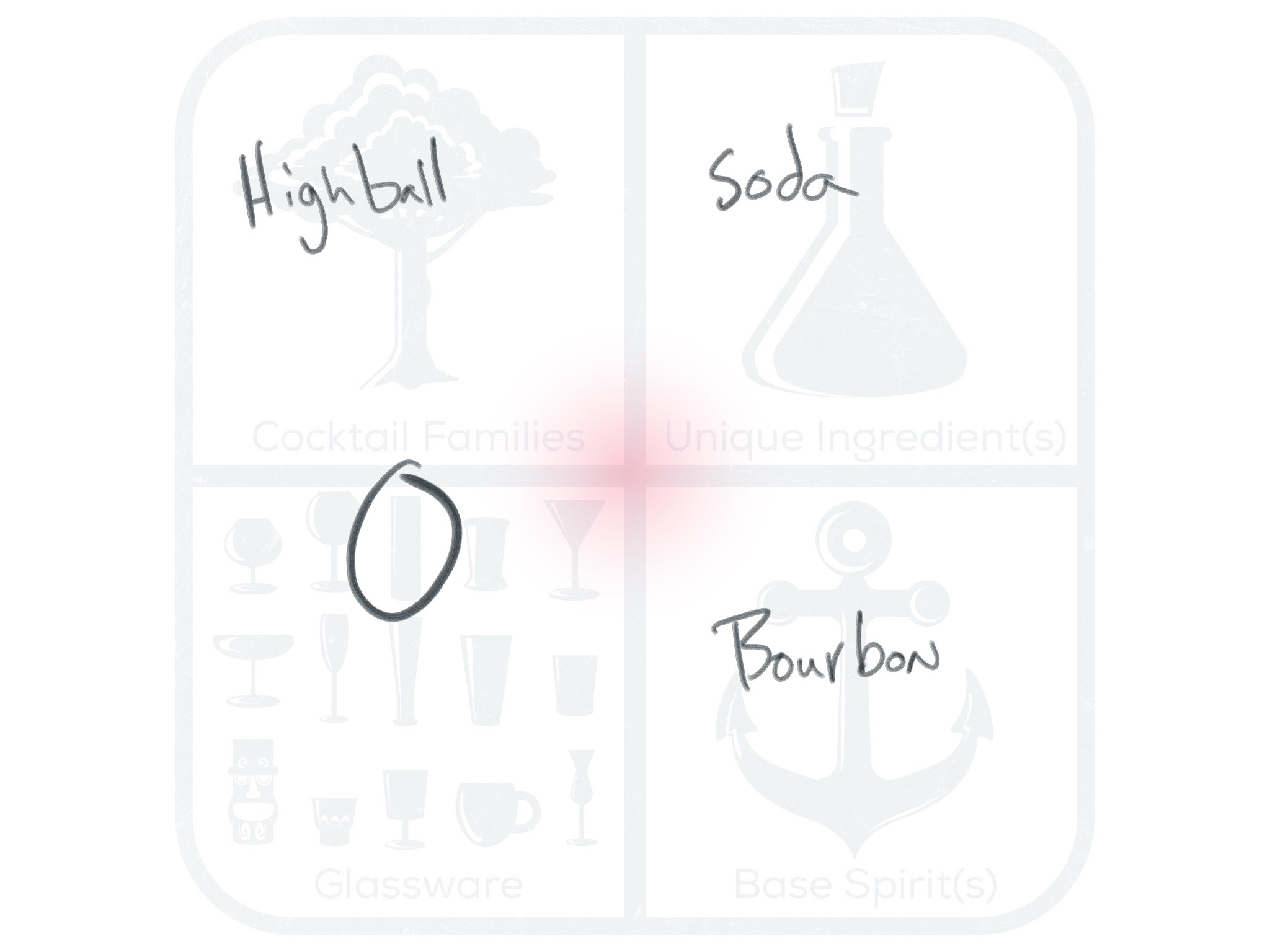
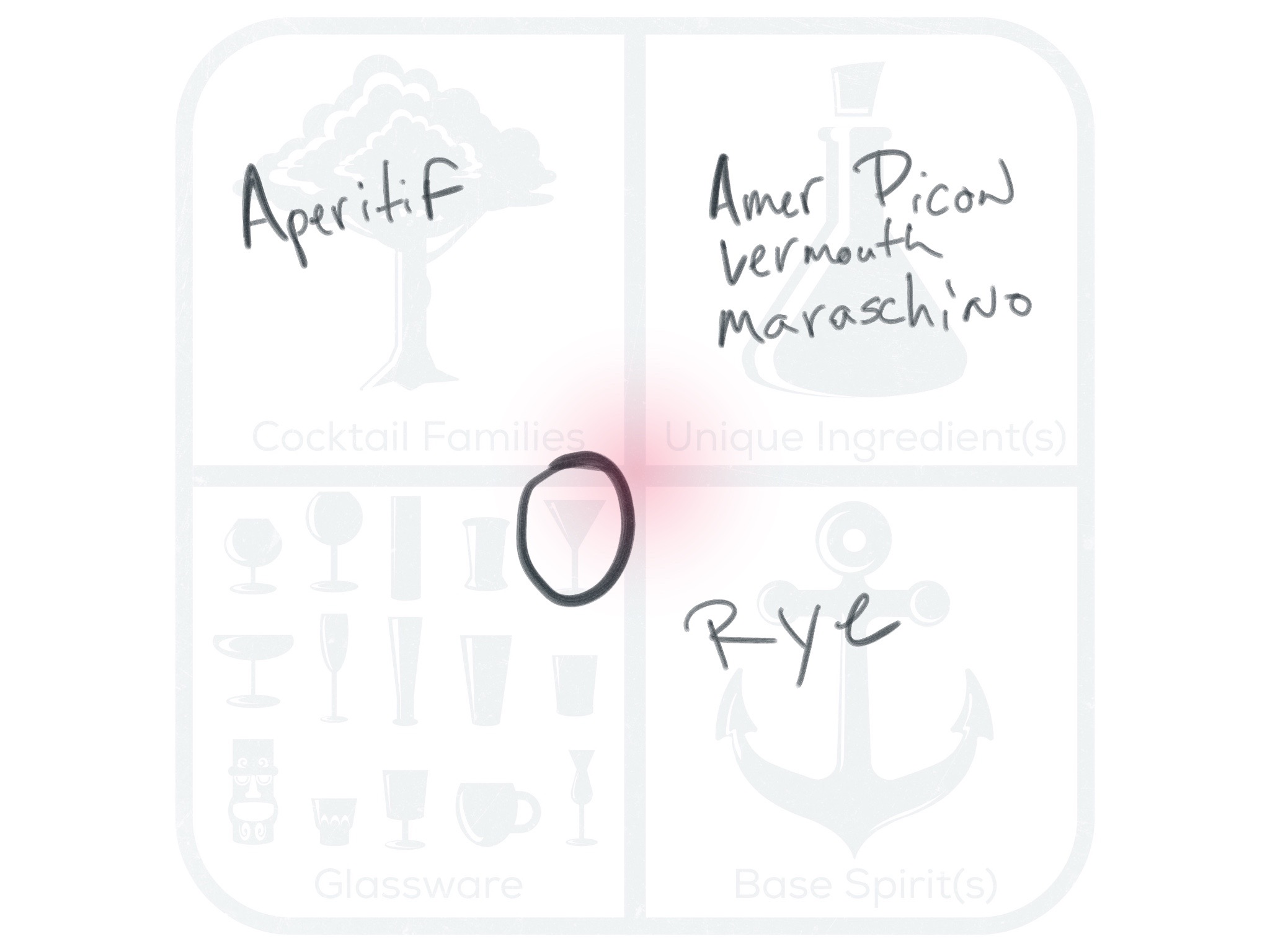
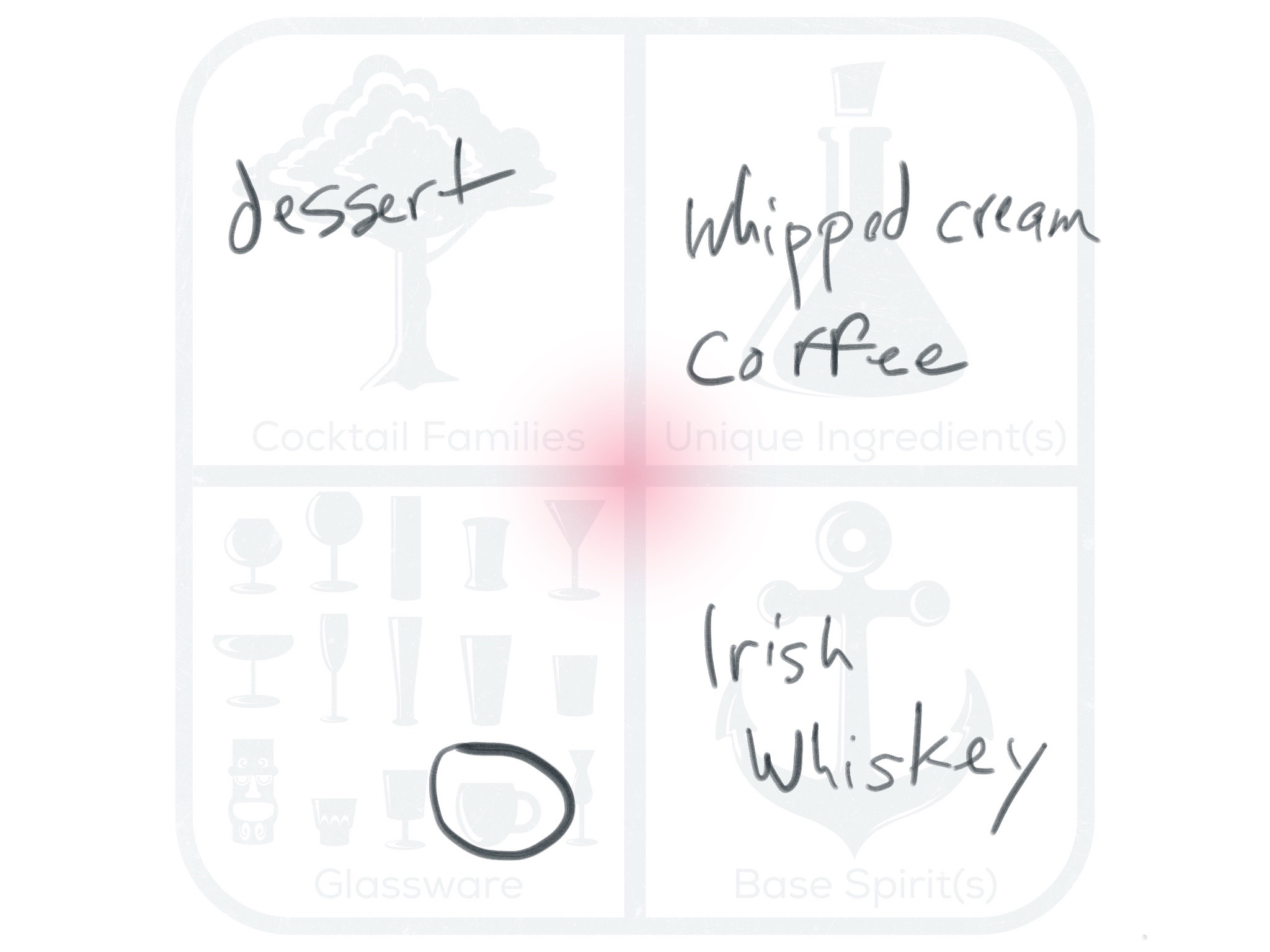
Brandy Cocktails
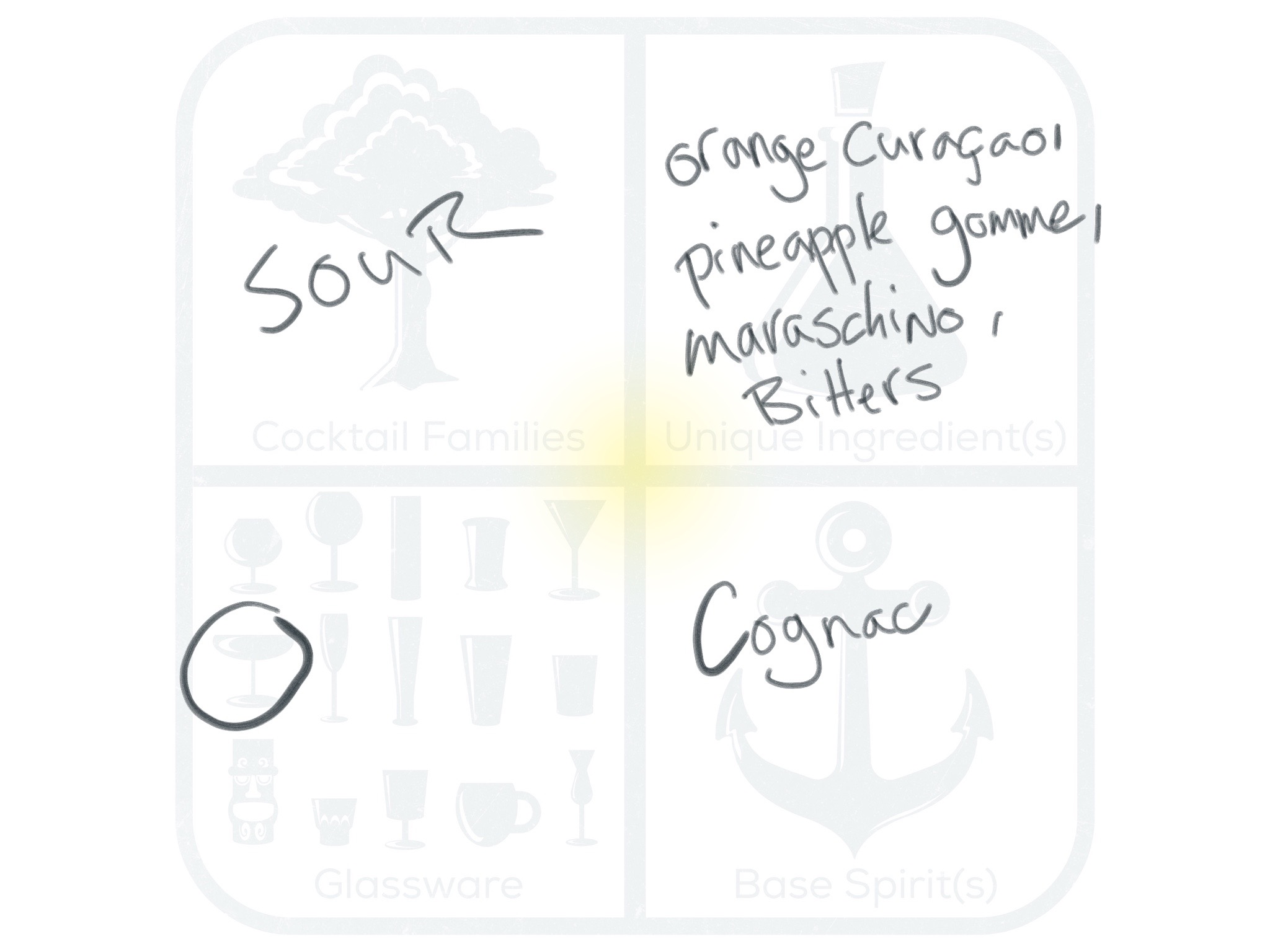
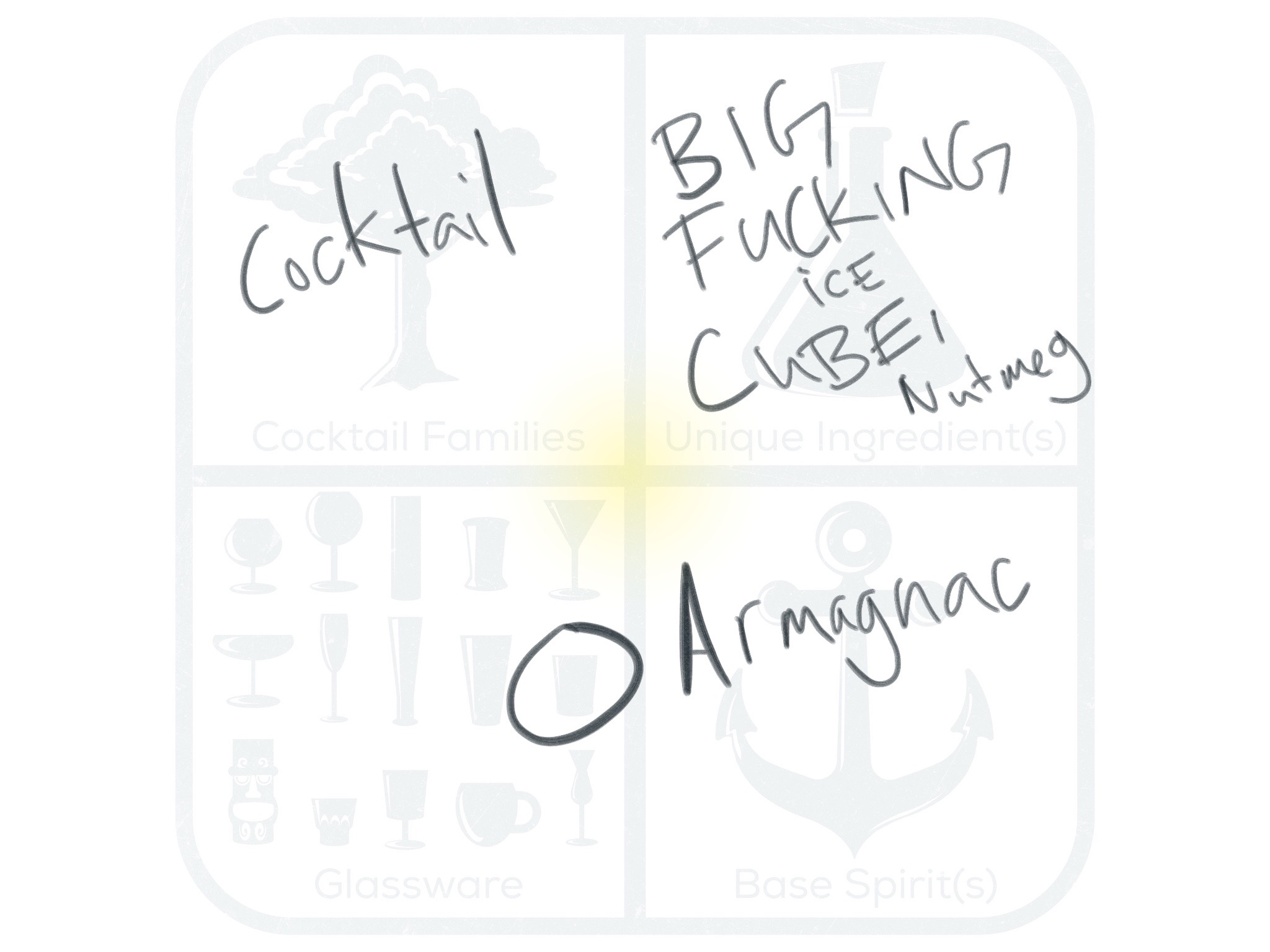
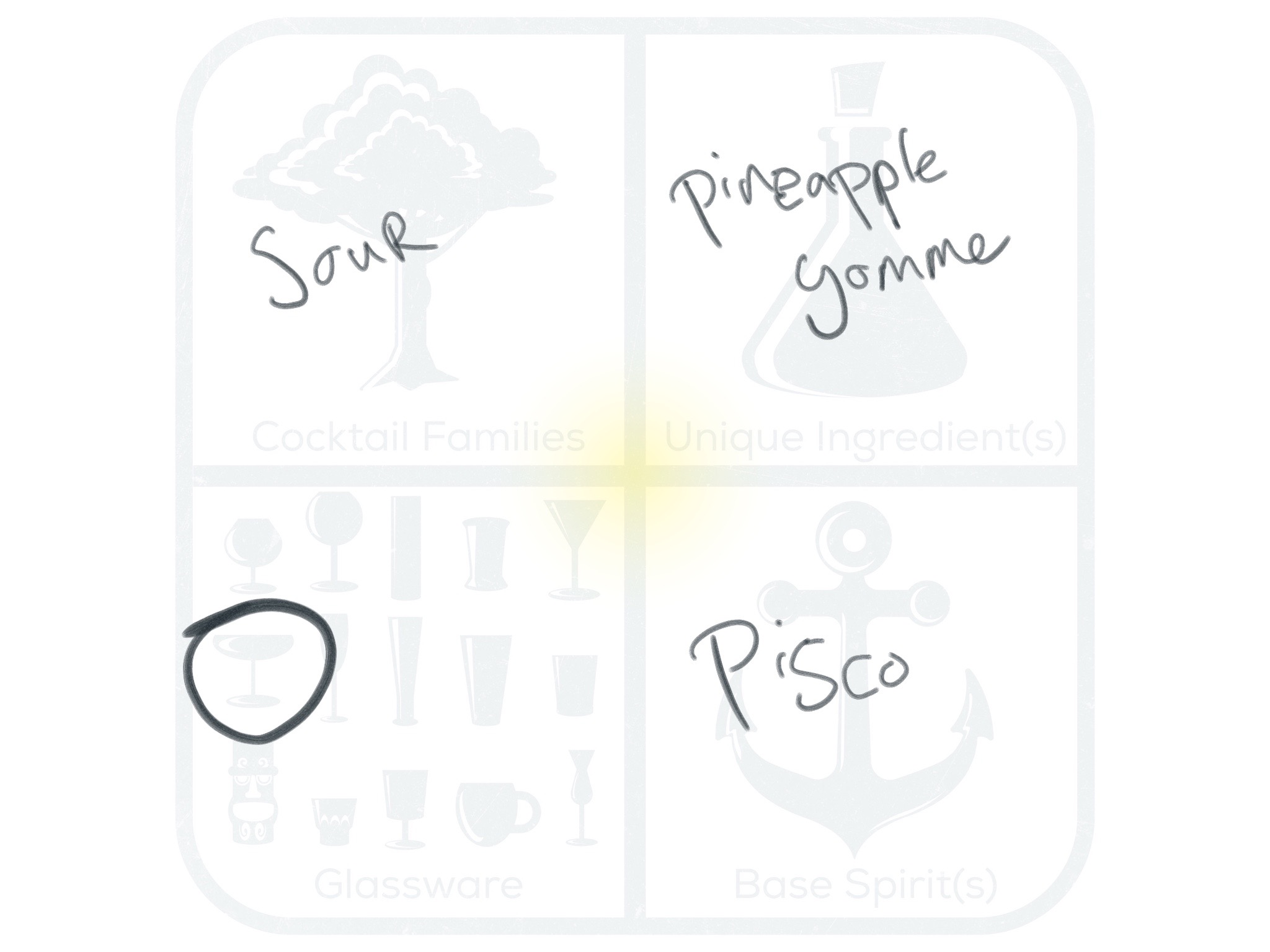
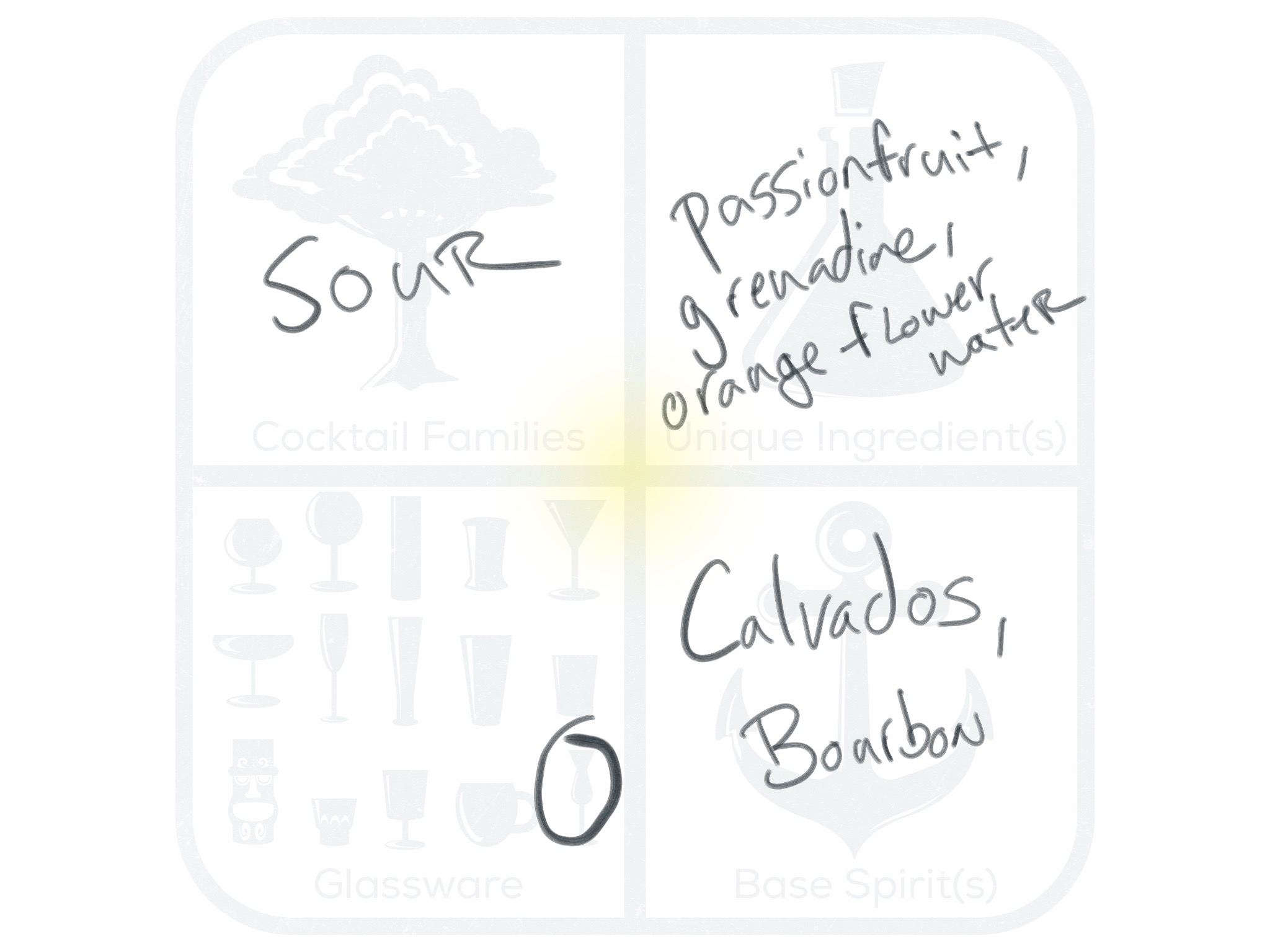
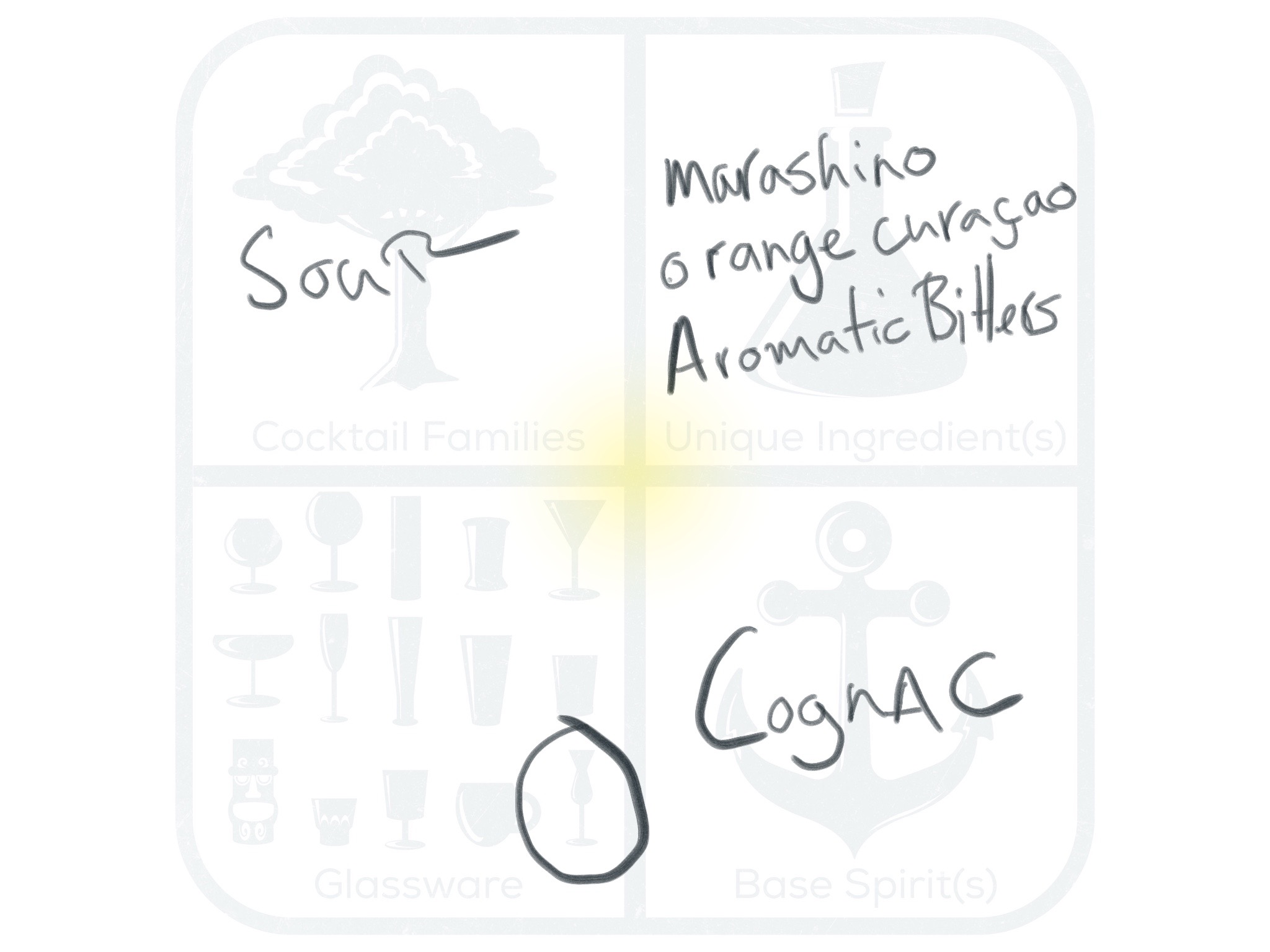
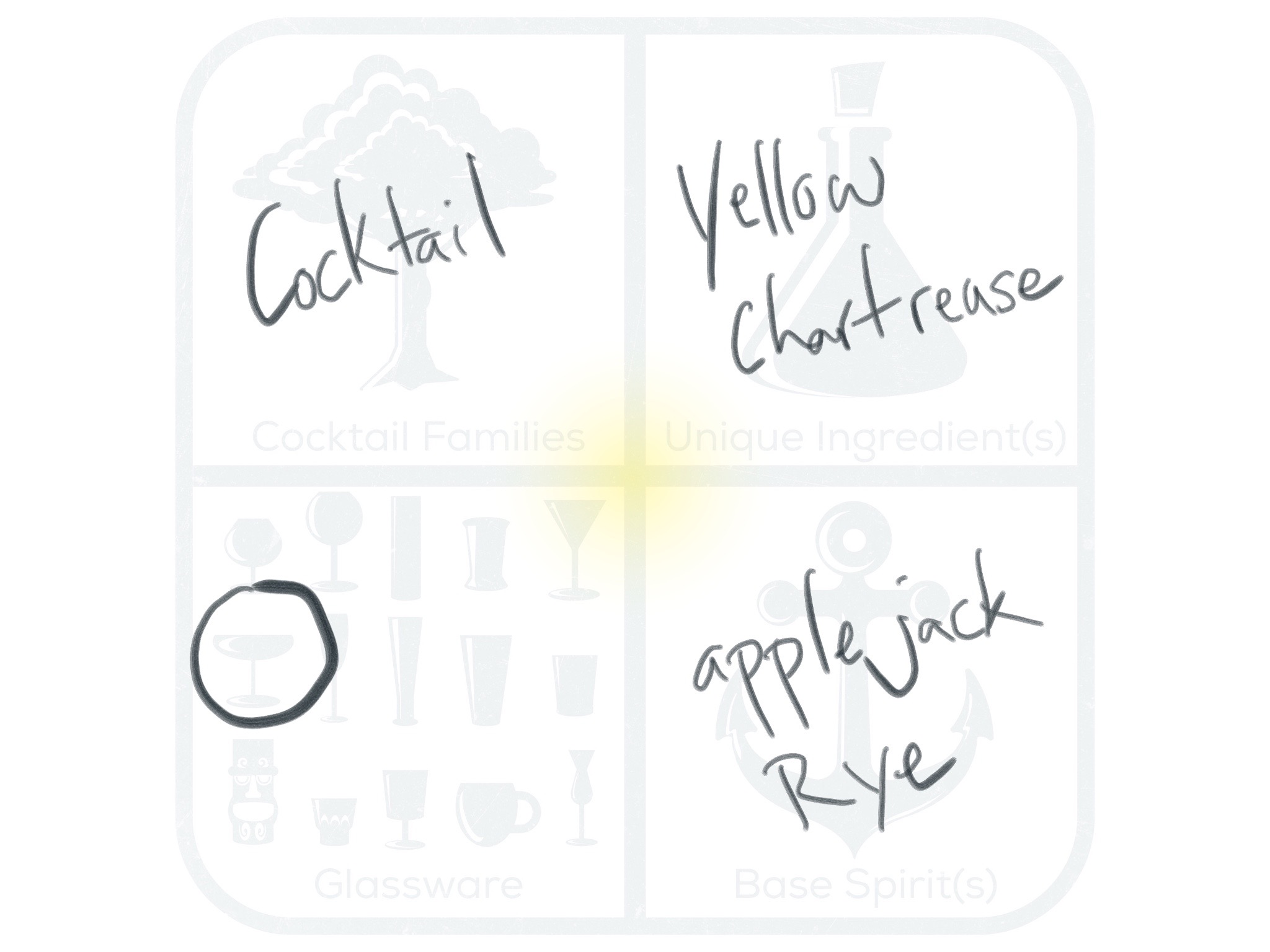
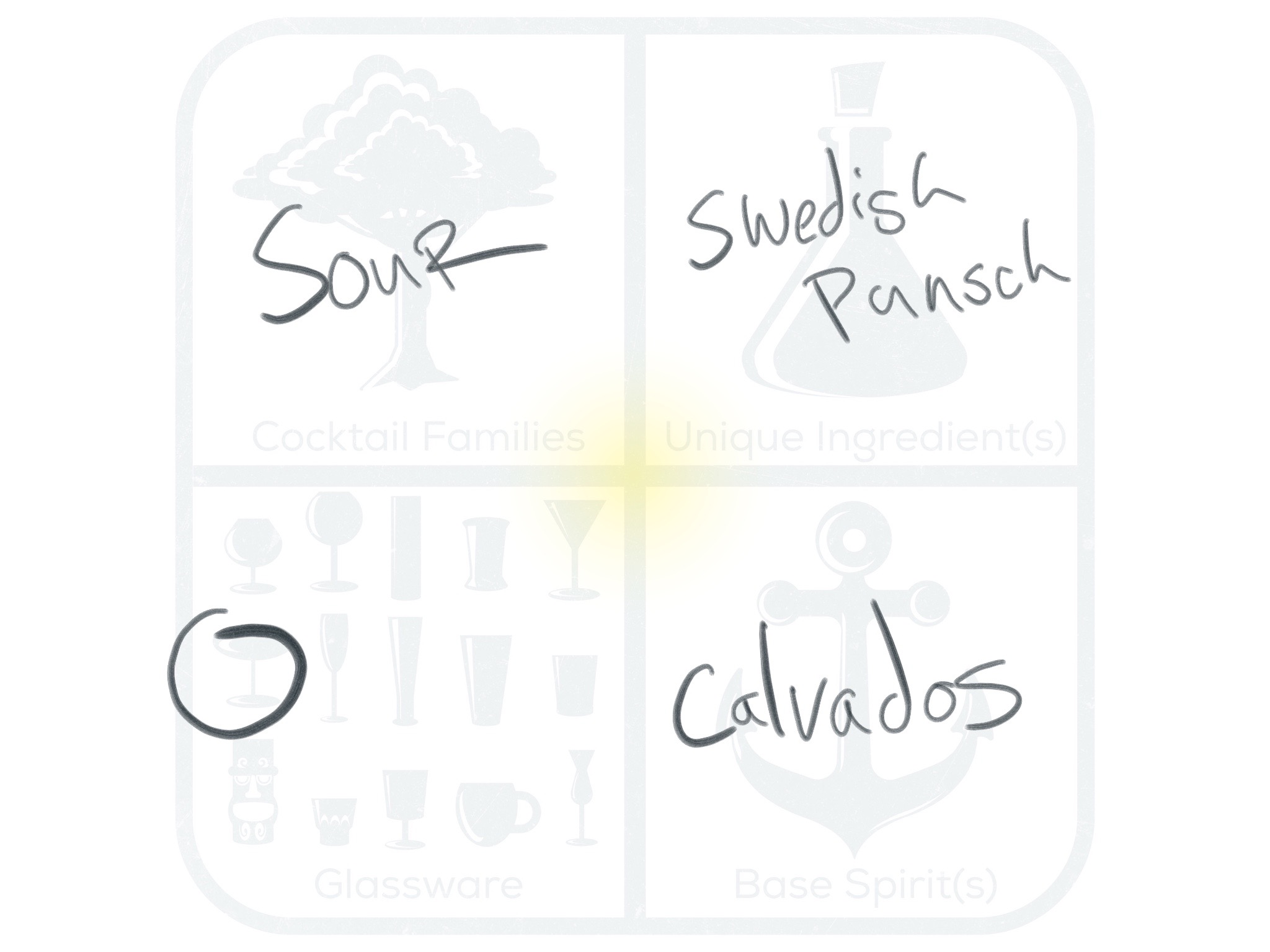
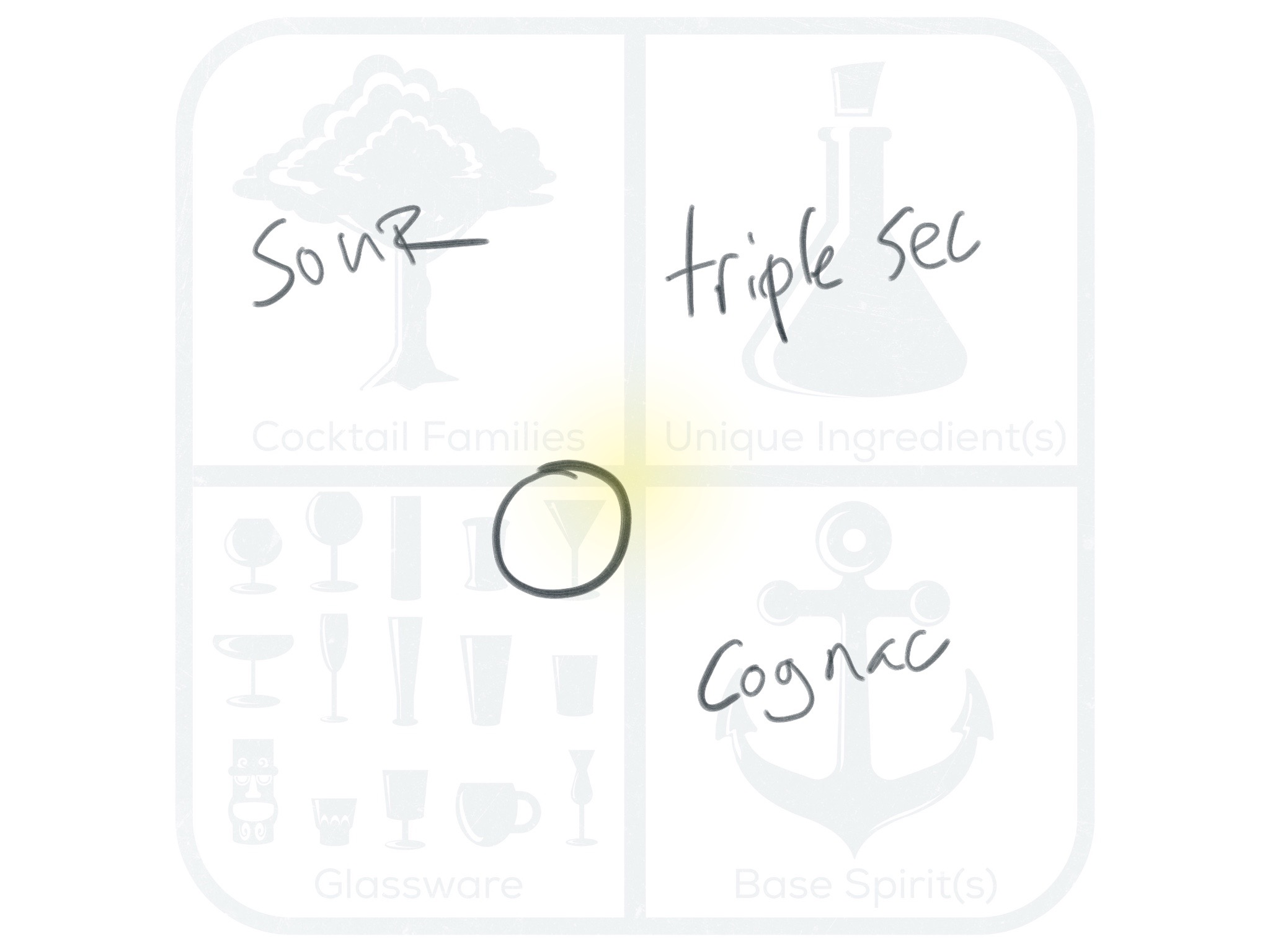

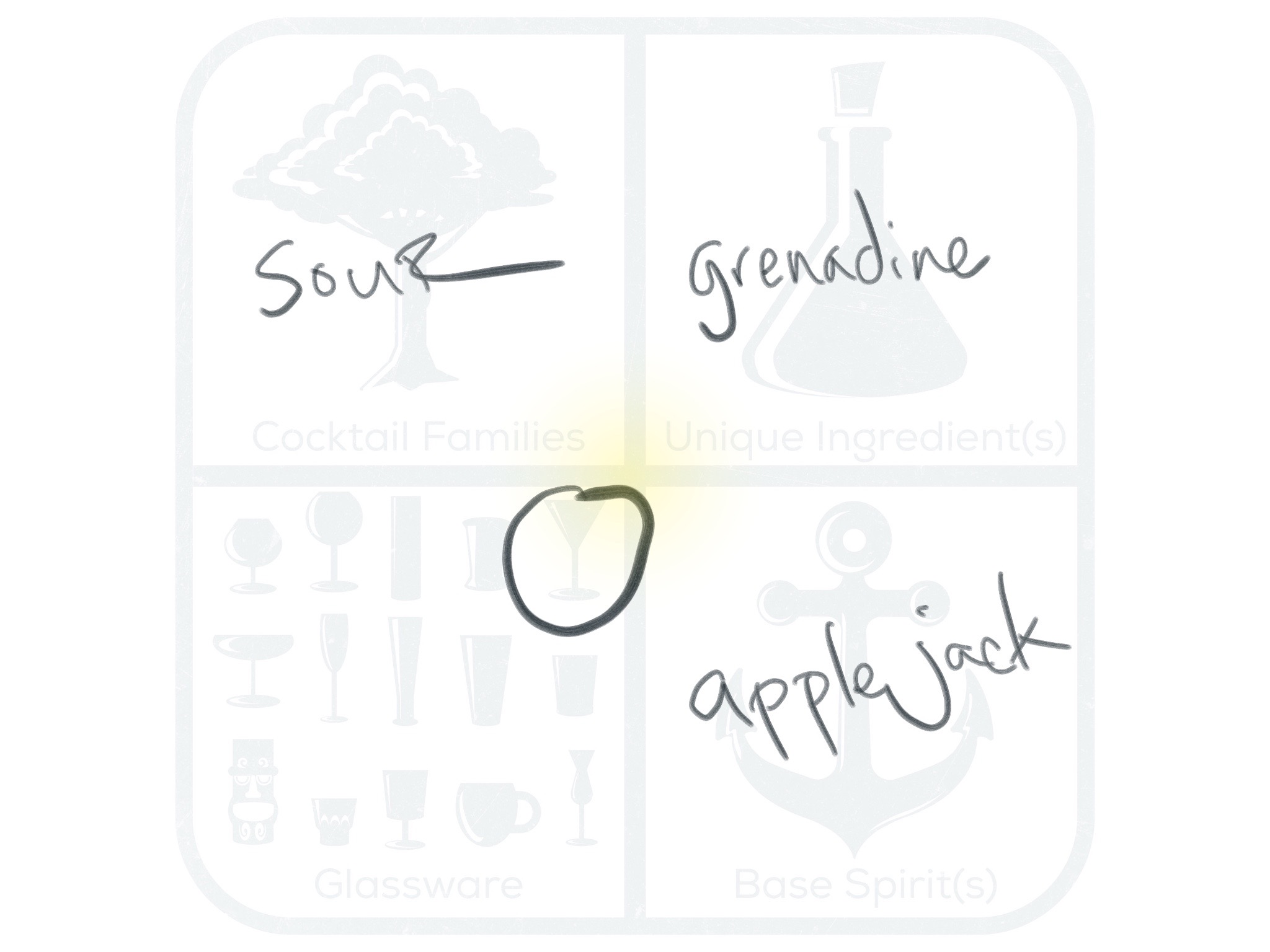
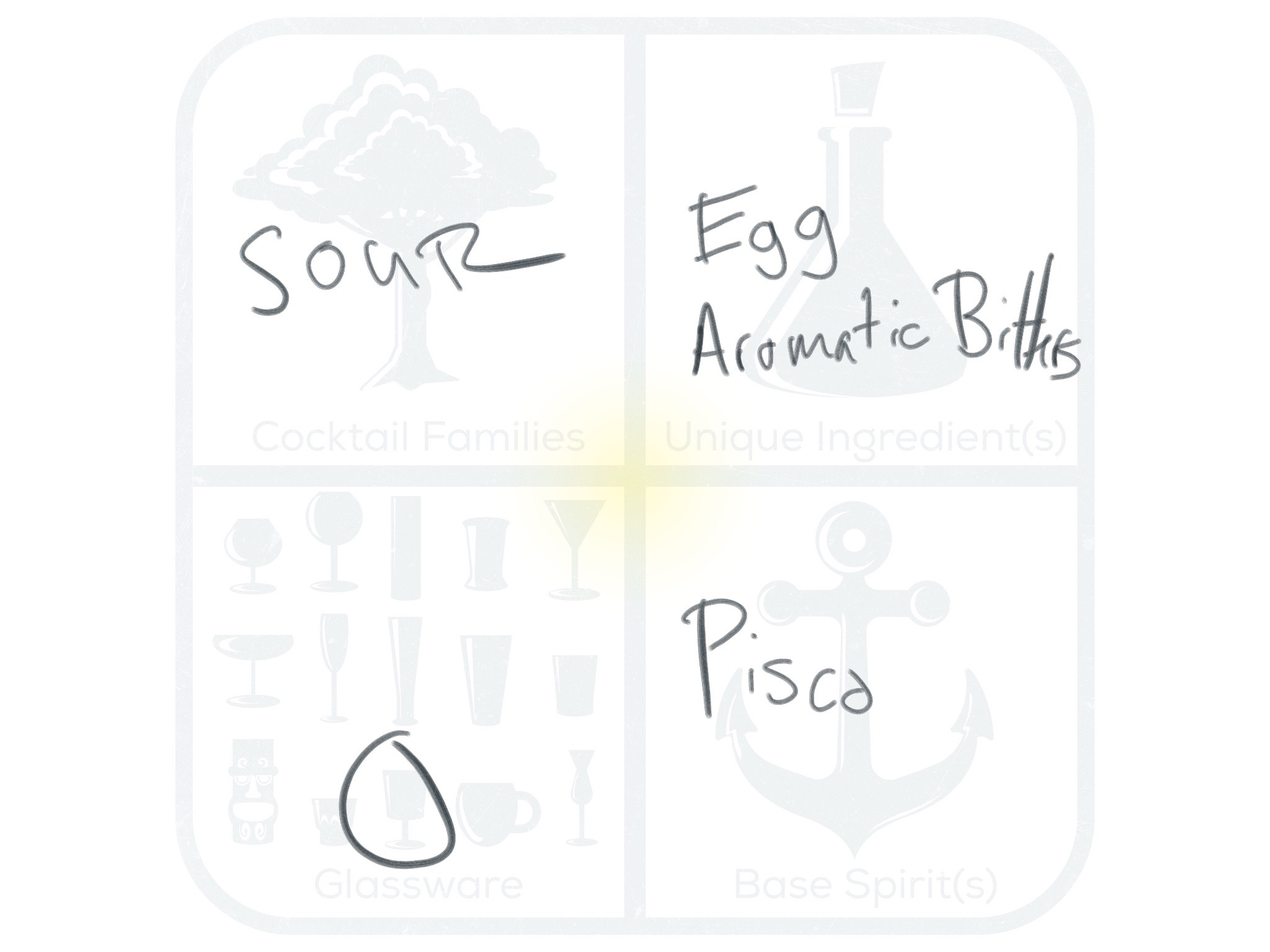
A few menus I might write using this sample set would be:
Aperitif Menu
Corpse Reviver No 2- in cocktail glass
Hemingway Daiquiri- in coupe
Rosita- on the rocks
Seelbach- in a flute
Bitter Sling with Armagnac- on a BFC
Ironic Menu as in, the opposite of what's expected
Genever Martinez- much flavor!
Batida- cachaça not in a caipirinha?
Armillita Chico- wait, some of the ingredients of a margarita, but not a margarita?
Blinker- how you gonna mix juice and whiskey?
Pisco Punch- outside of San Fransisco? I'm freaking out.
Poolside Bar
Cosmo- So good! WOOOOOO!
Rum Punch- MOAR, WOOOOOOOOO!
Vicious Virgin No 2- sex **giggle** WOOOOOOOOO!
Avenue- I don't know, it's whiskey but it's still fruity WOOOOOOO!
Jack Rose- It's named for a flower maybe WOOOOOOOO!
Dessert Menu
Clover Club- made with Lingonberry Reduction
Corn & Oil- served with scoop of Madagascar Vanilla Bean Ice Cream
Shot of Mezcal- with Sal de Gusano and Candied Orange Slices
Irish Coffee- with fresh whipped cream of course
Diamondback- on Hand-Carved Ice
You get the point. Obviously, this would be easier when mixing in house cocktails or more modern inventions. These foundational cocktails almost all call for "cocktail glasses." Also, in their original printings, many of them would have been part of cocktail families that are now somewhat defunct— like "bracers," a cocktail to be taken in the morning. But when you look at this problem through a modern lens, with new ingredients, centuries old baking projects like egg nogs, mid century tiki, or the hits from the cocktail renaissance then you'll find that creating a dynamic menu this way becomes much more easy.
For example, here is a video of me using this technique on a few of my old menus from MistralKitchen.
Love this idea? Then you should hire me to give a workshop to your staff.
If you really like it and you are a bartender, email me and I'll give you a copy of the PDF so you can make your own coasters, because I didn't get into the writing to sell coasters. But you can buy me a drink next time I'm at your bar.
If you really like it and you are brand/company, c'mon, just don't steal my shit without giving me credit. I mean, I have a lot of intellectual property lawyer friends, really, I do.
And if you just think it's moderately interesting, tell a friend, and tune back in later for something less heady, more funny and probably more entertaining.



